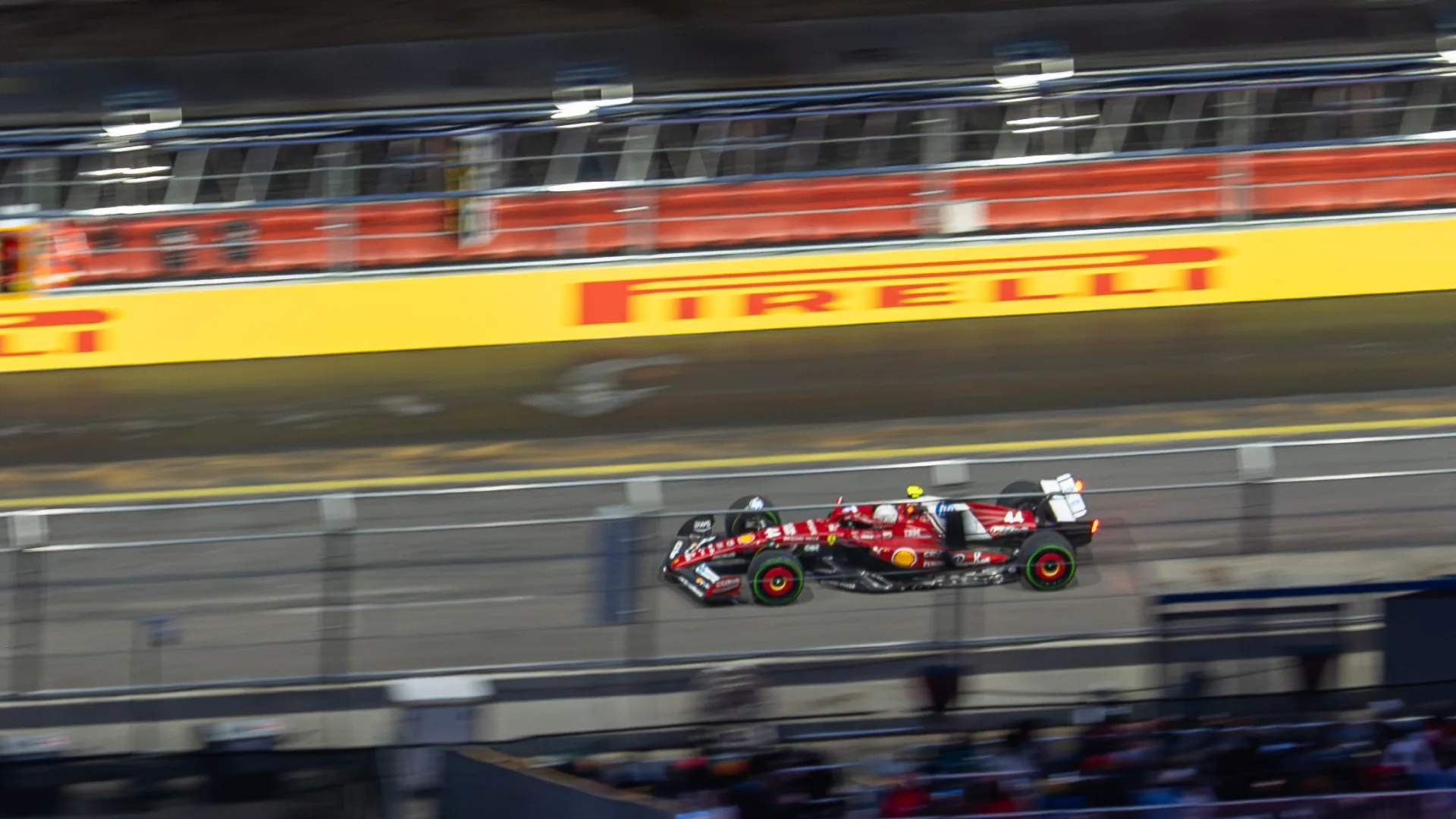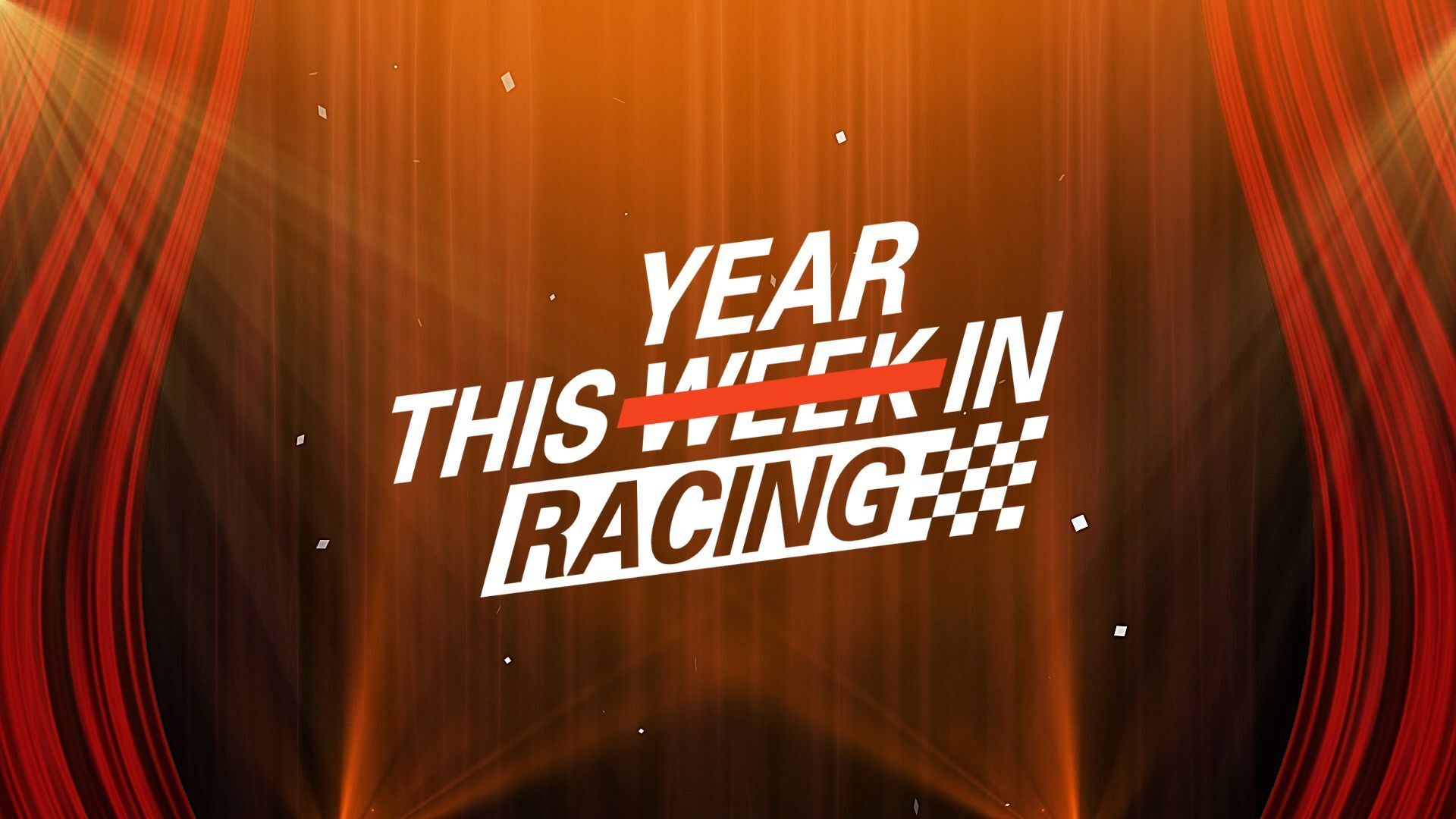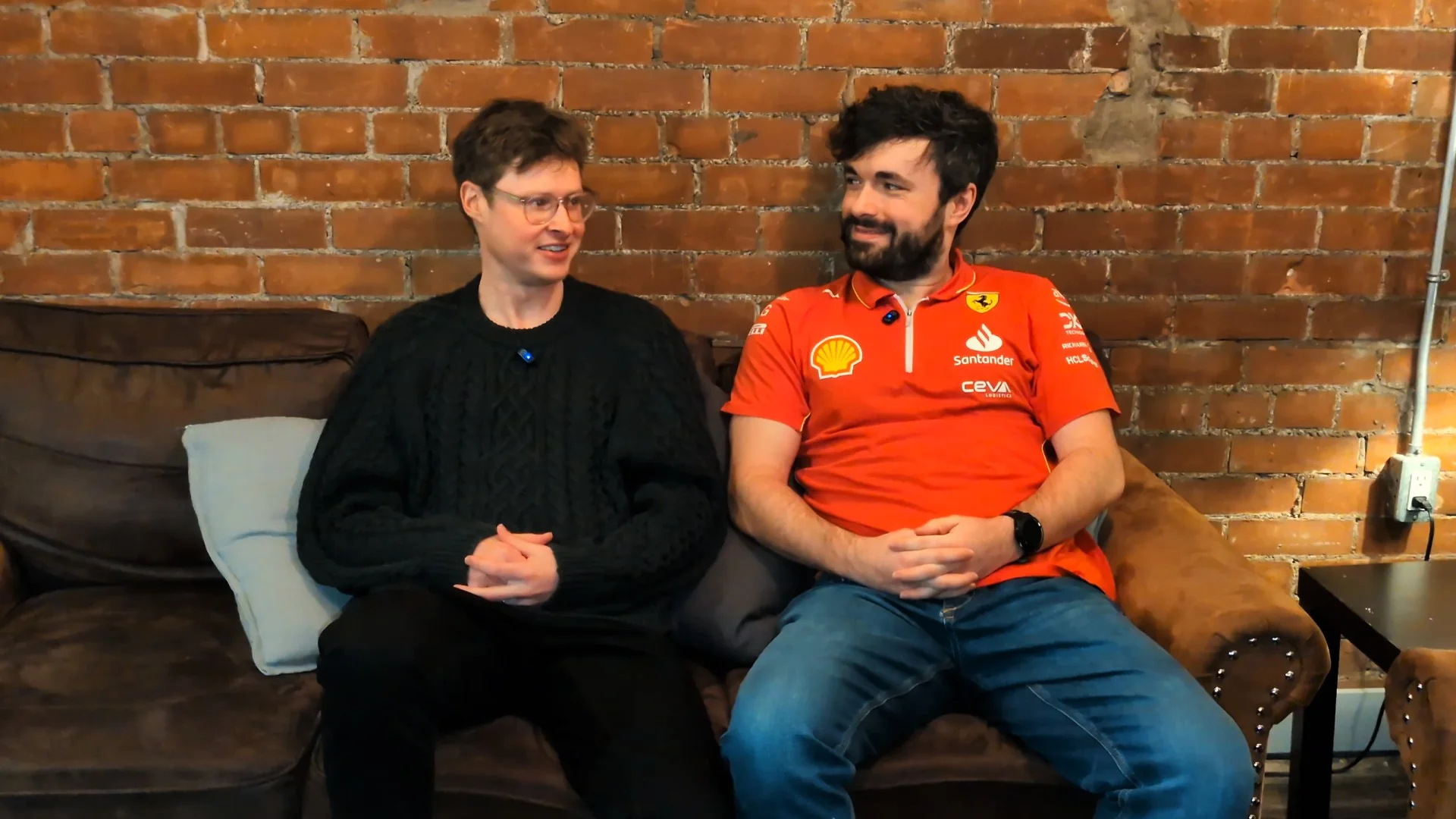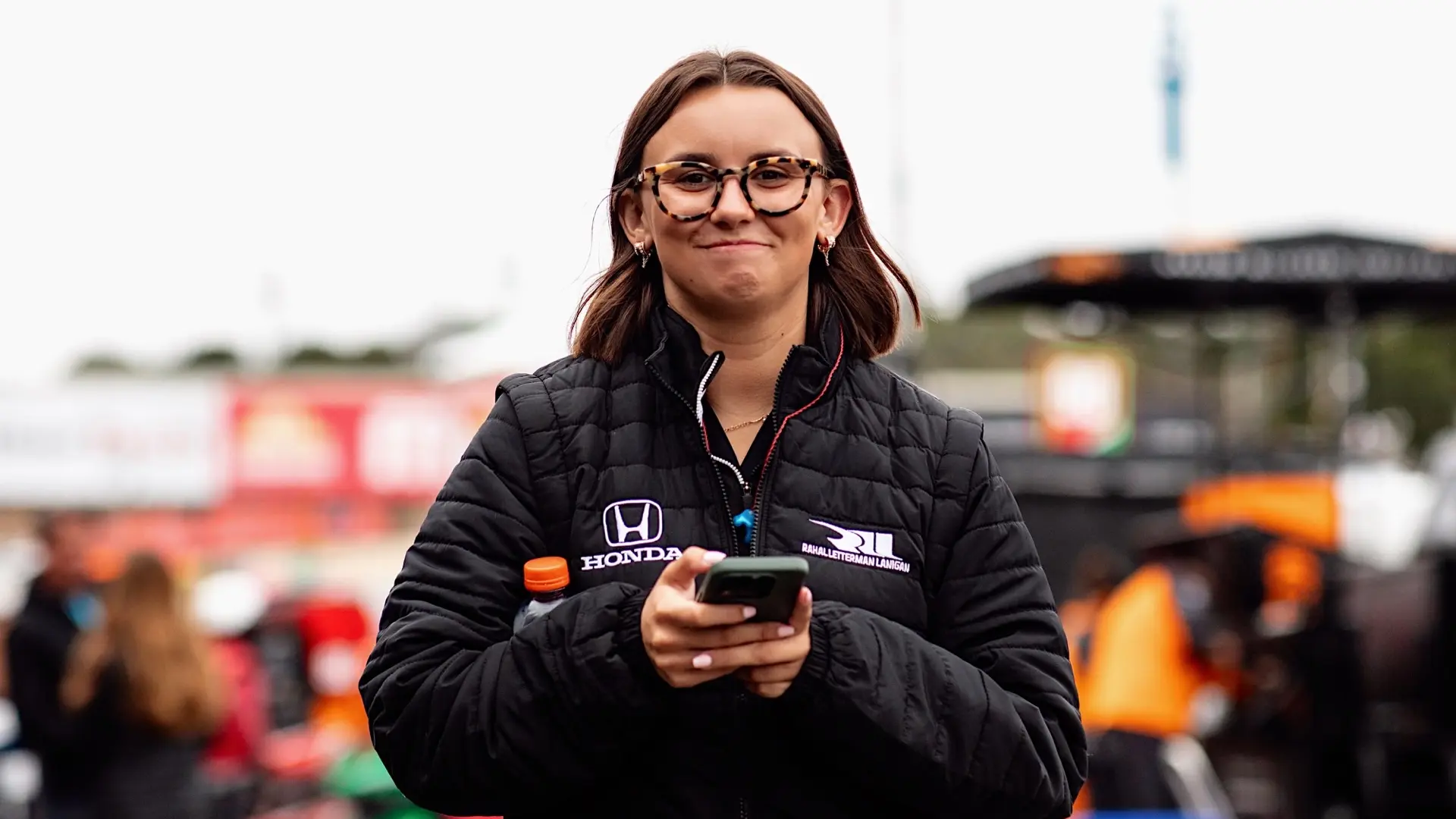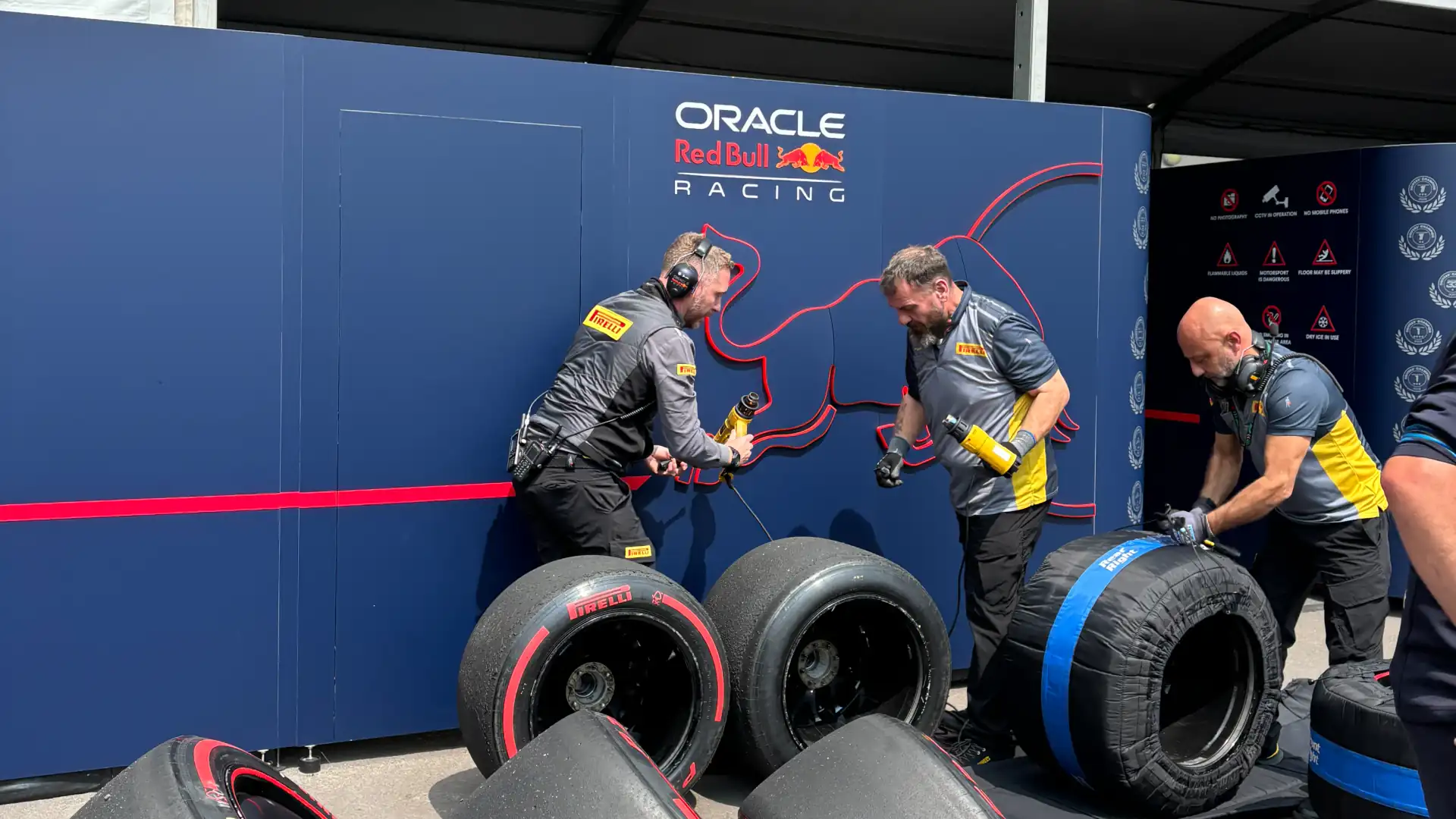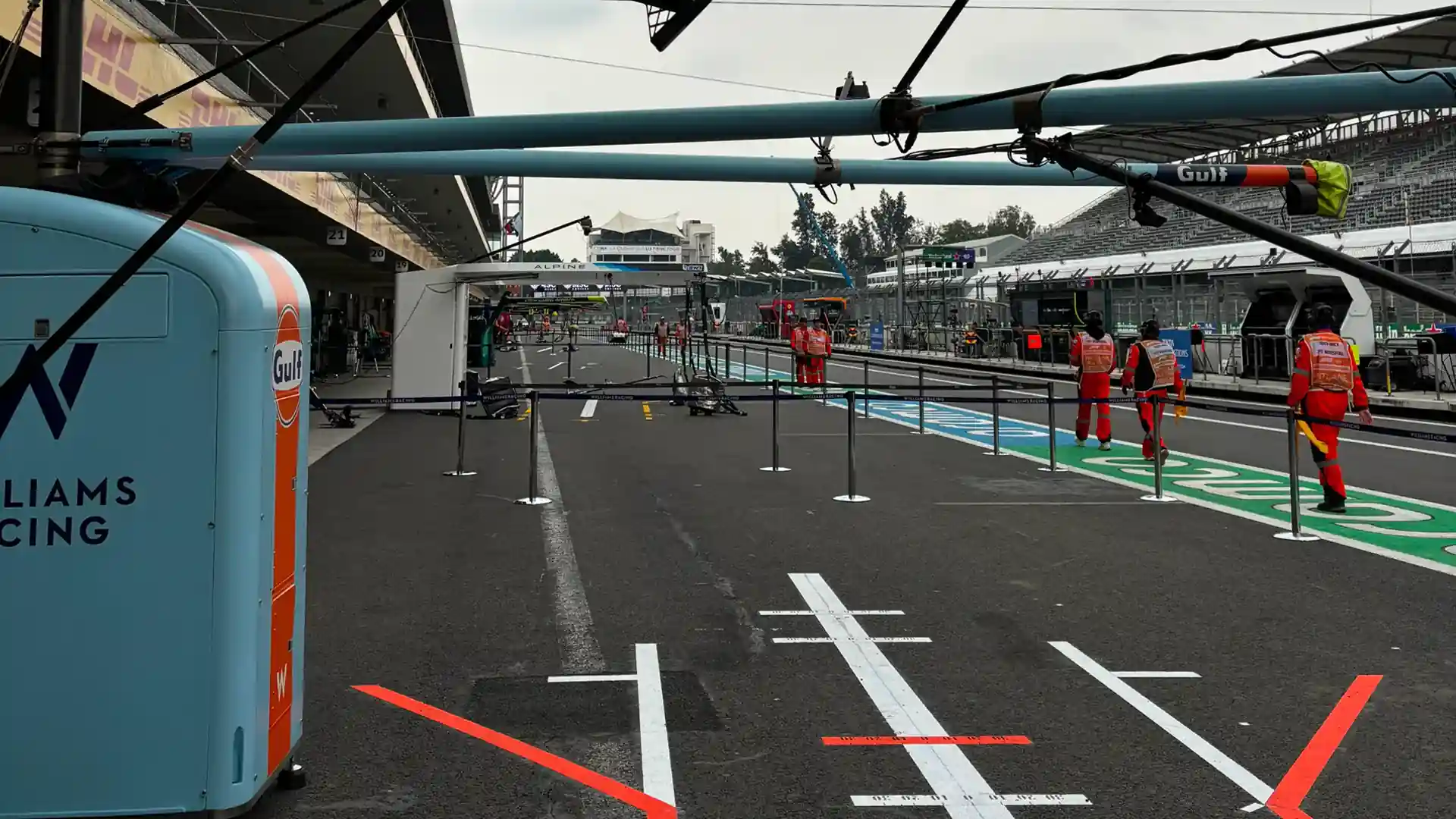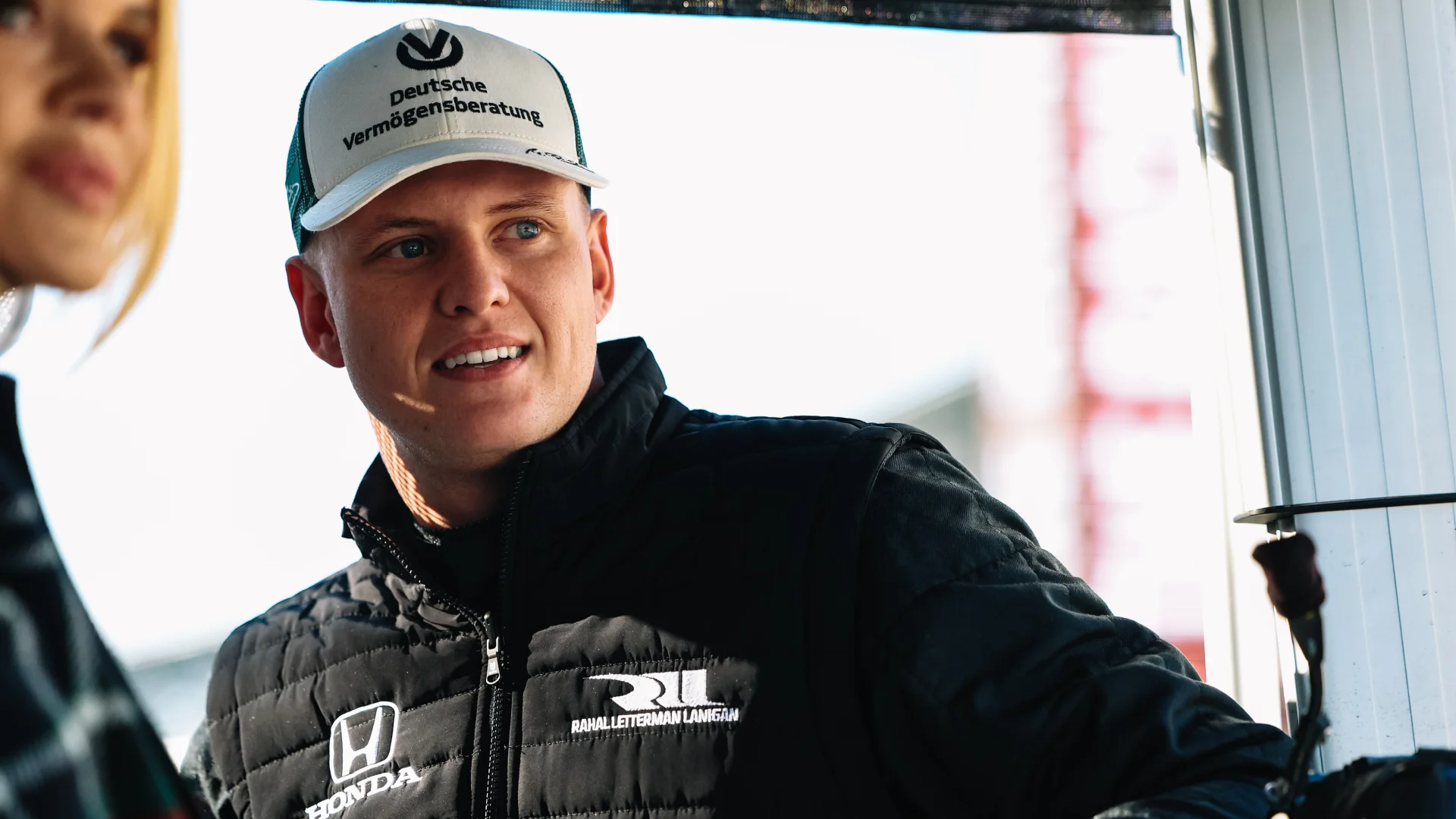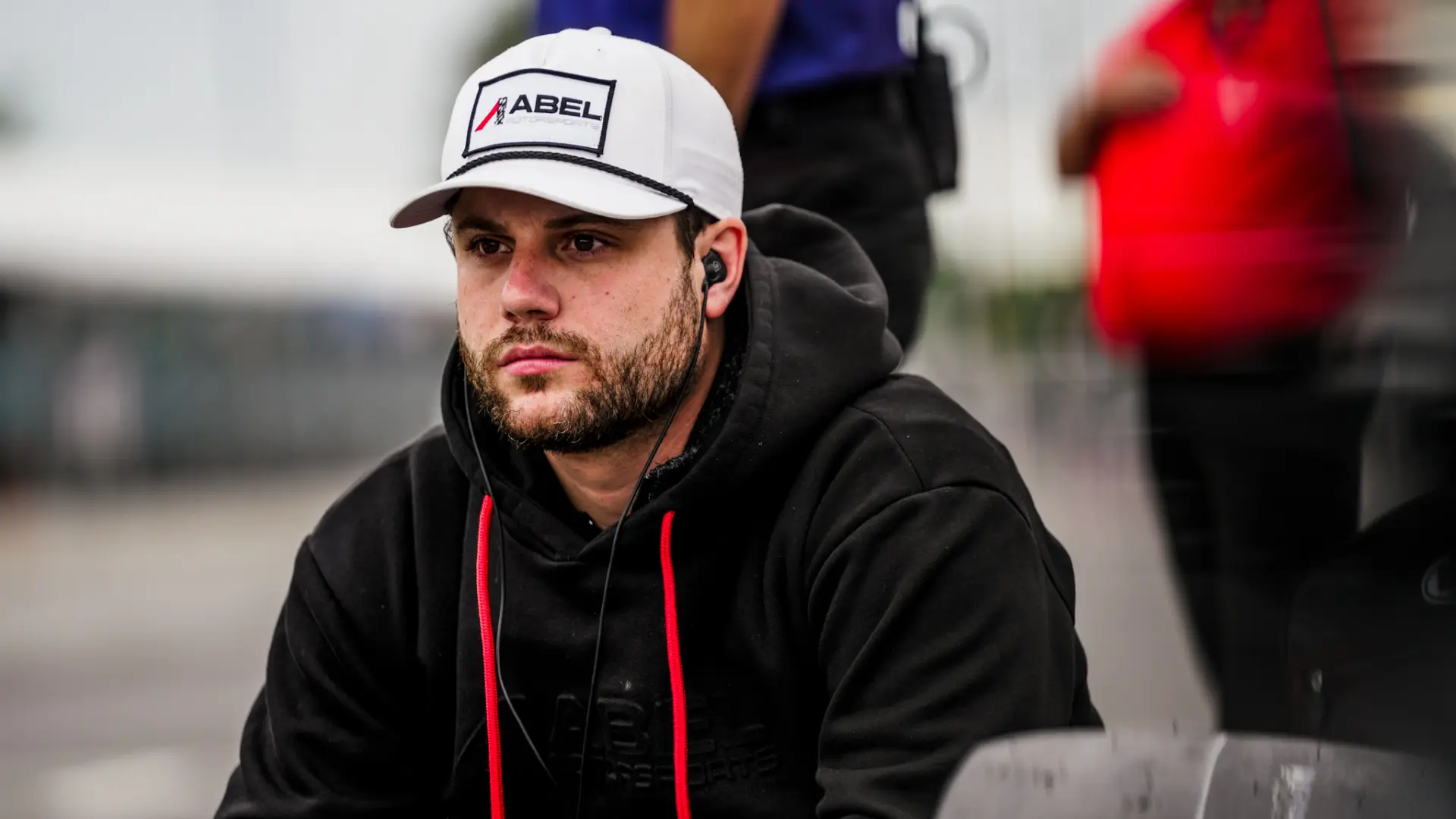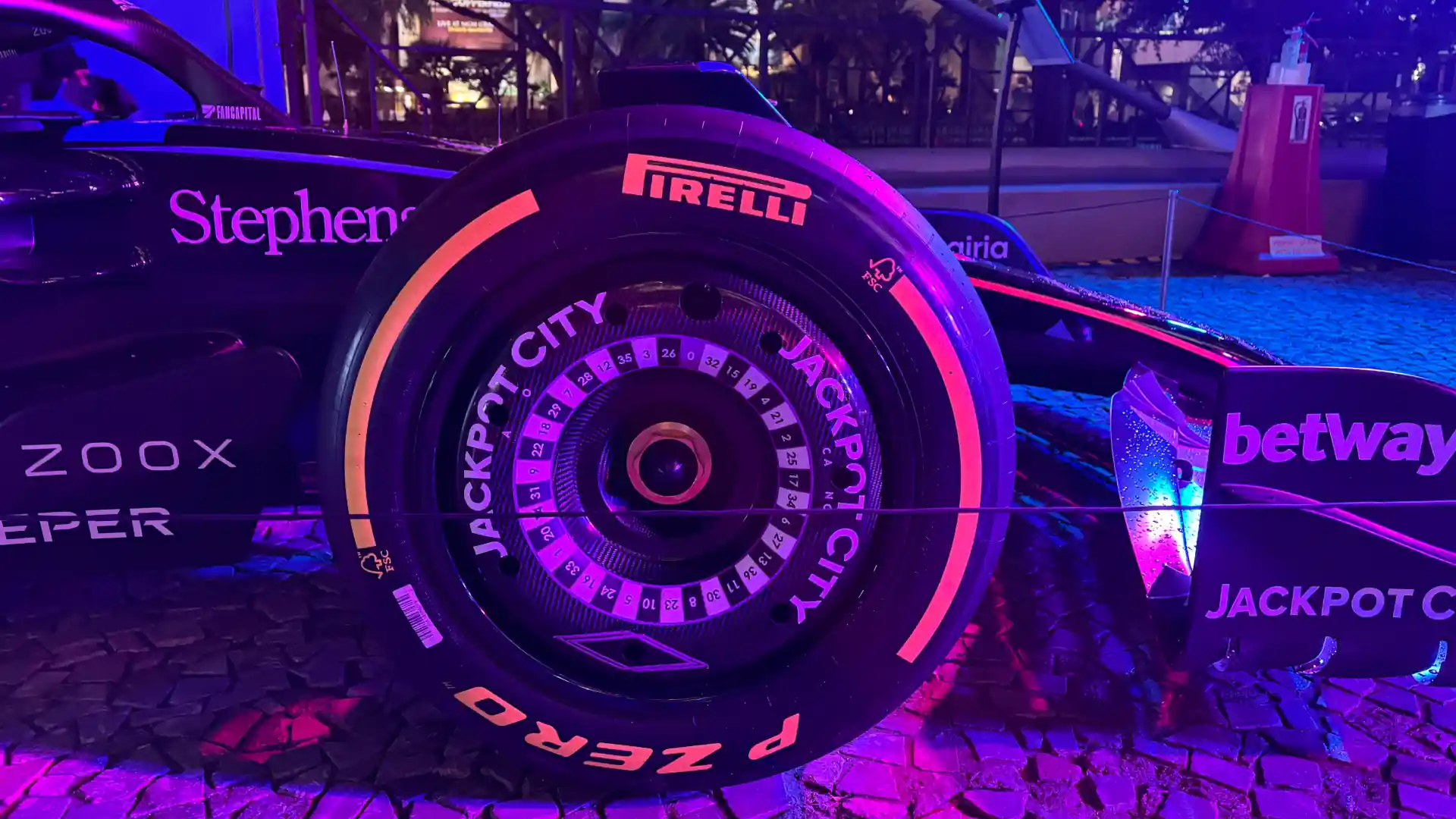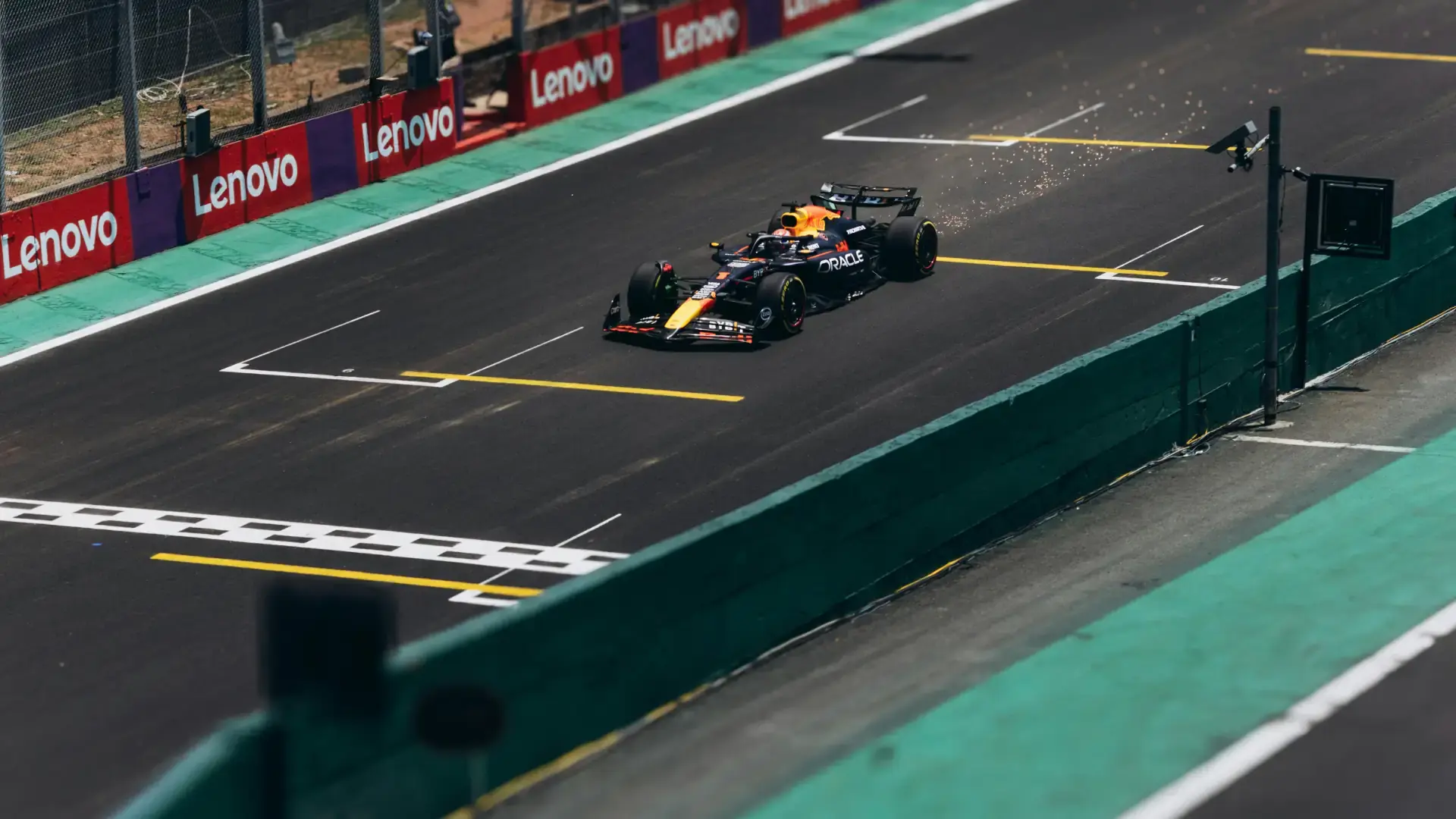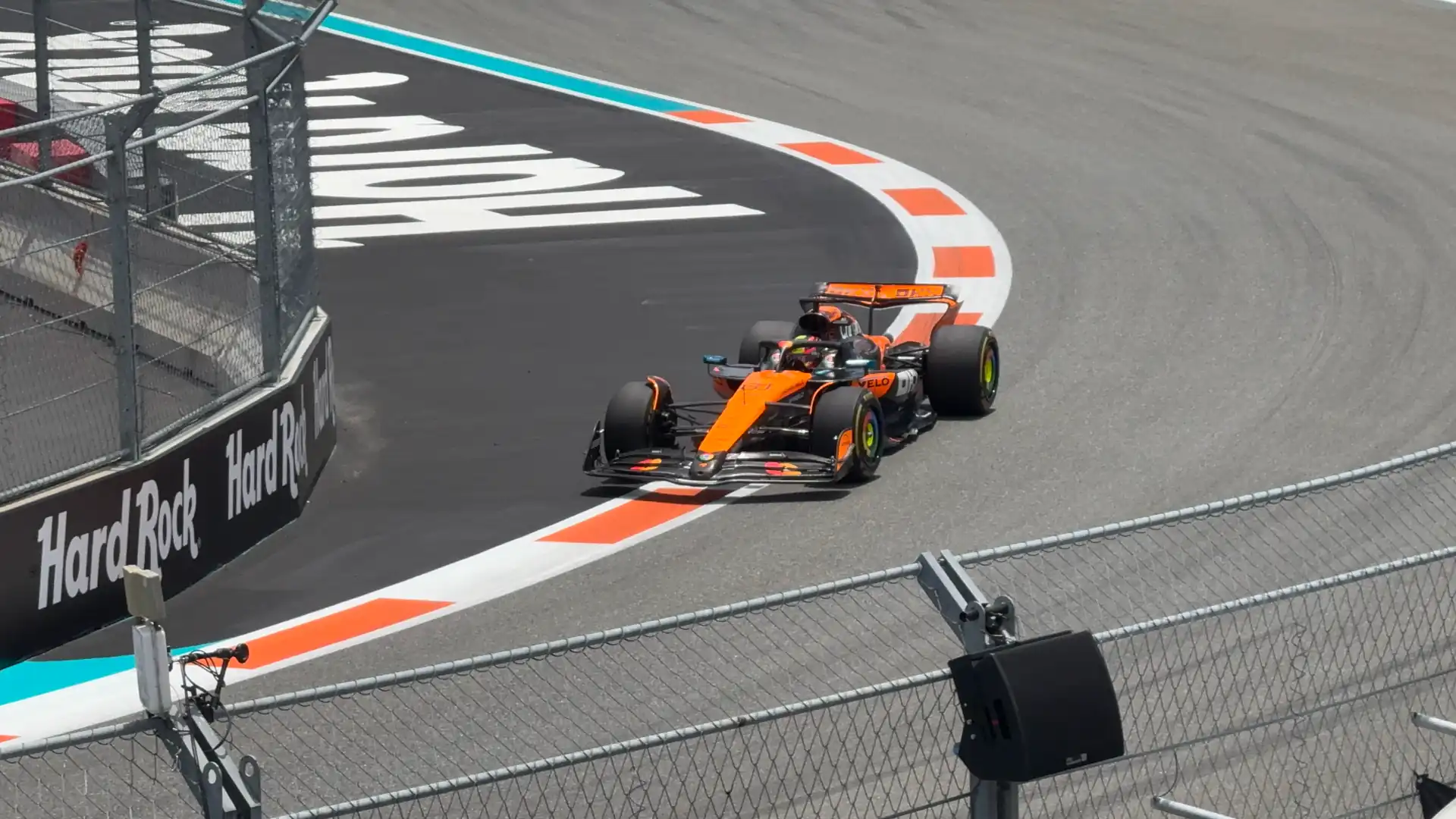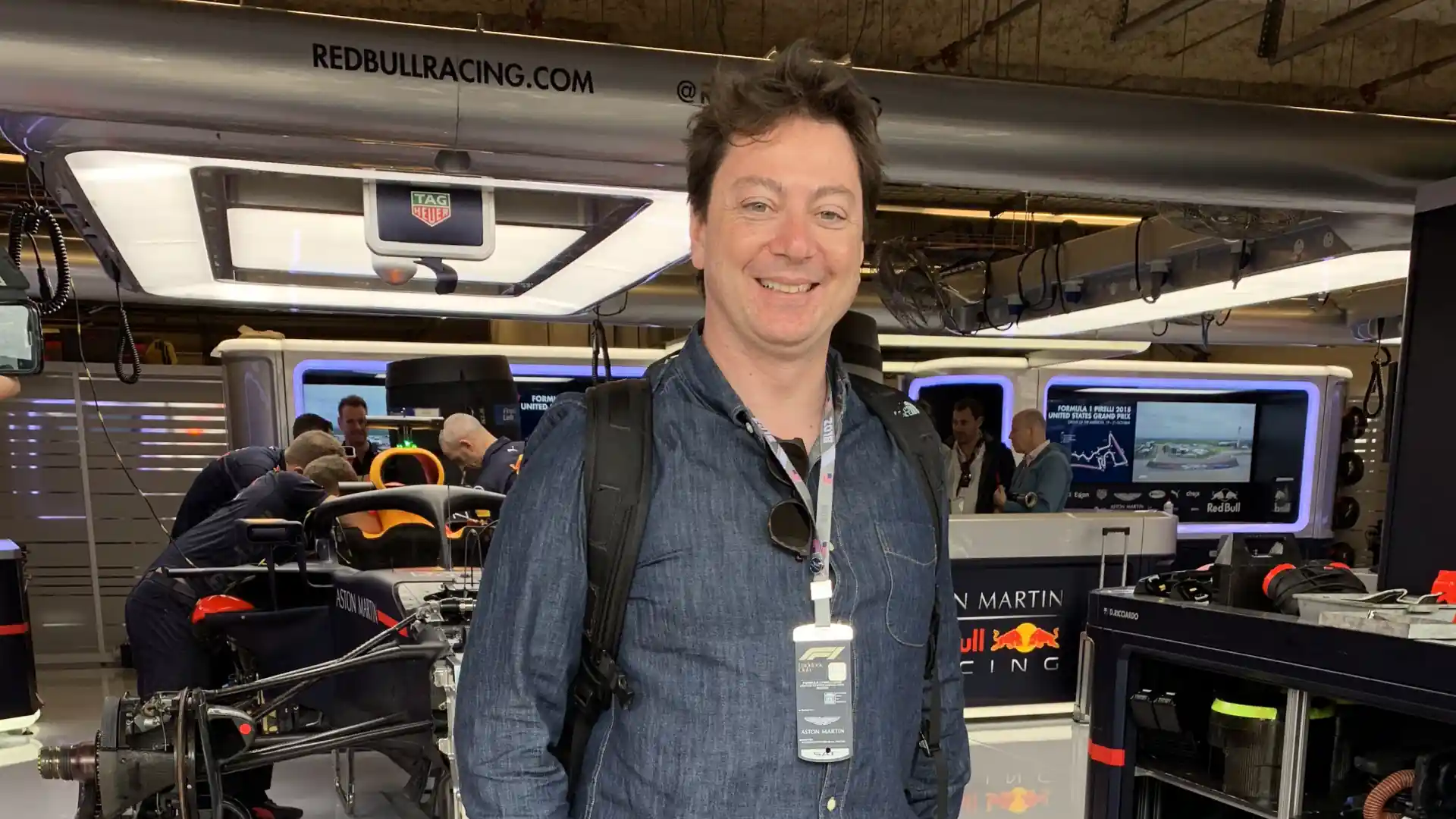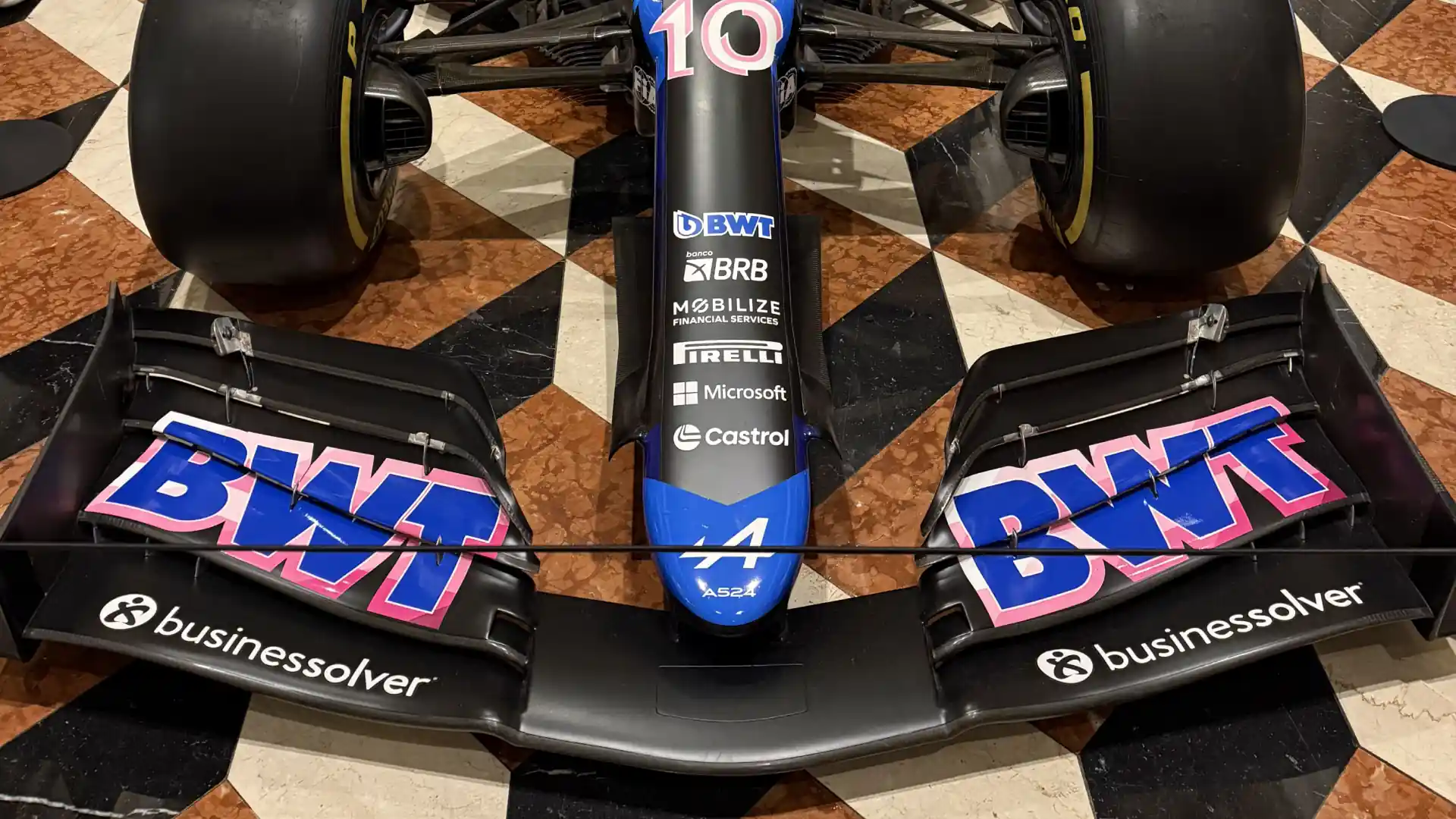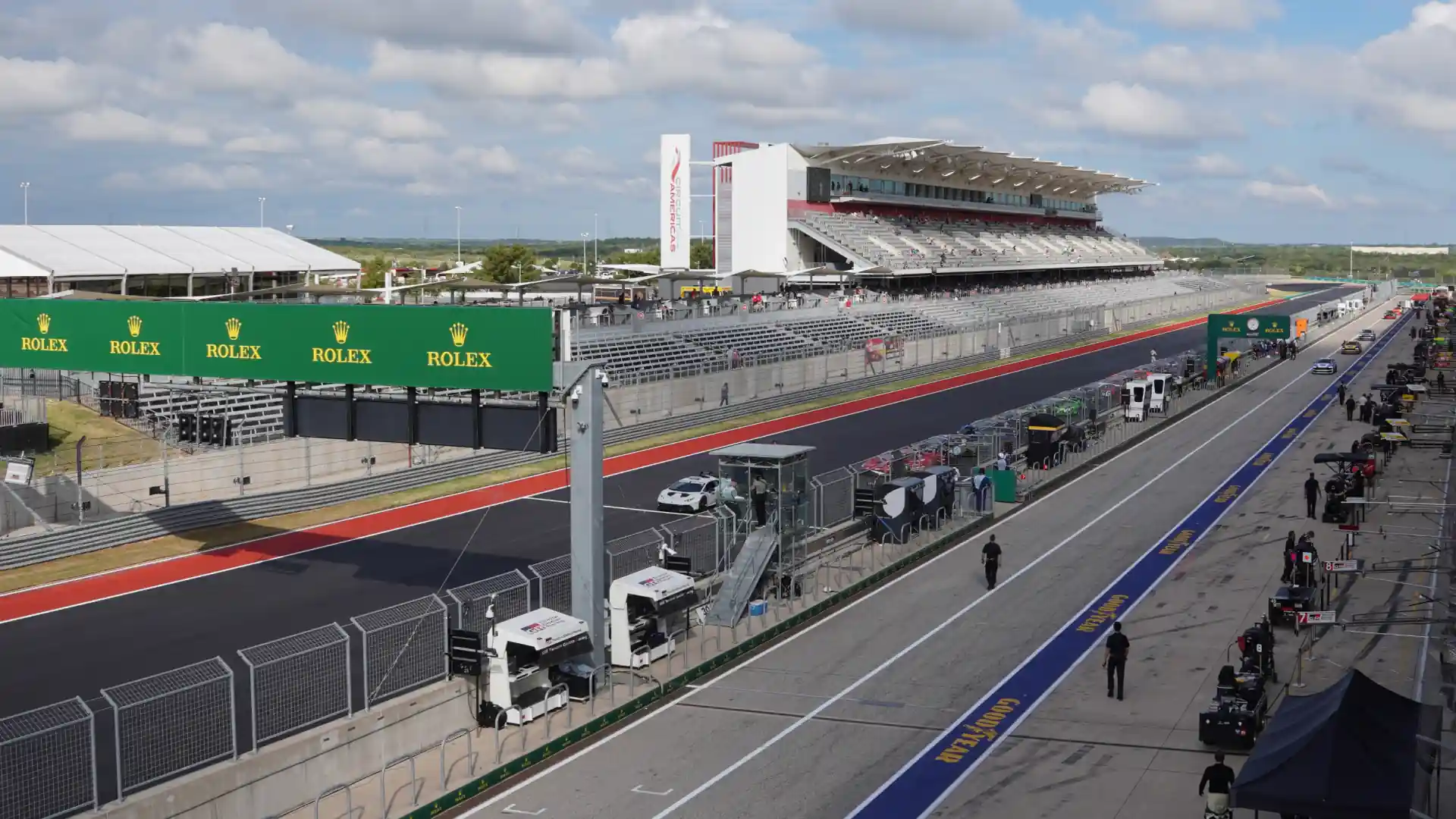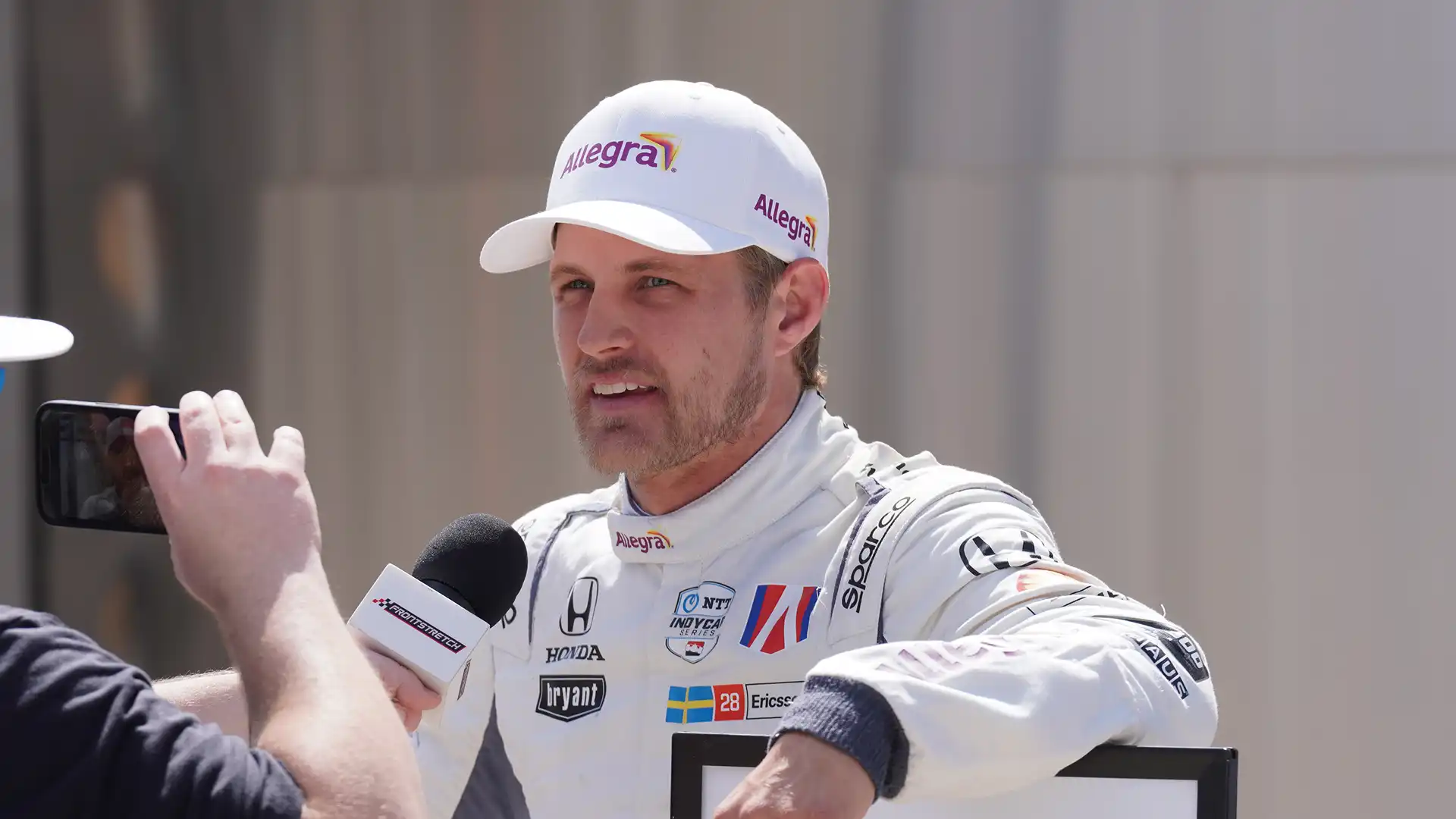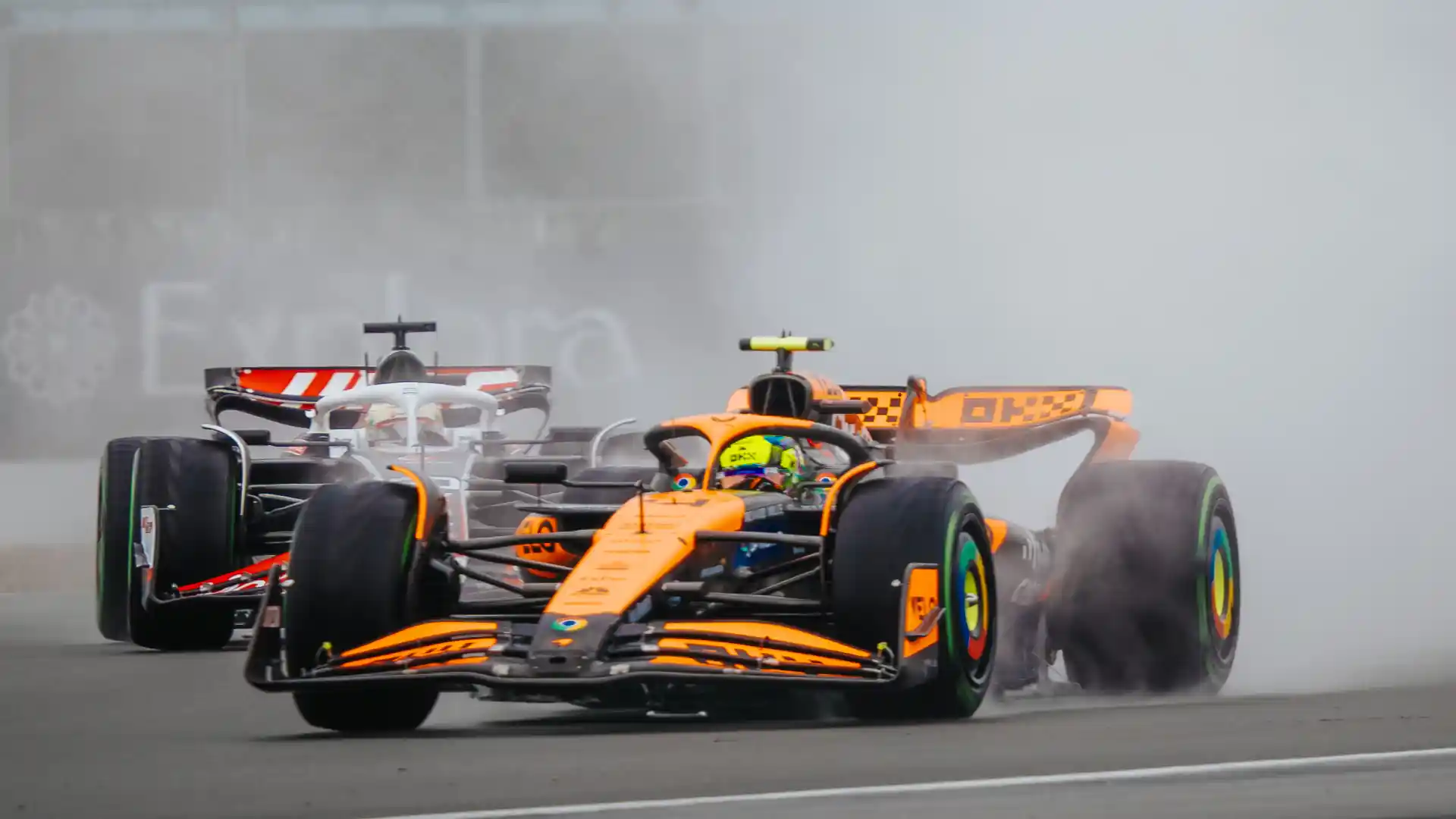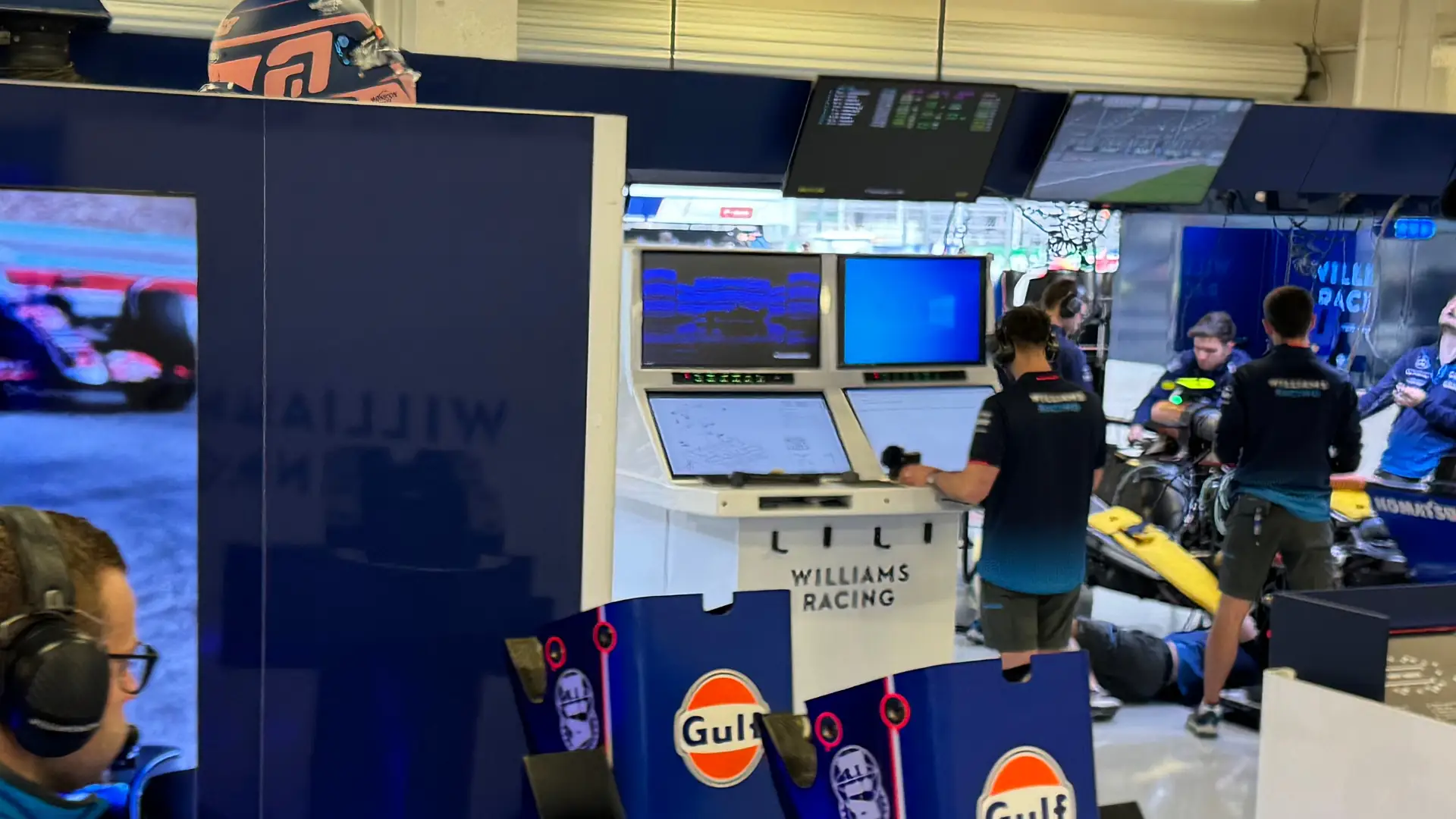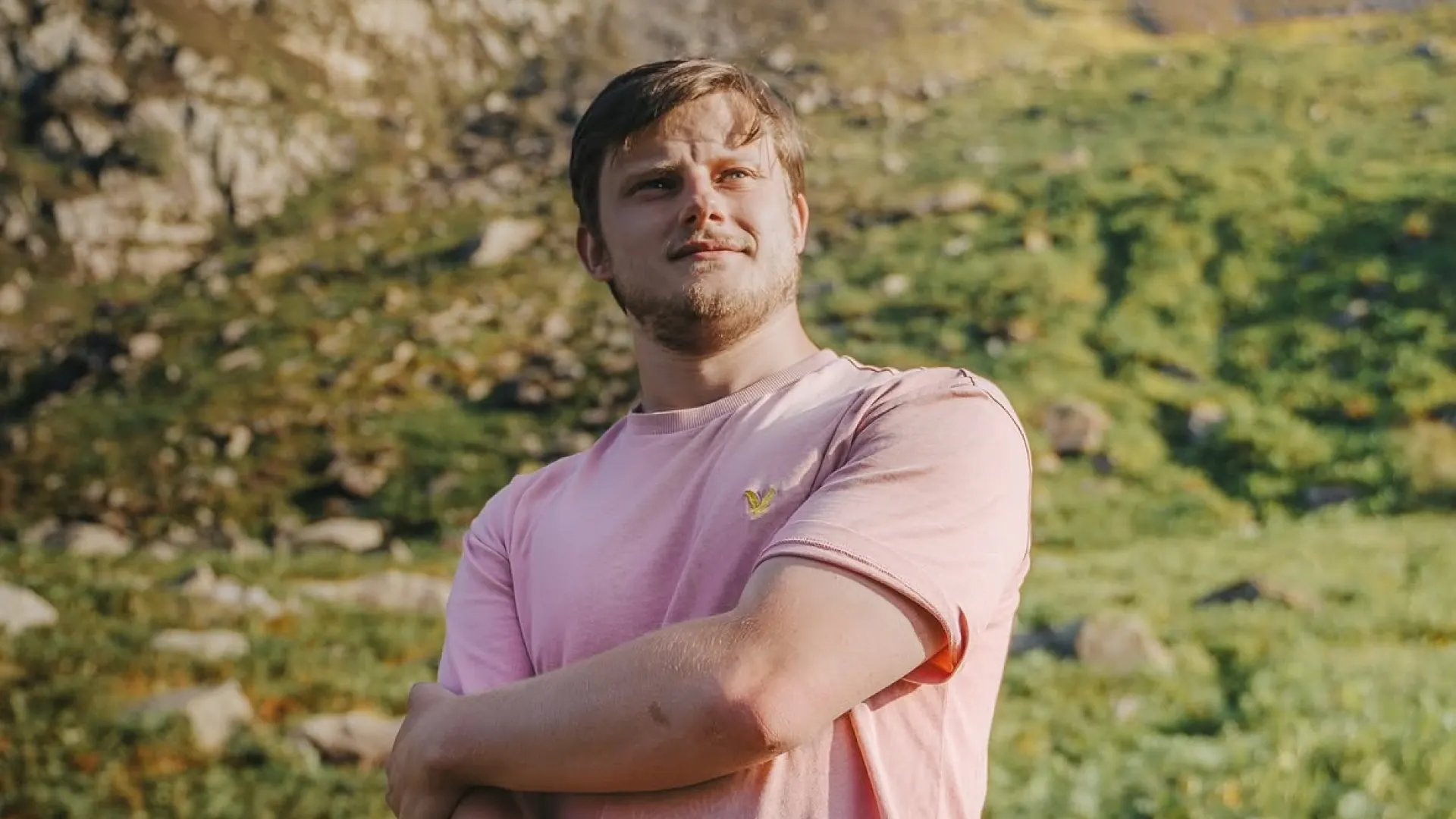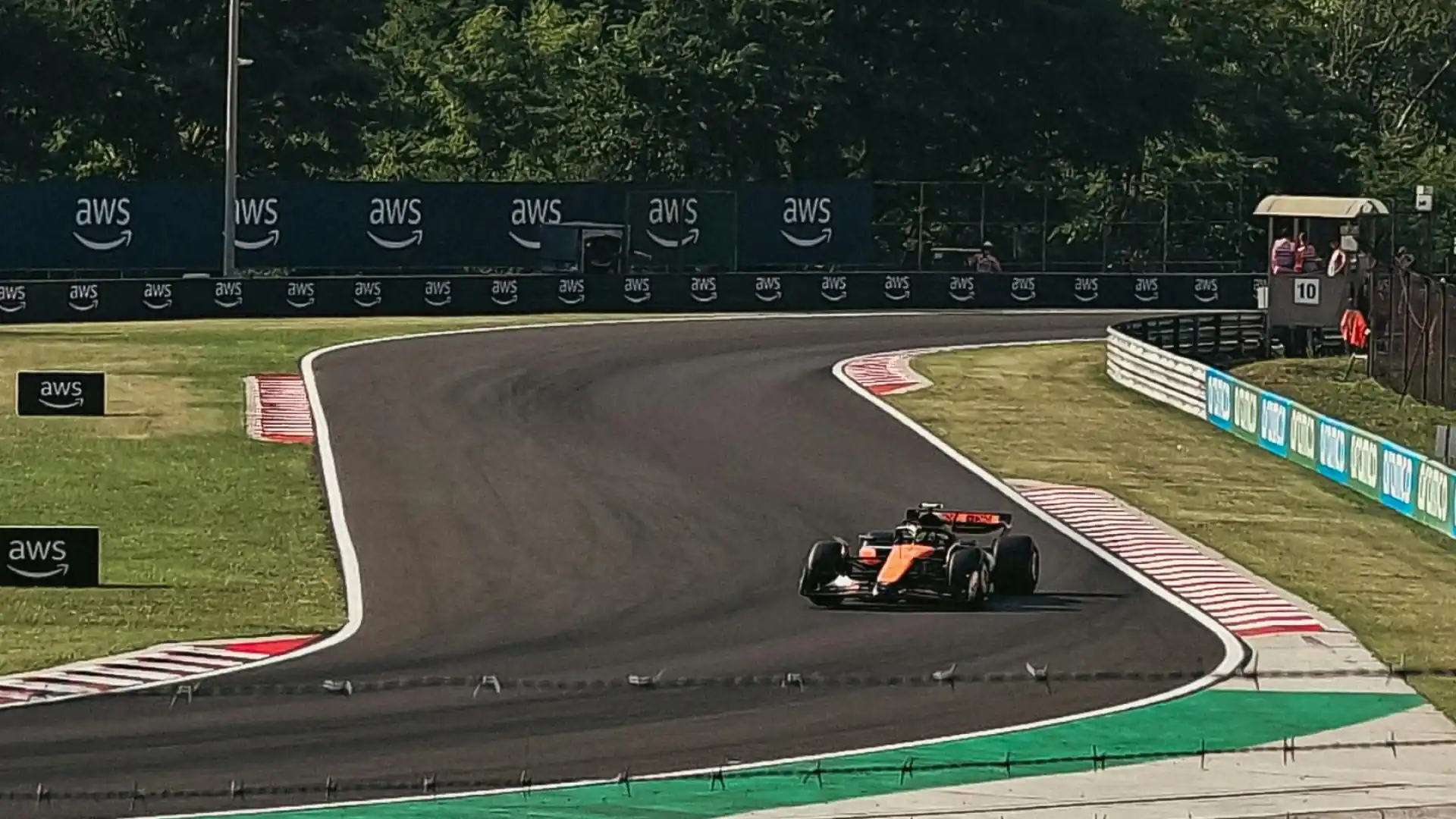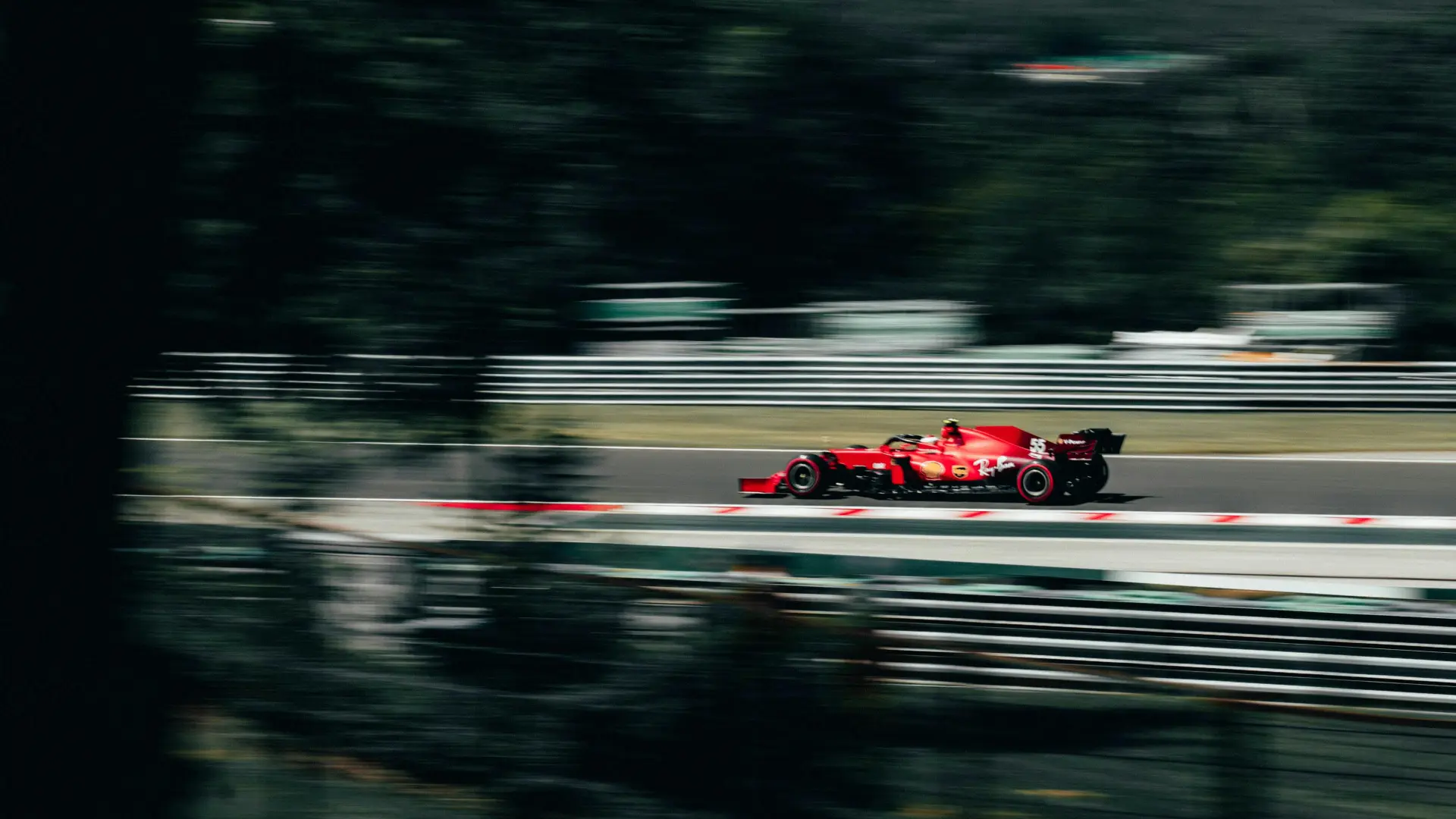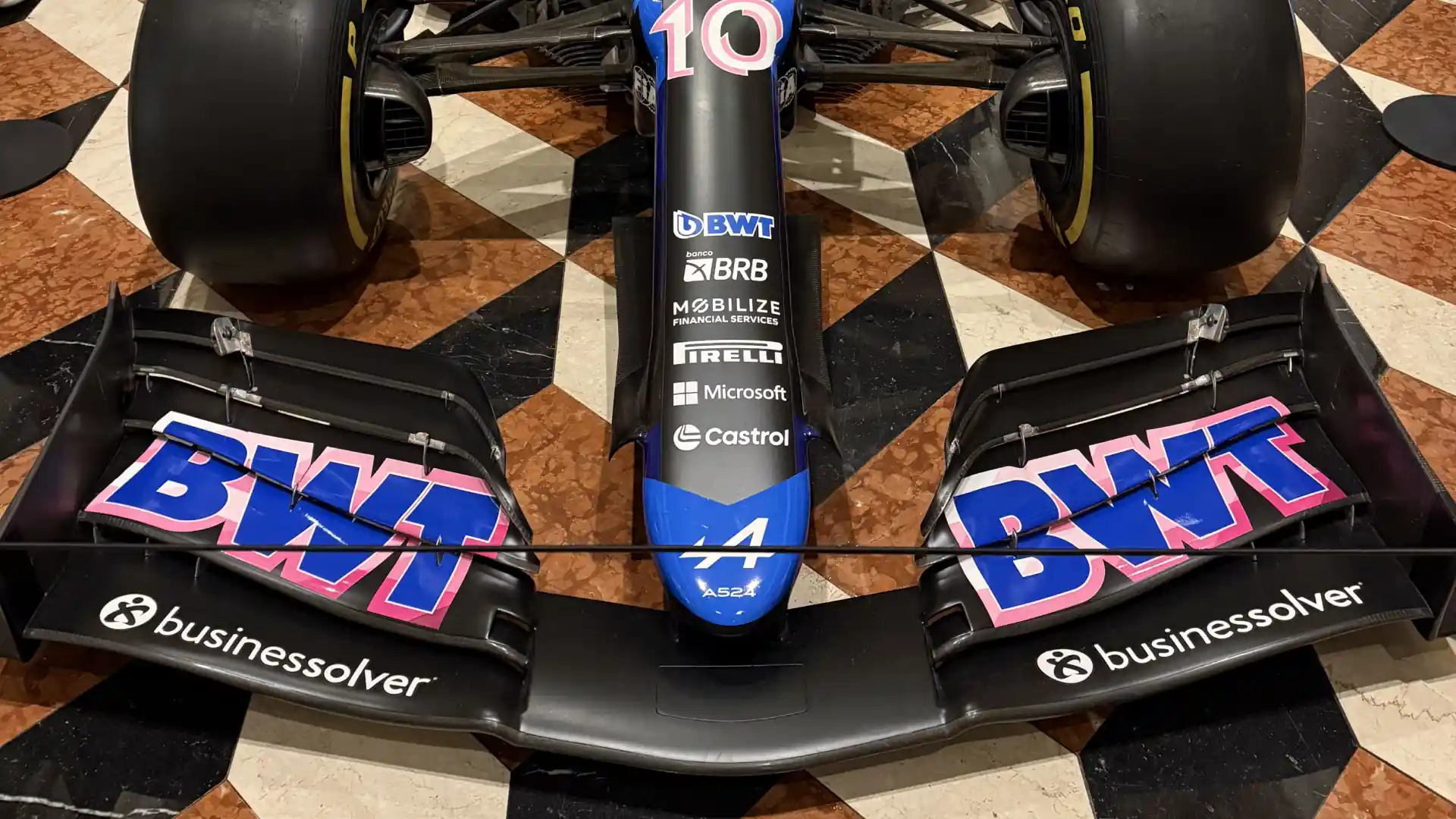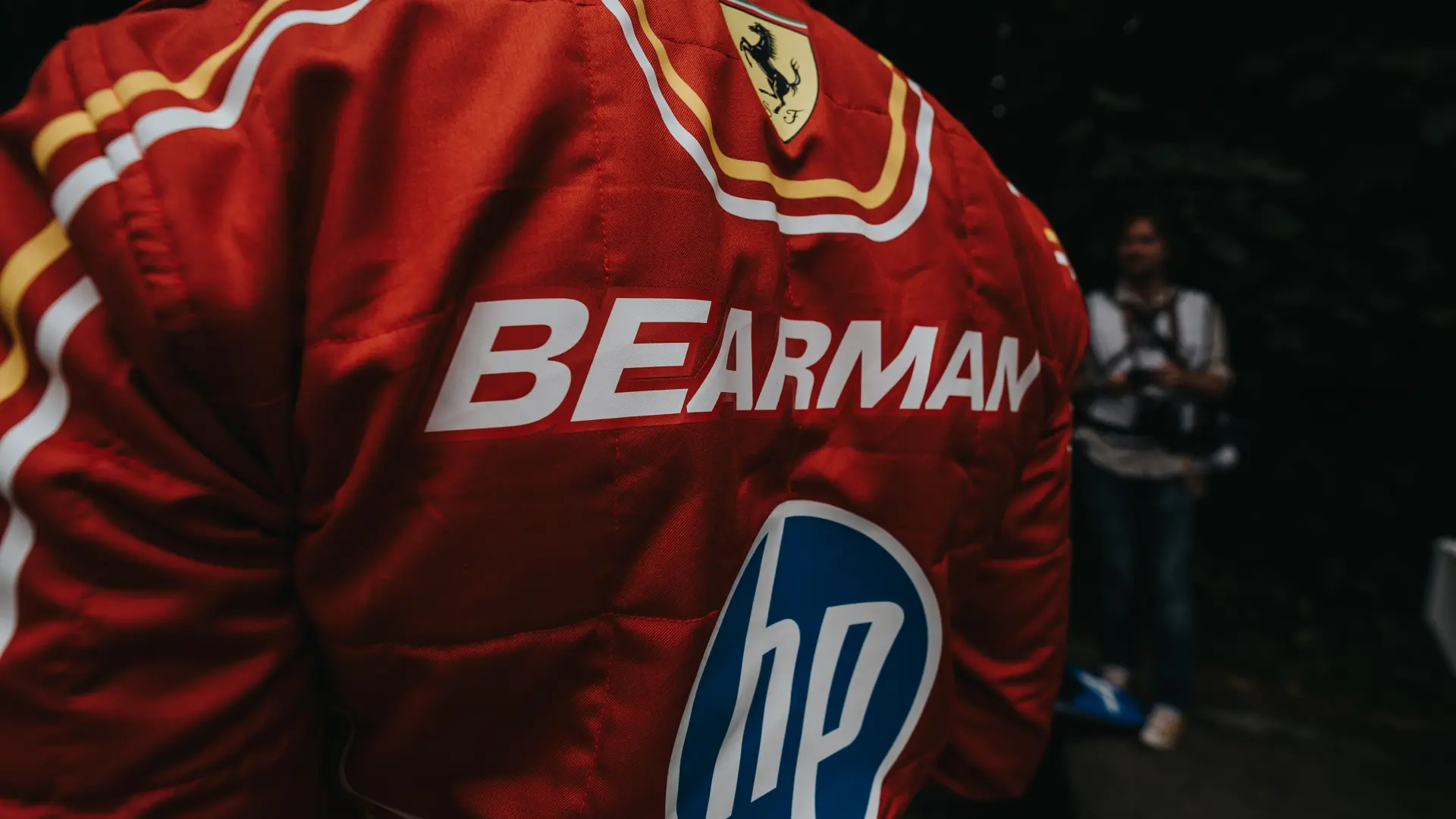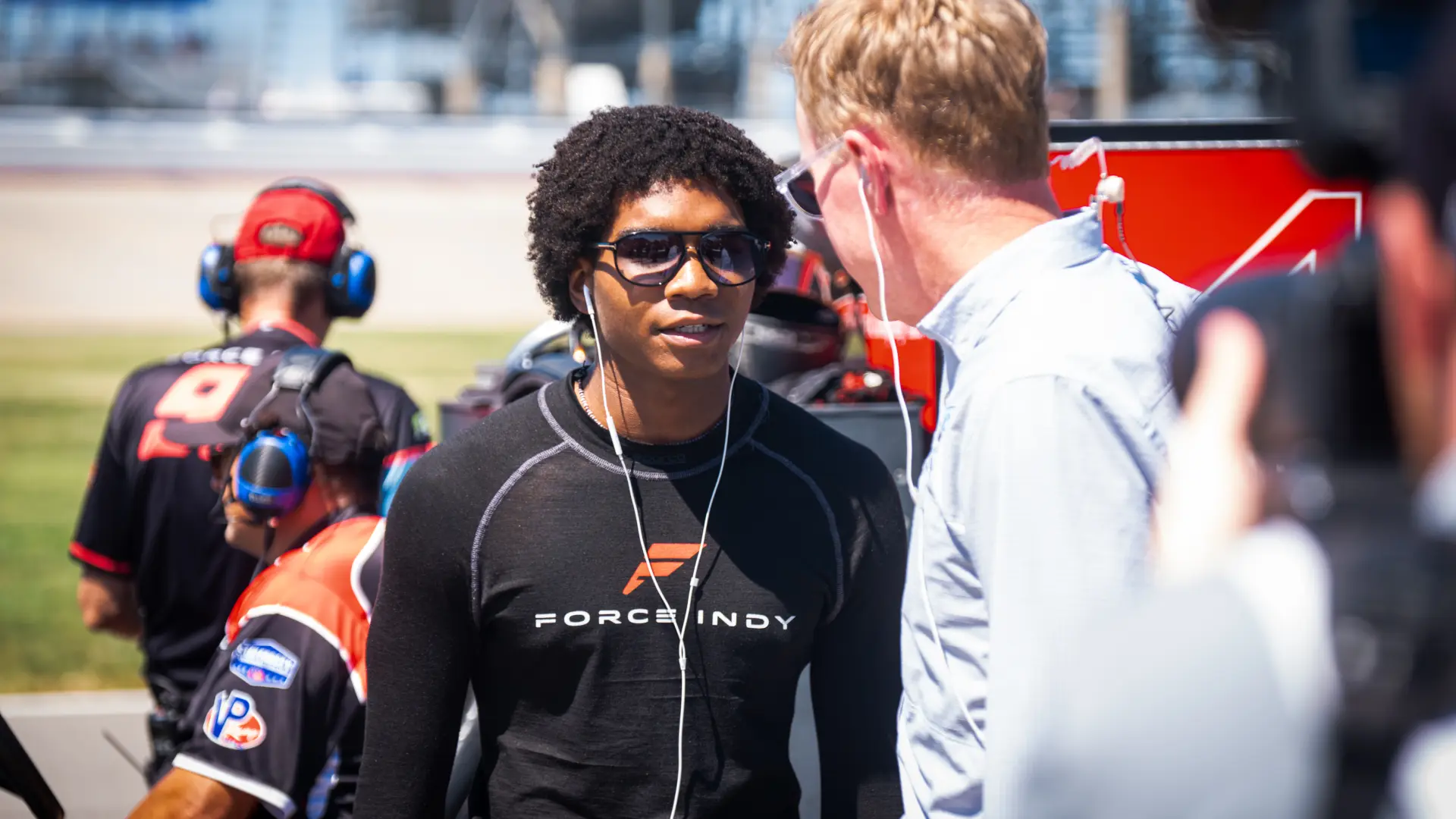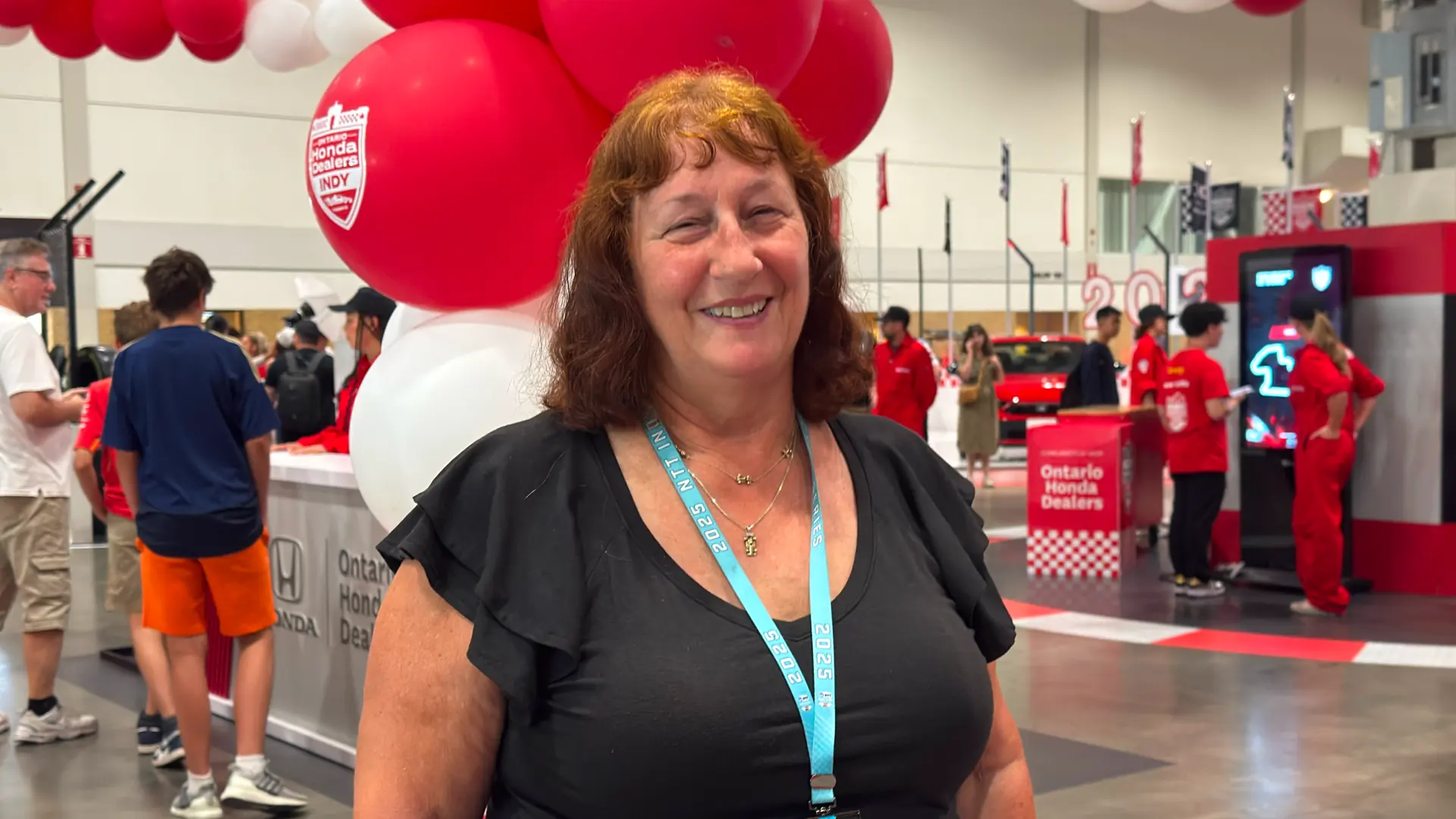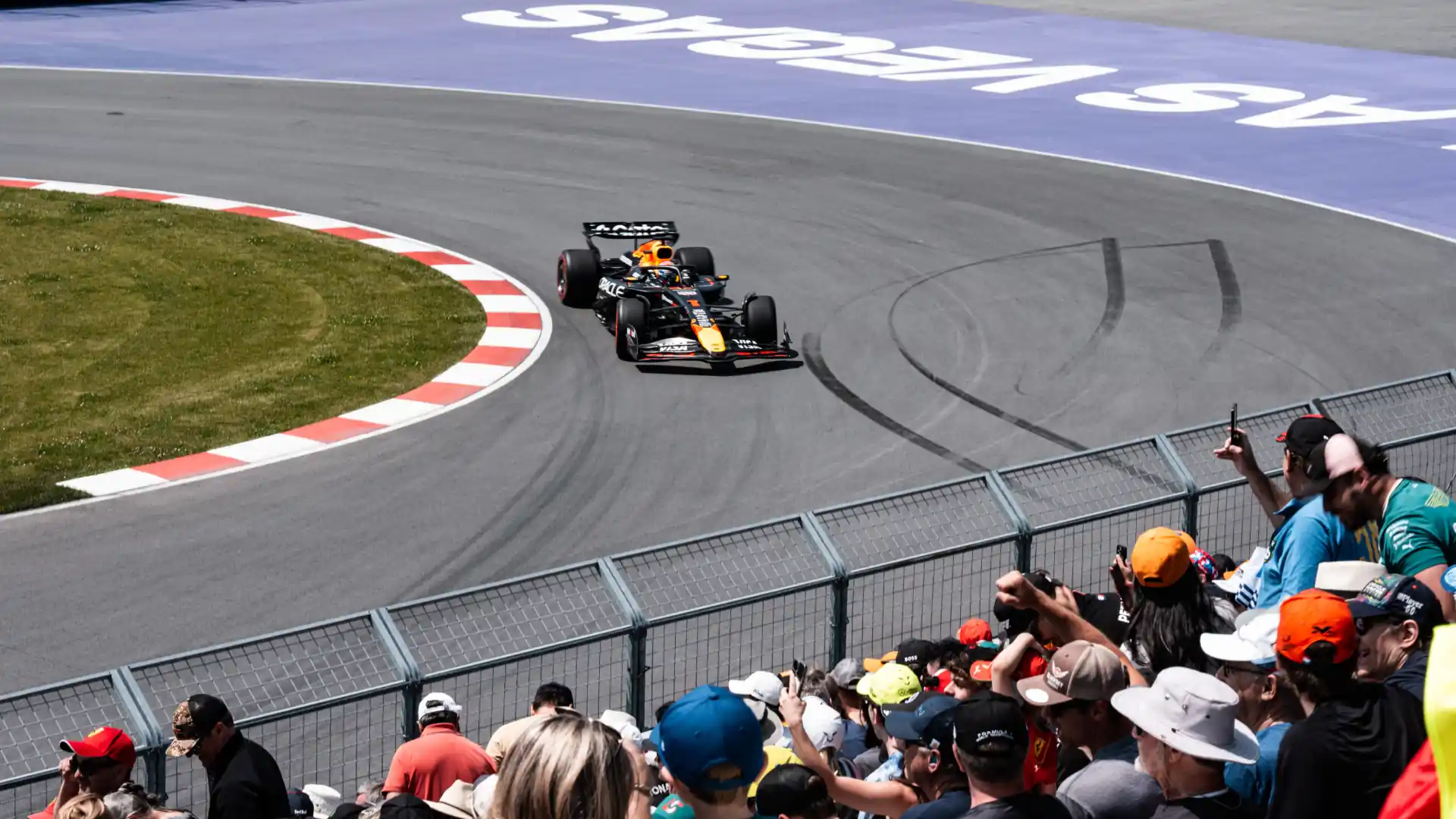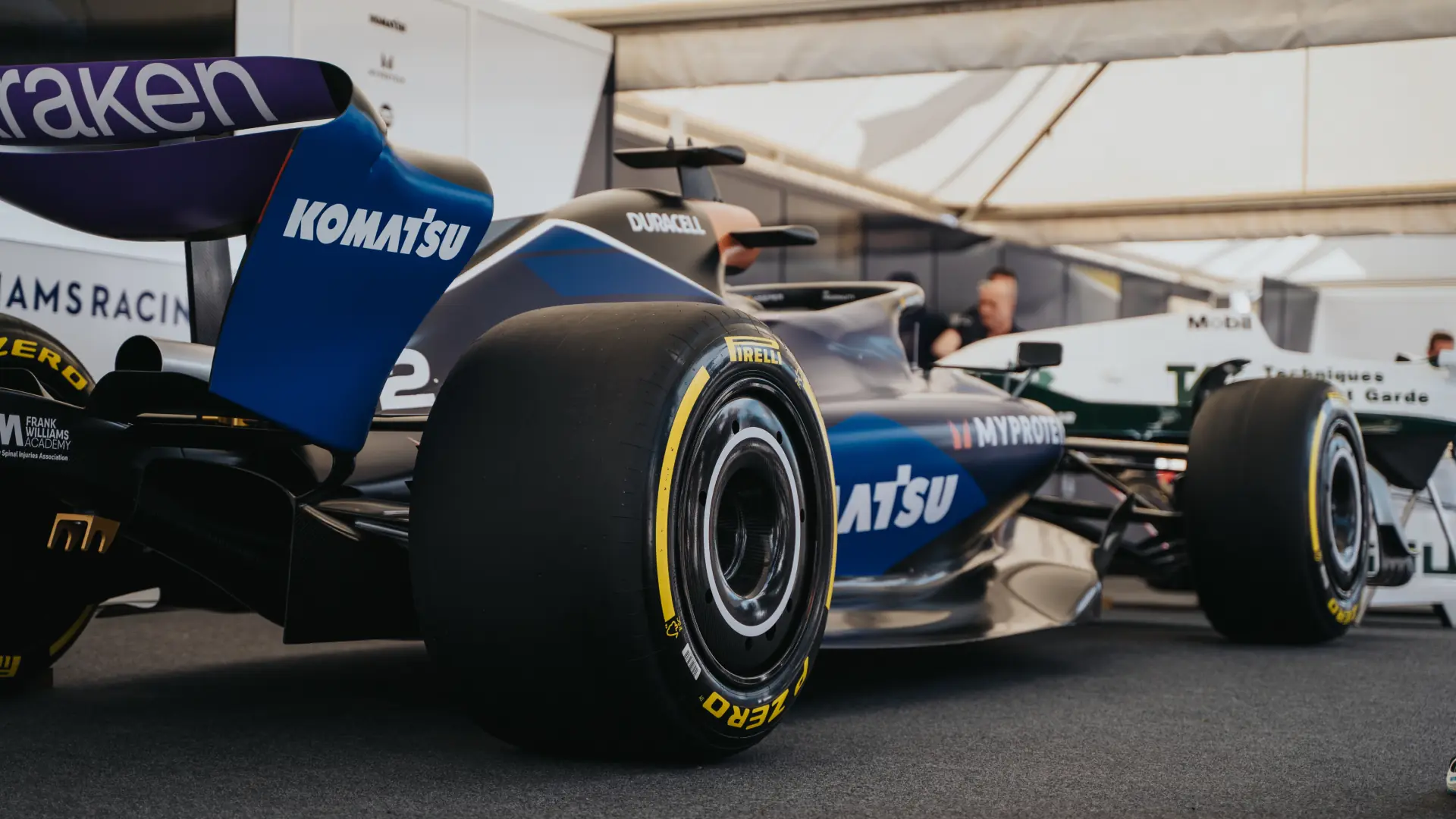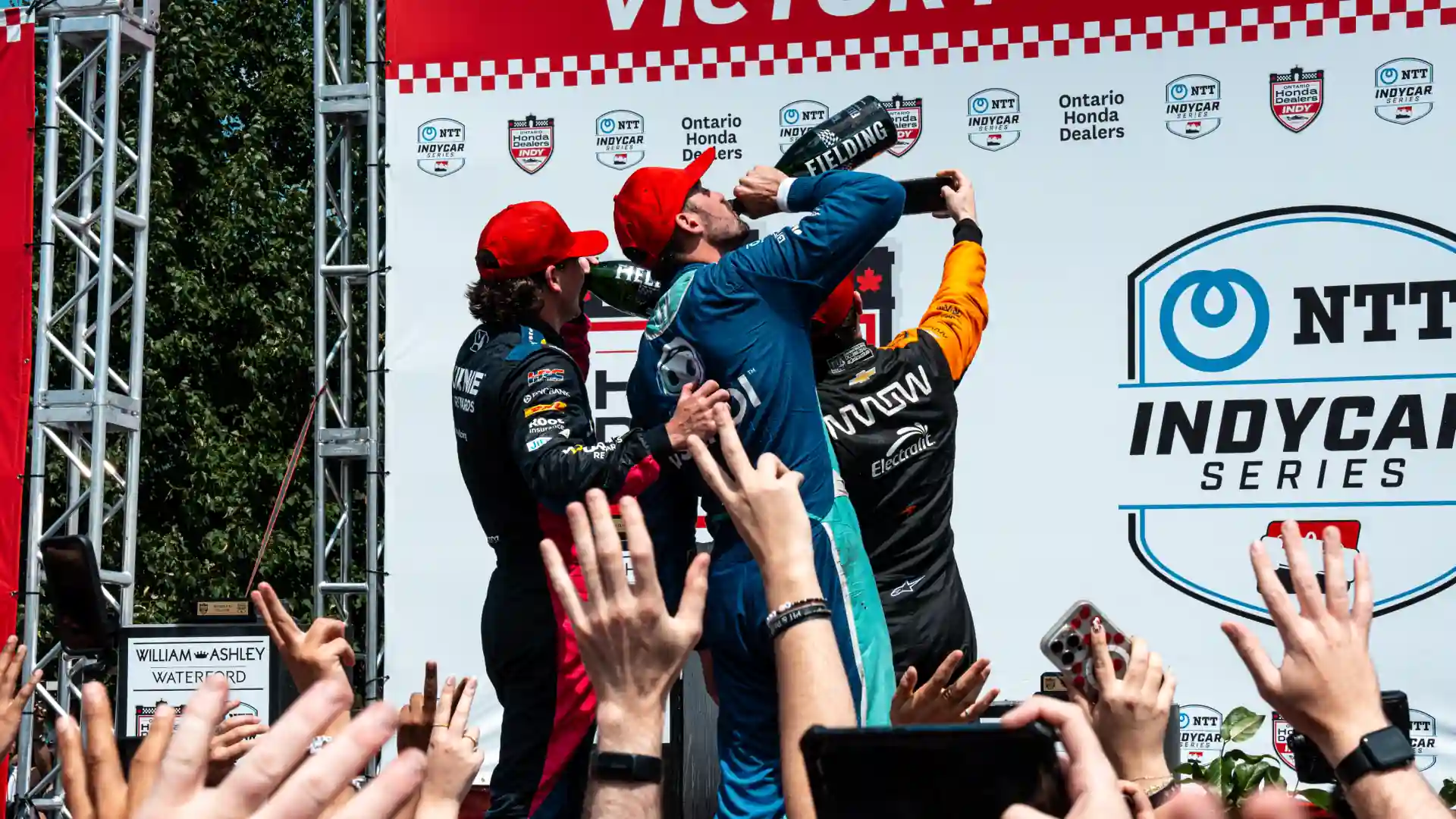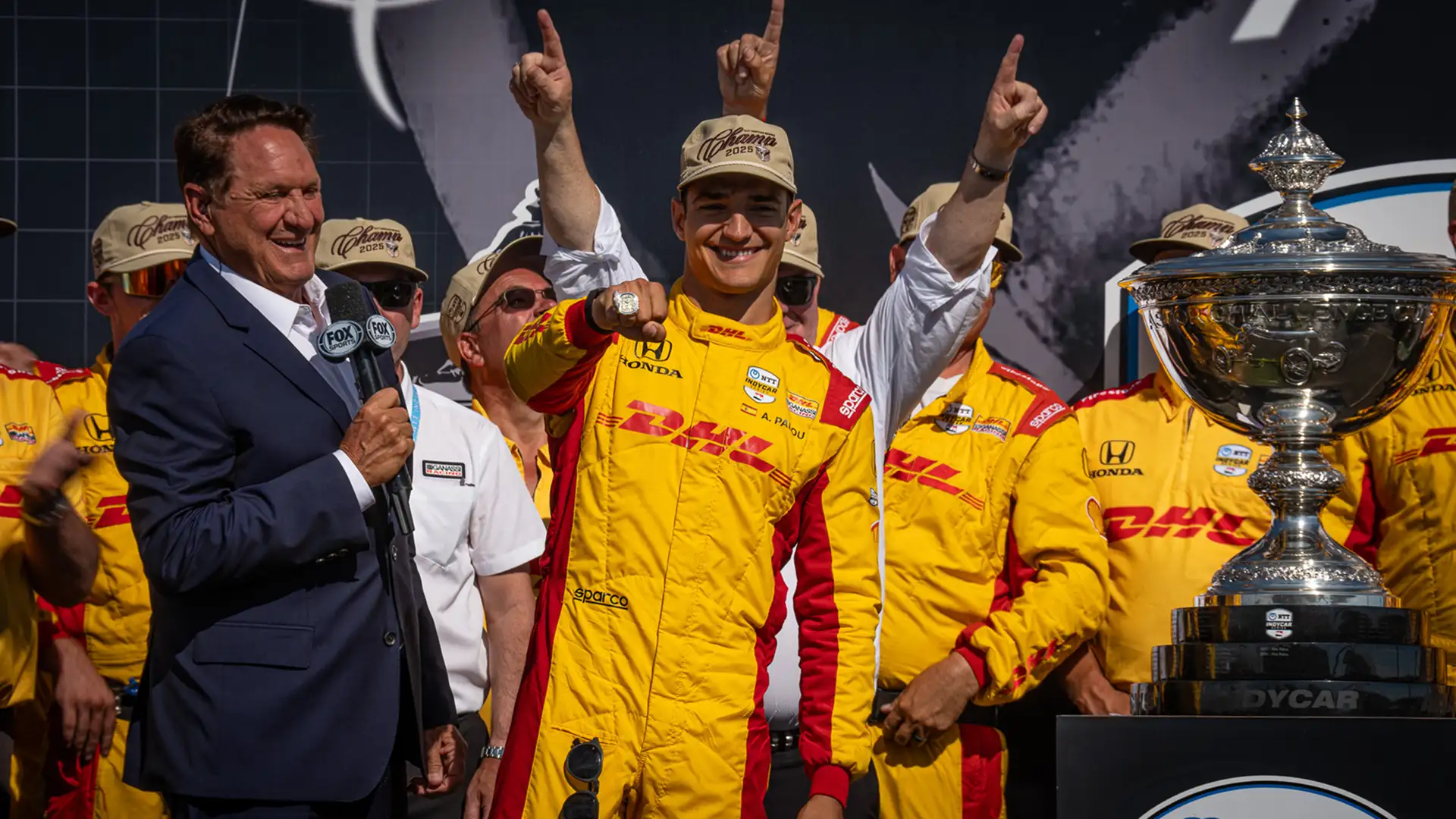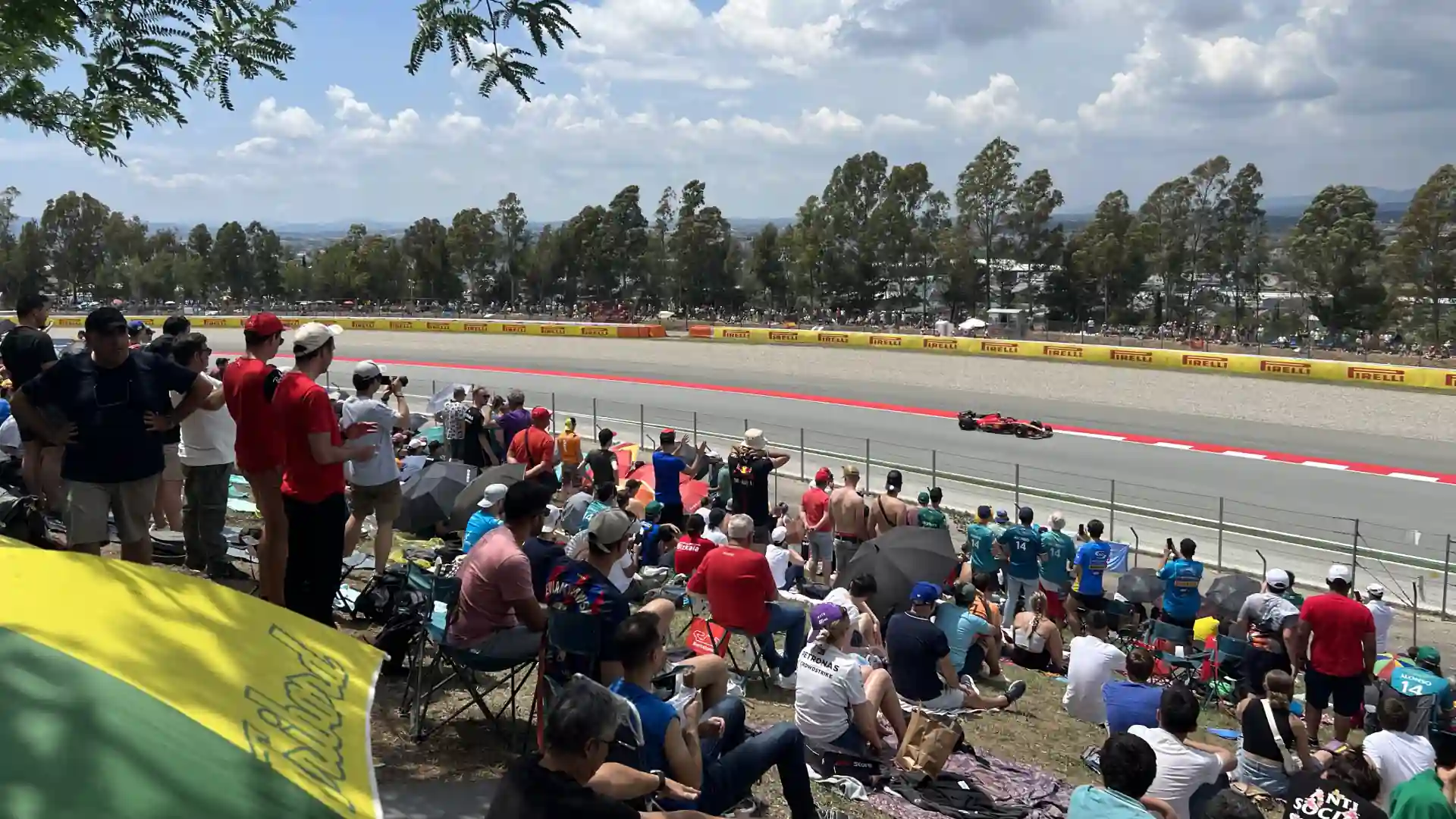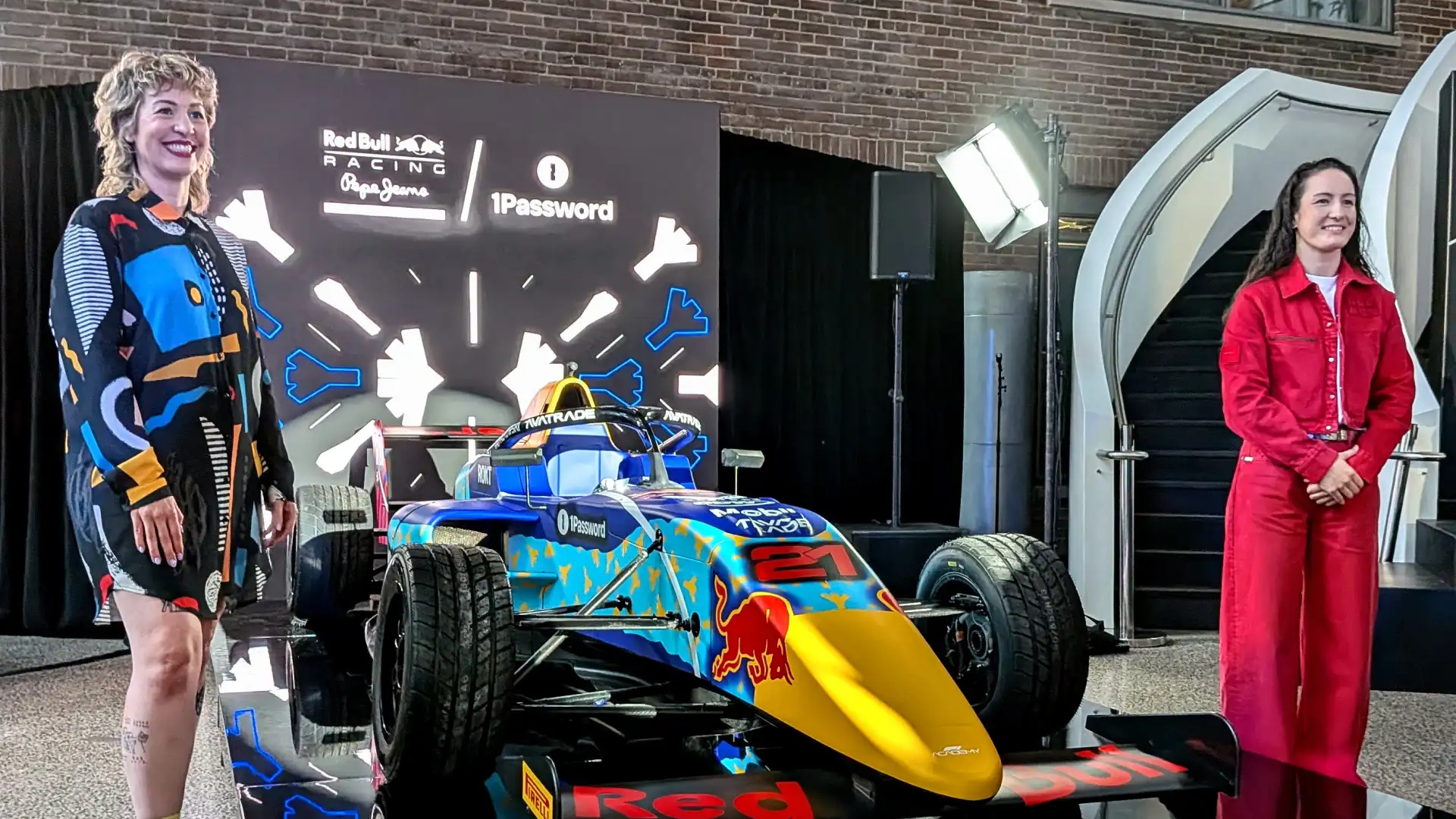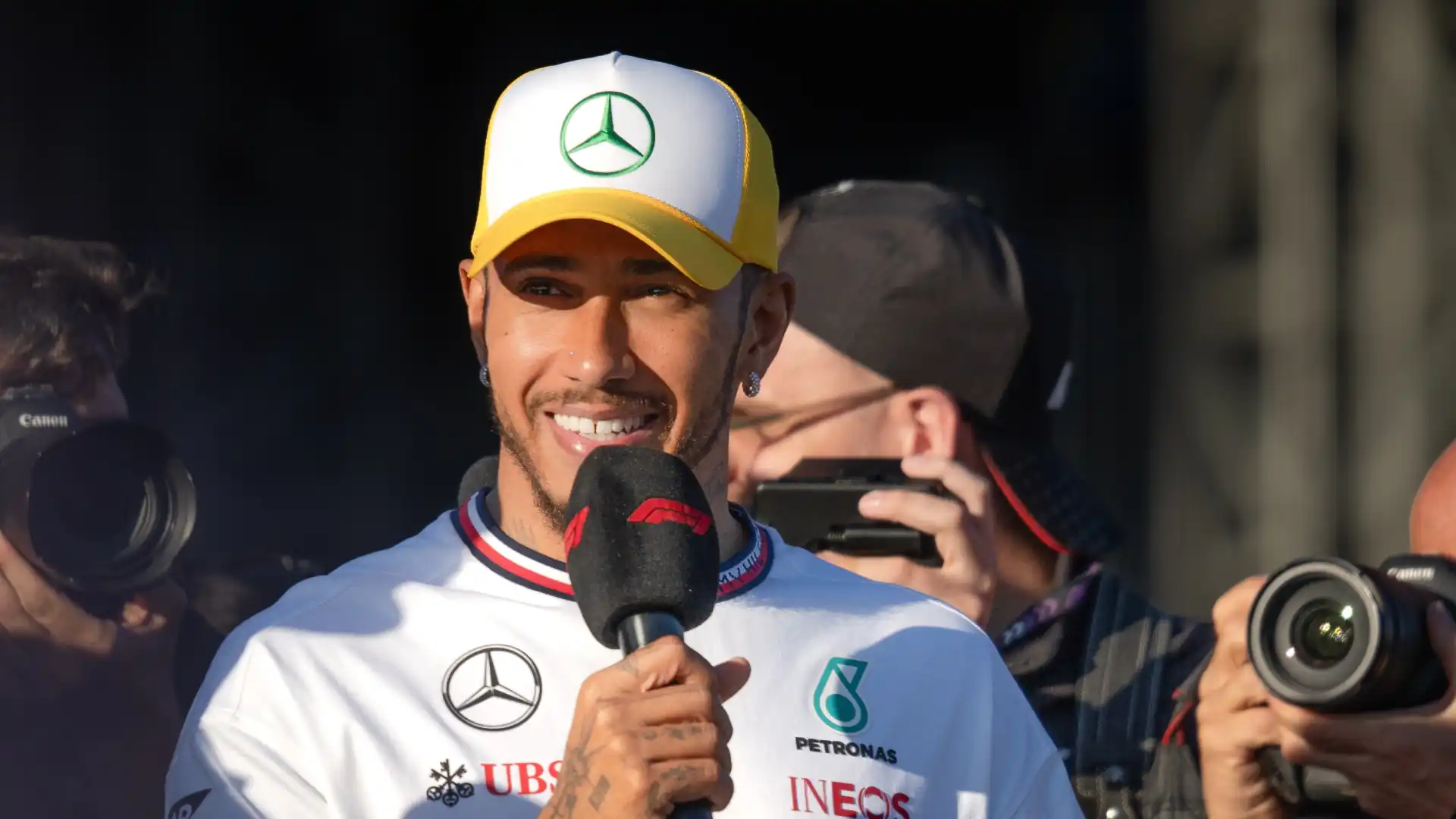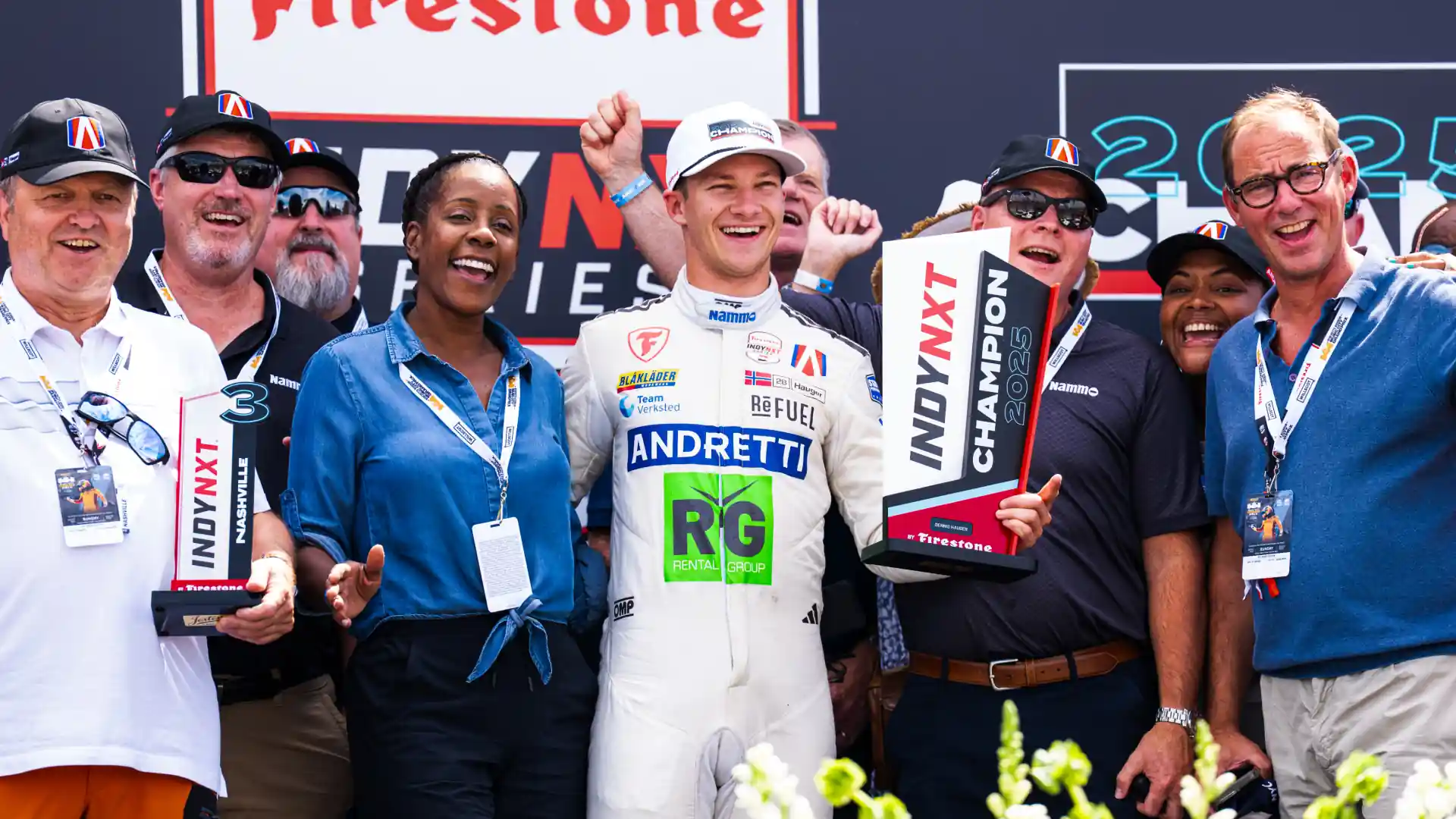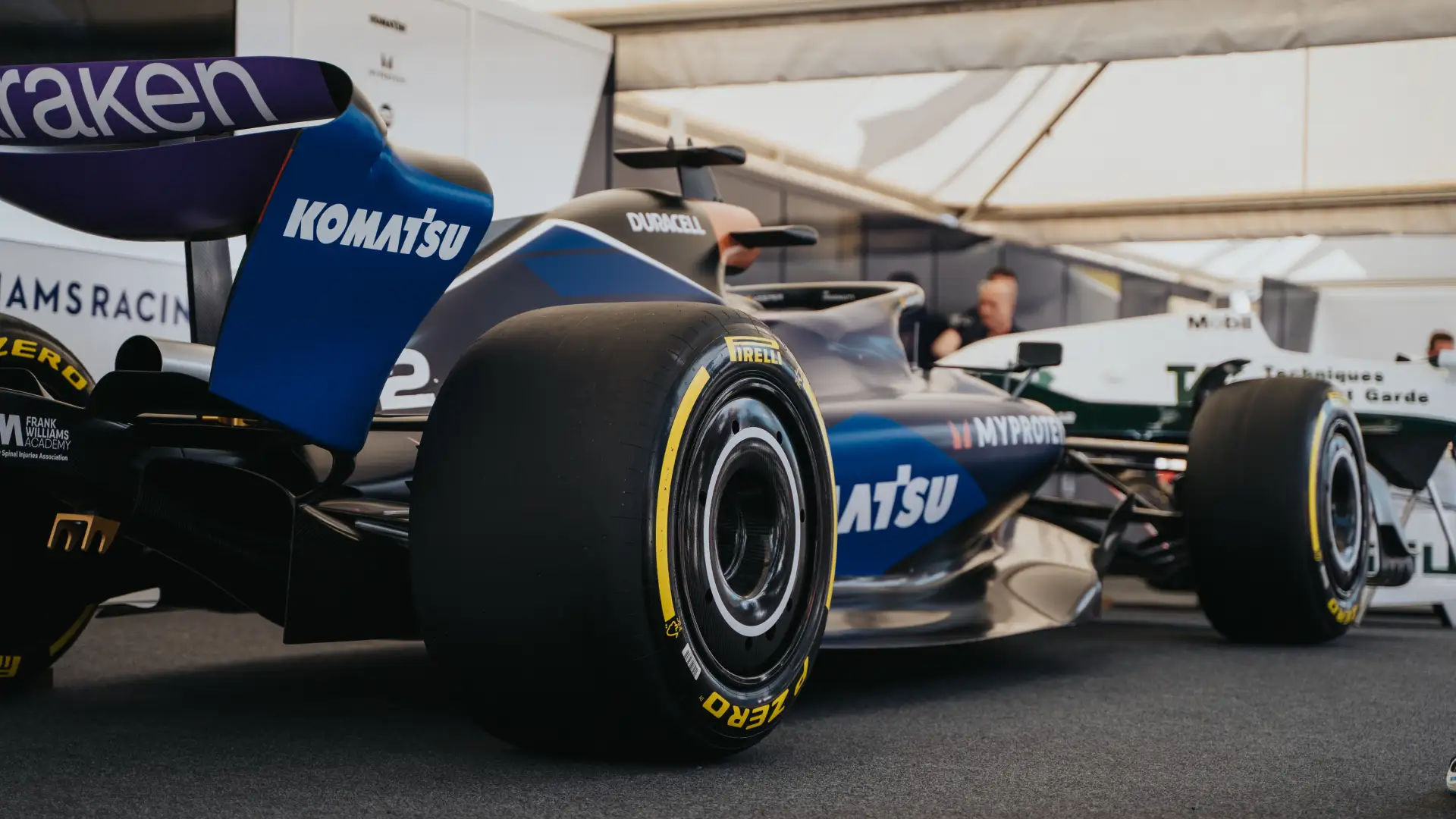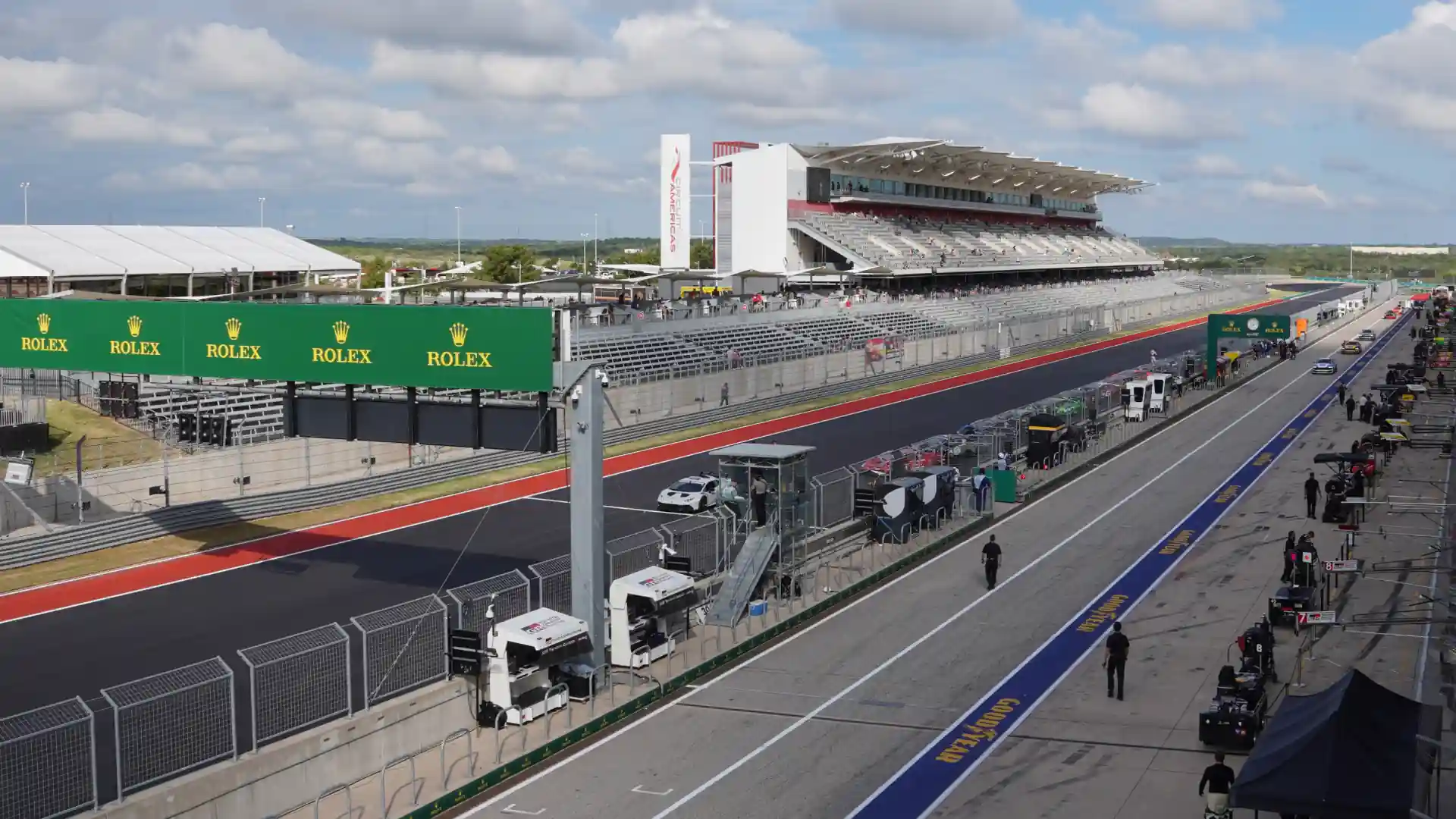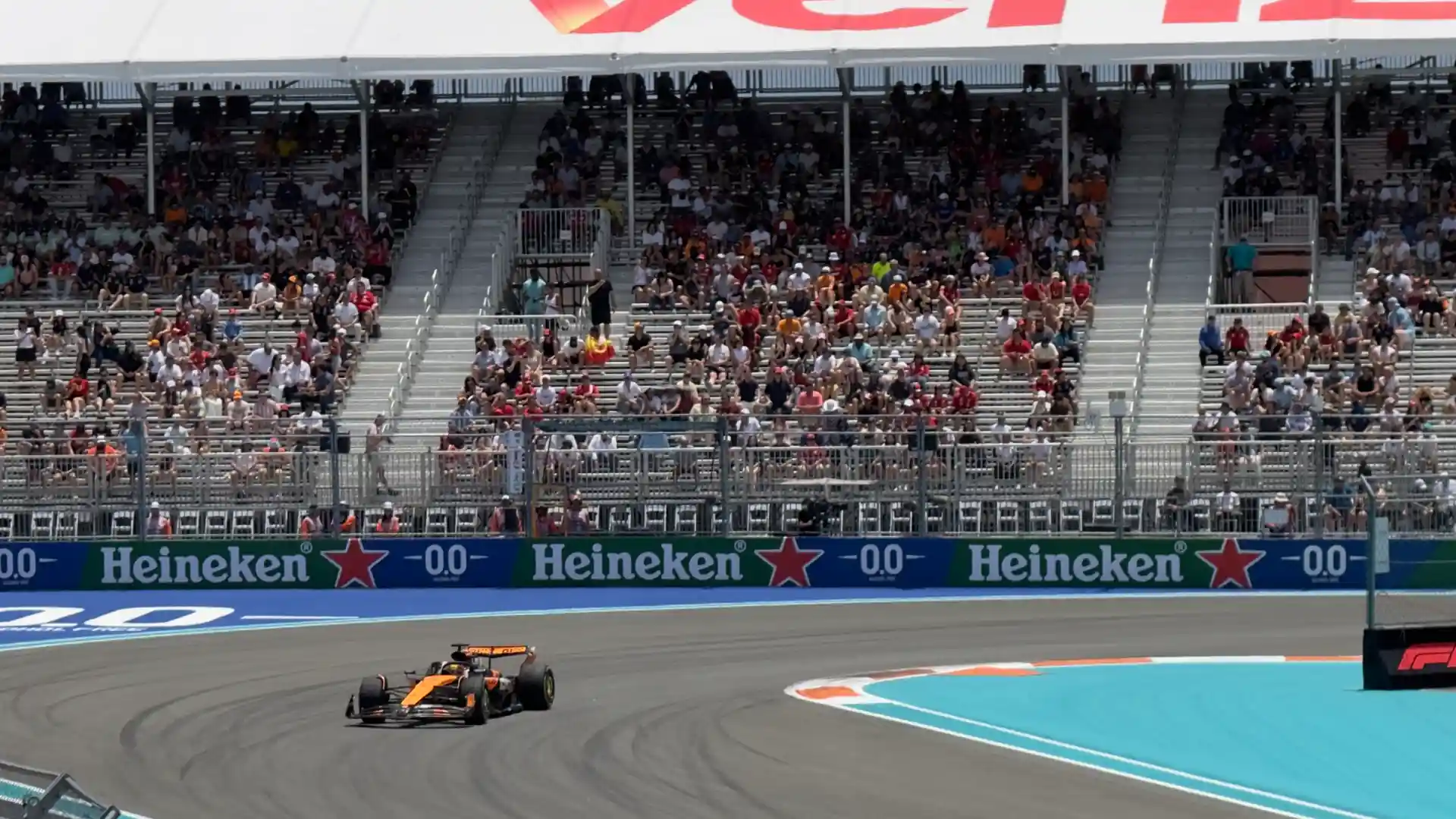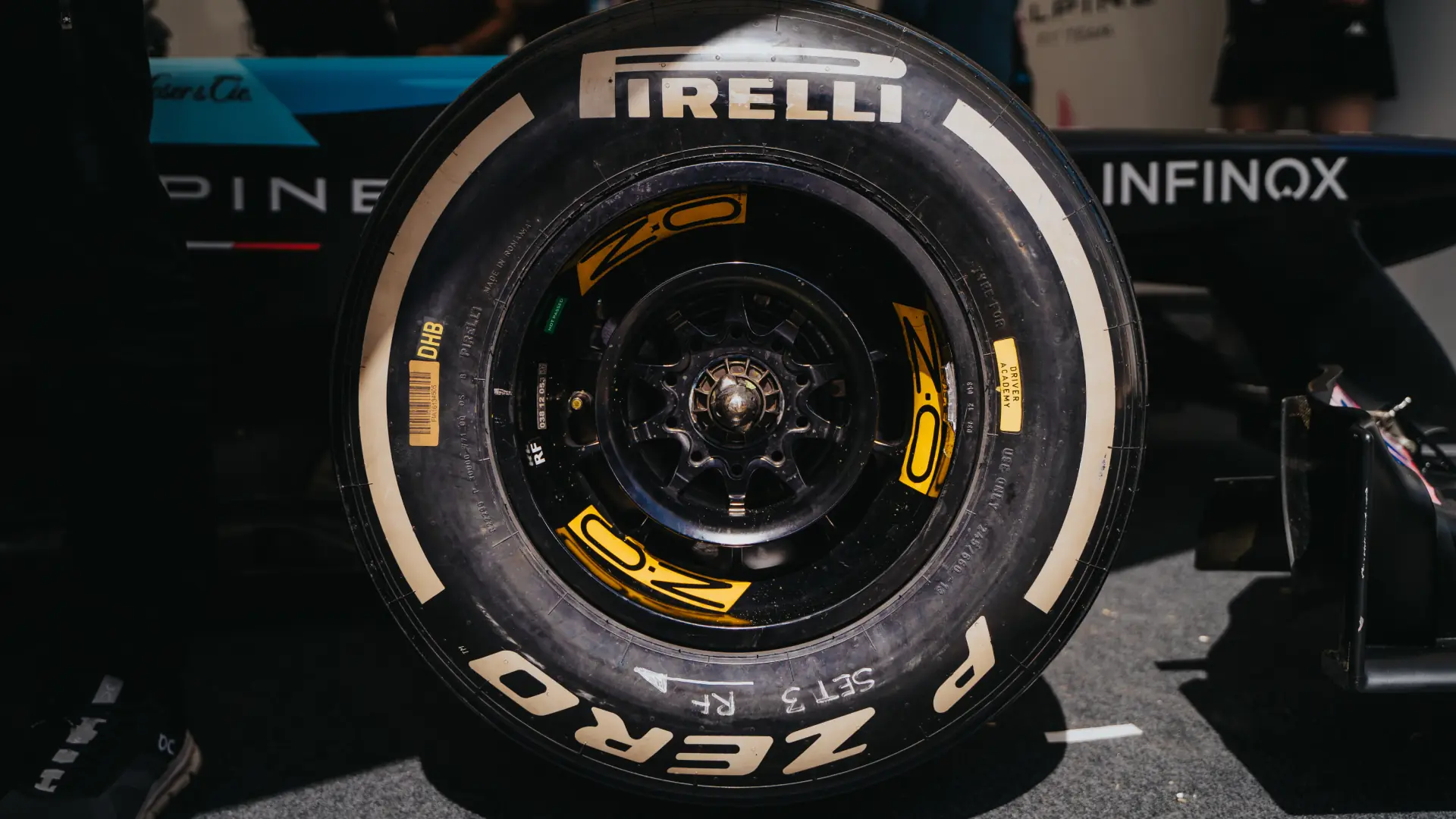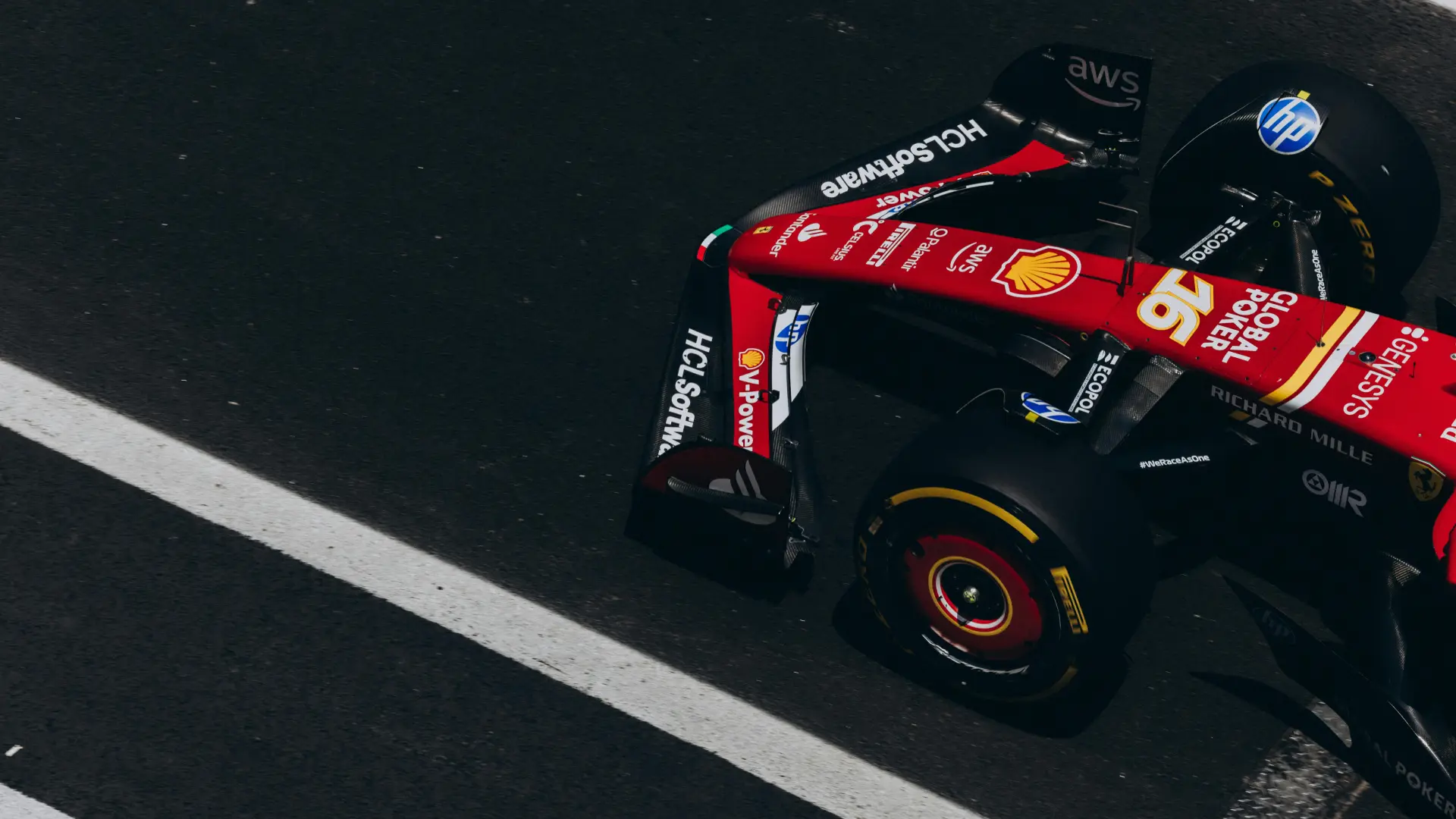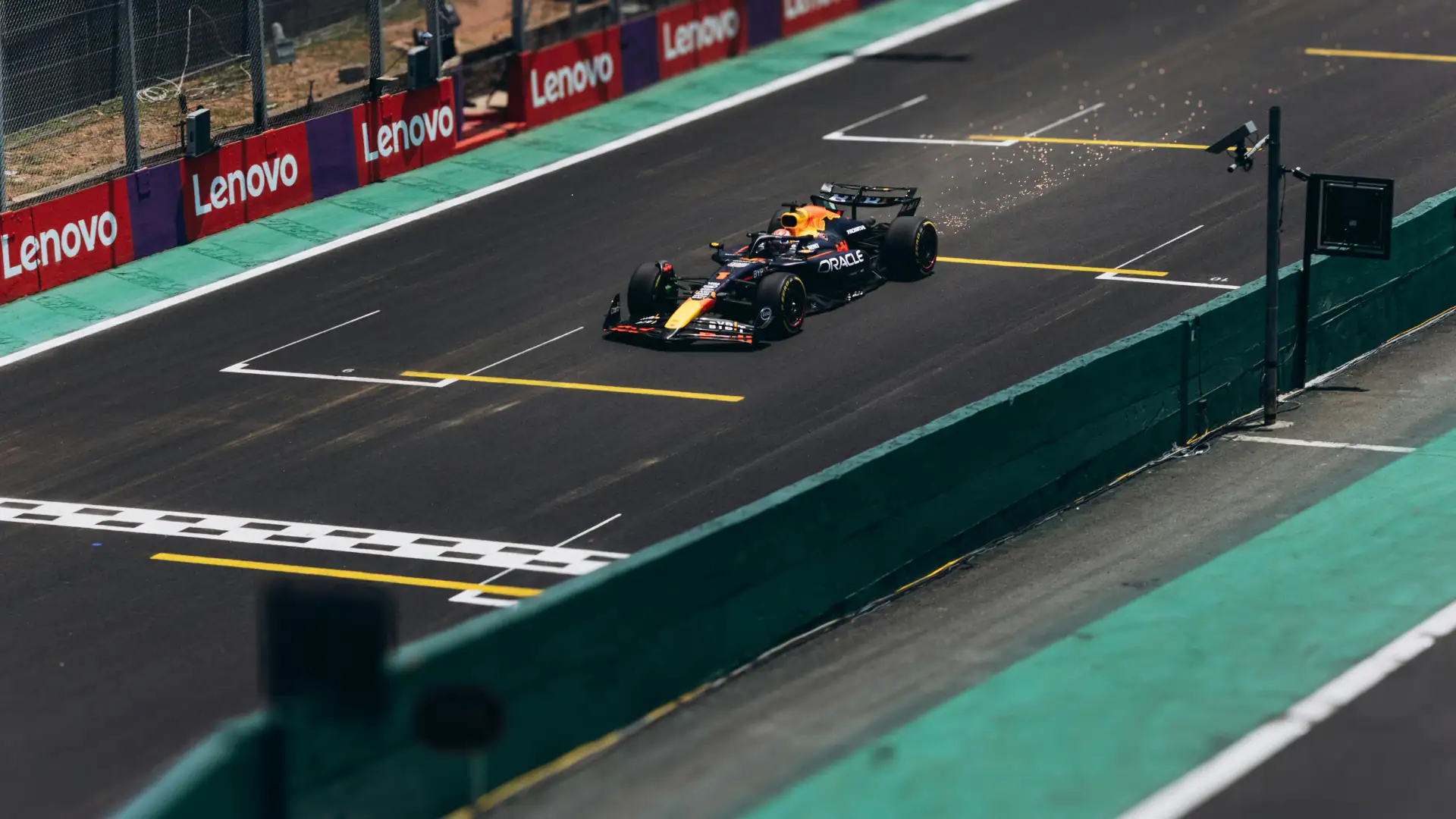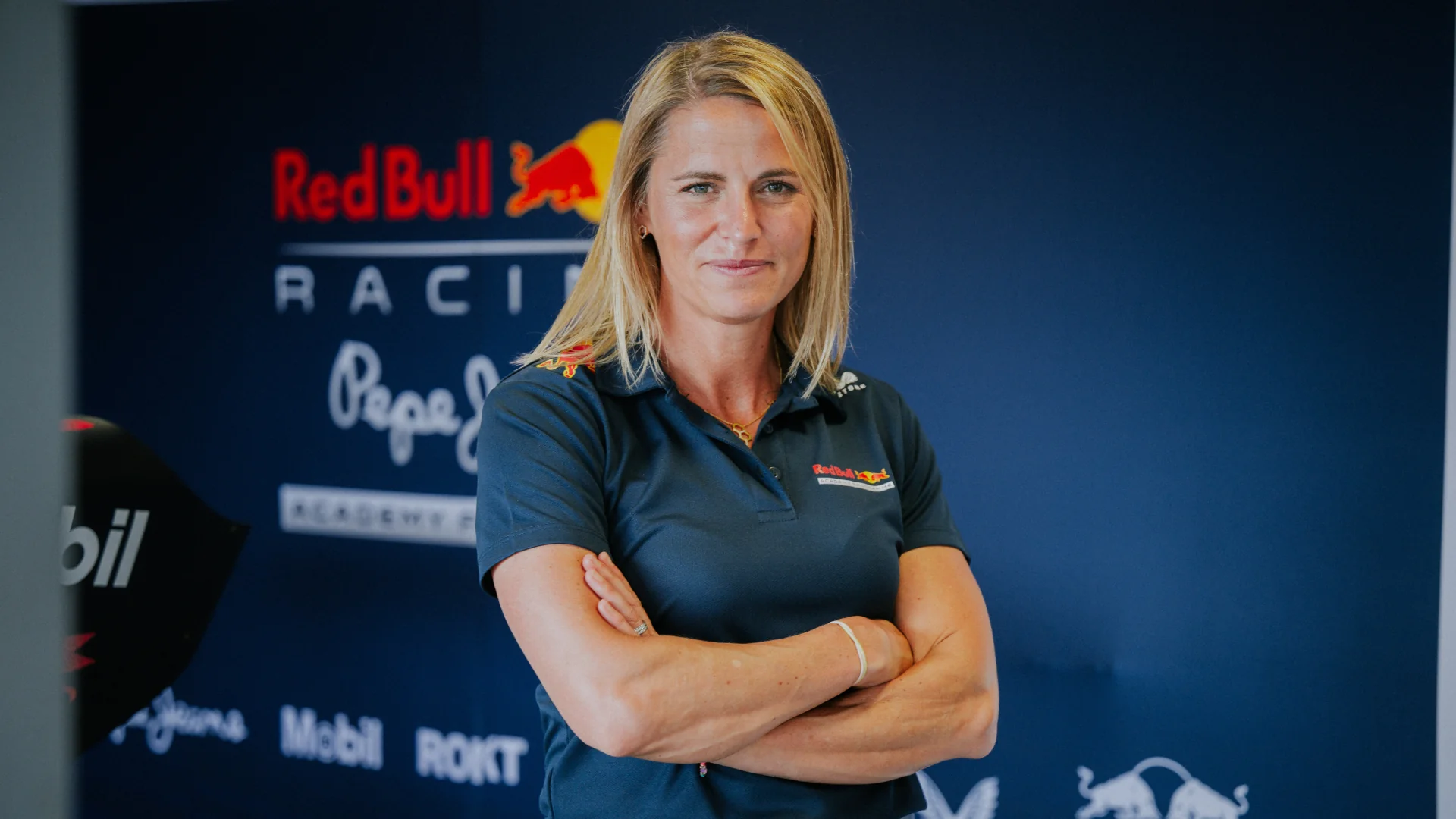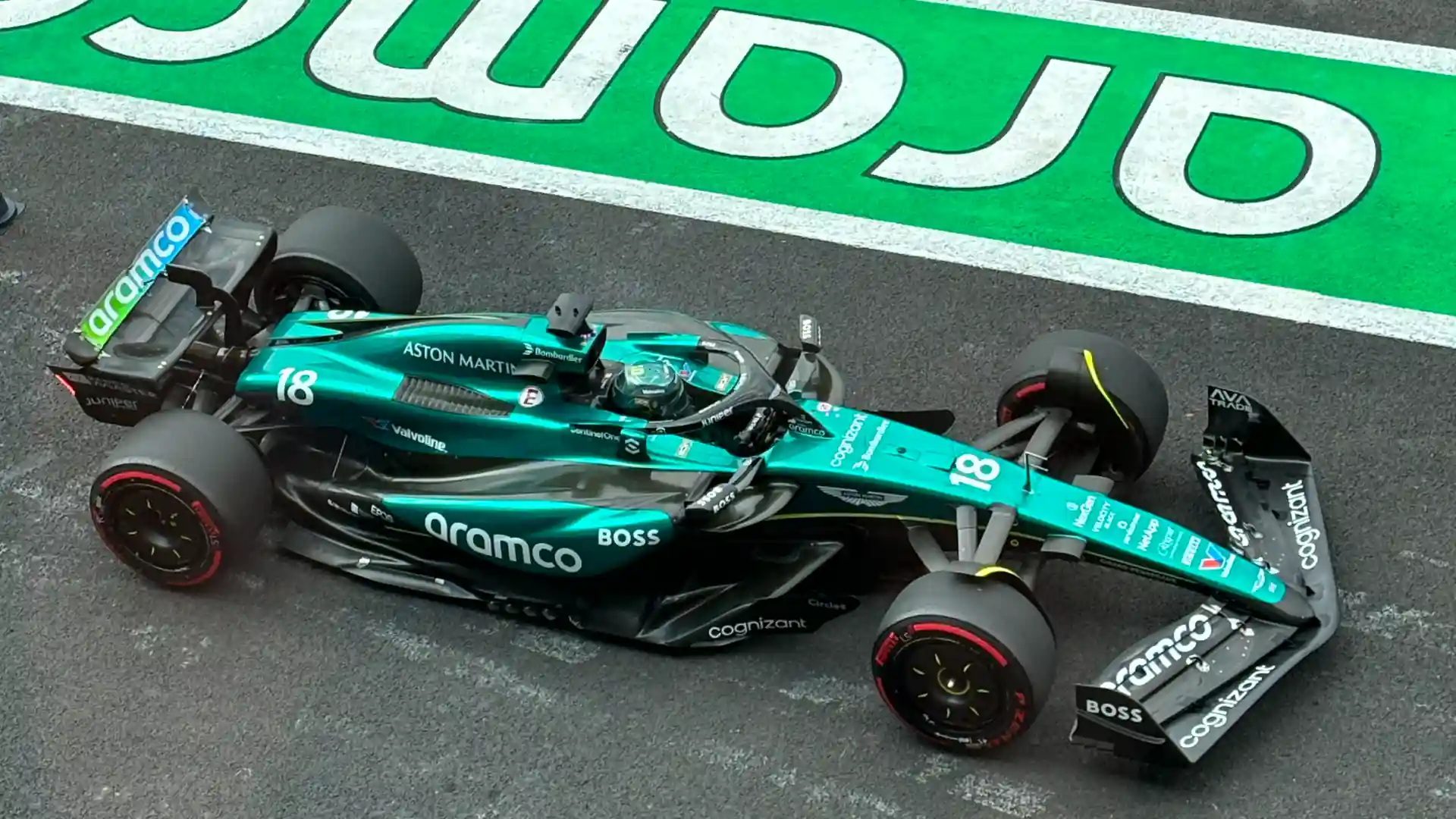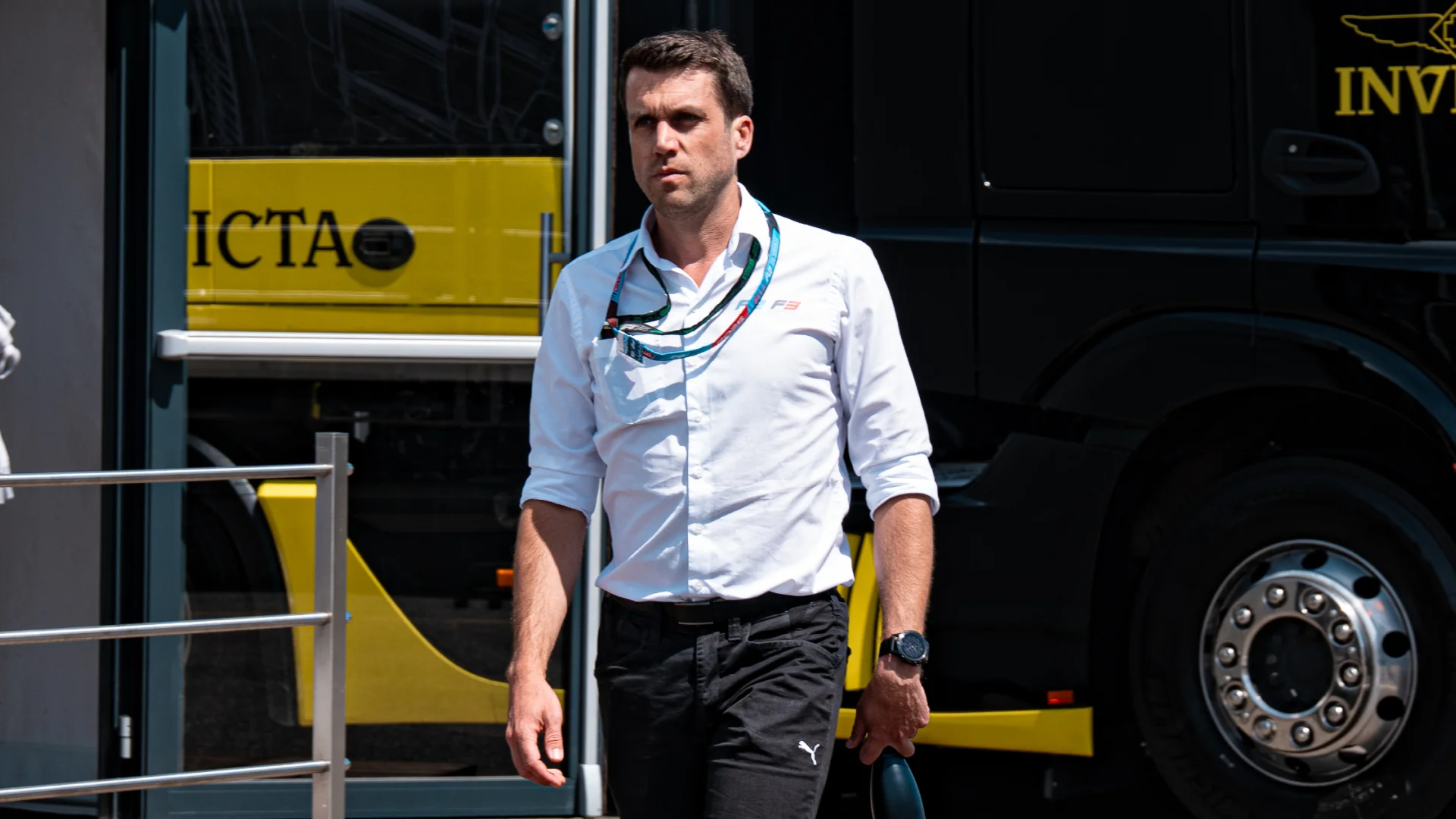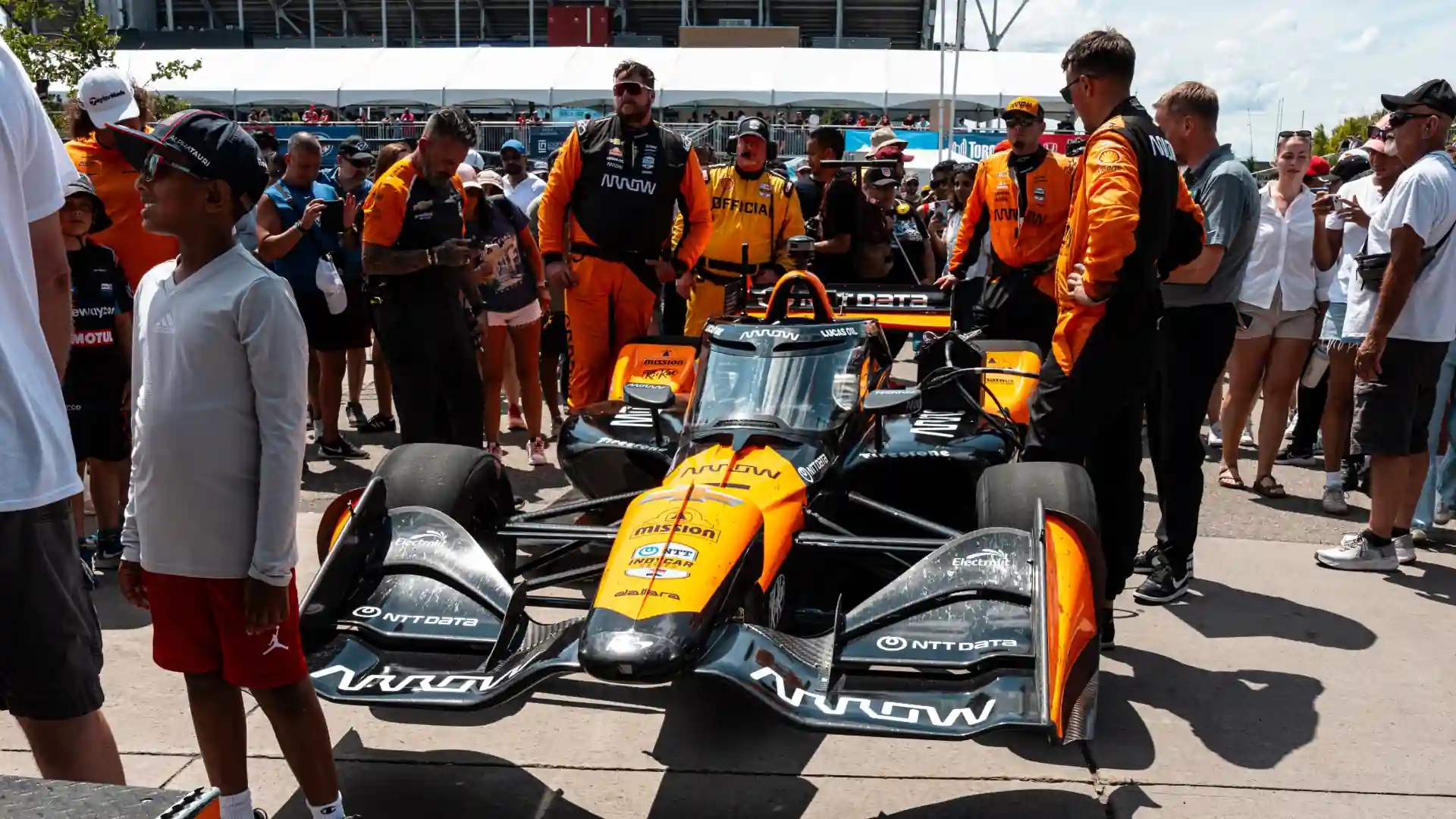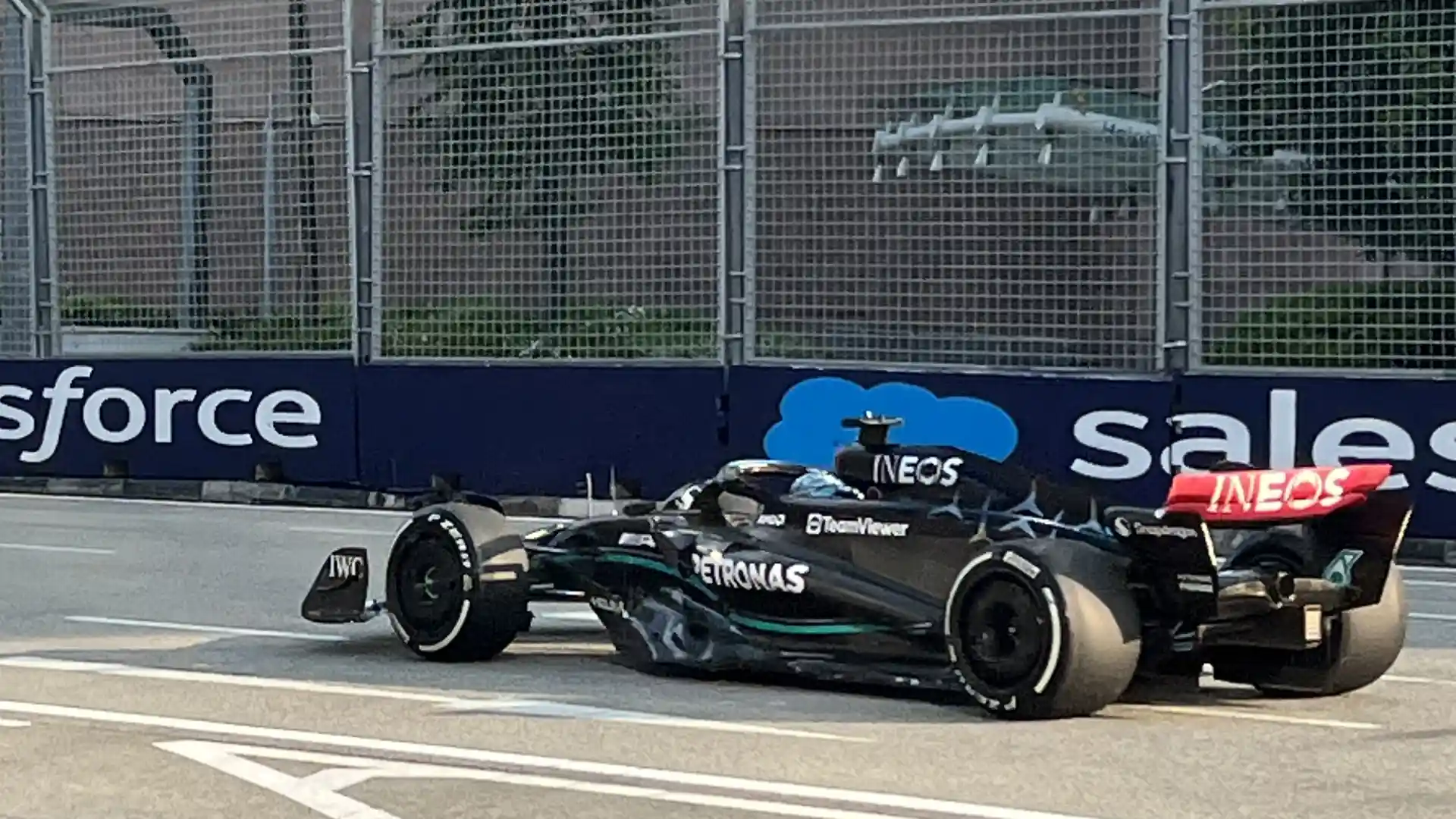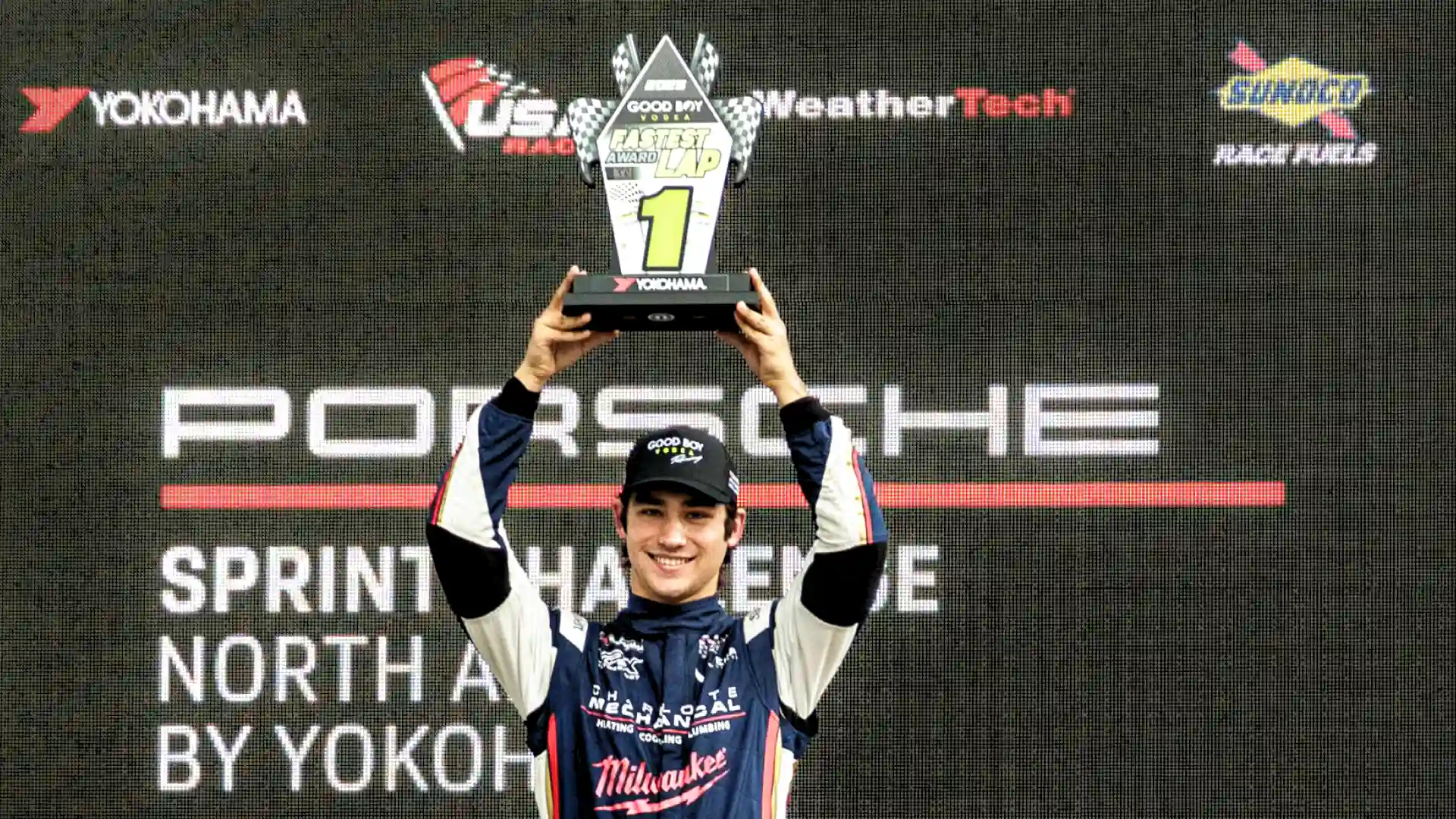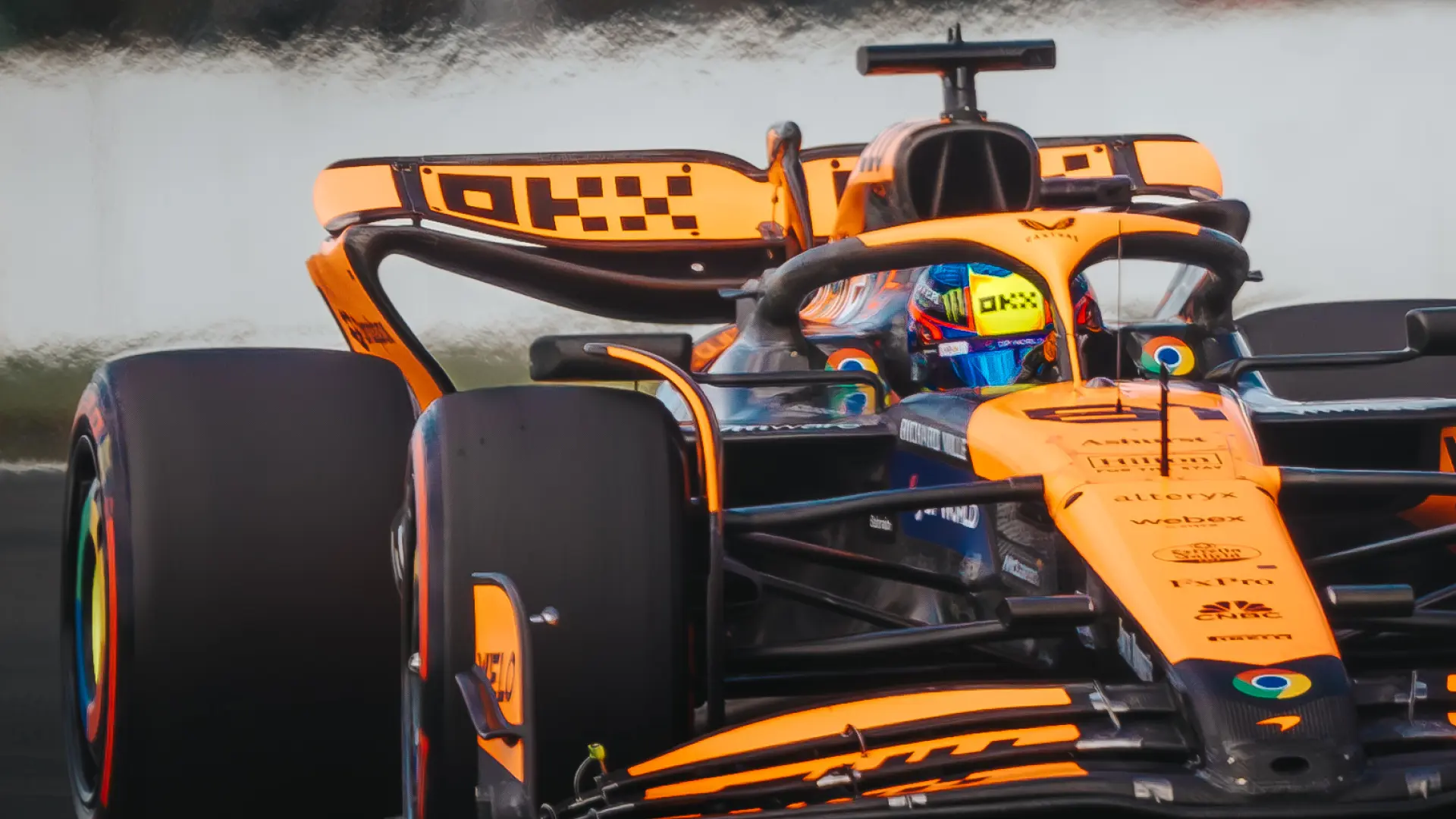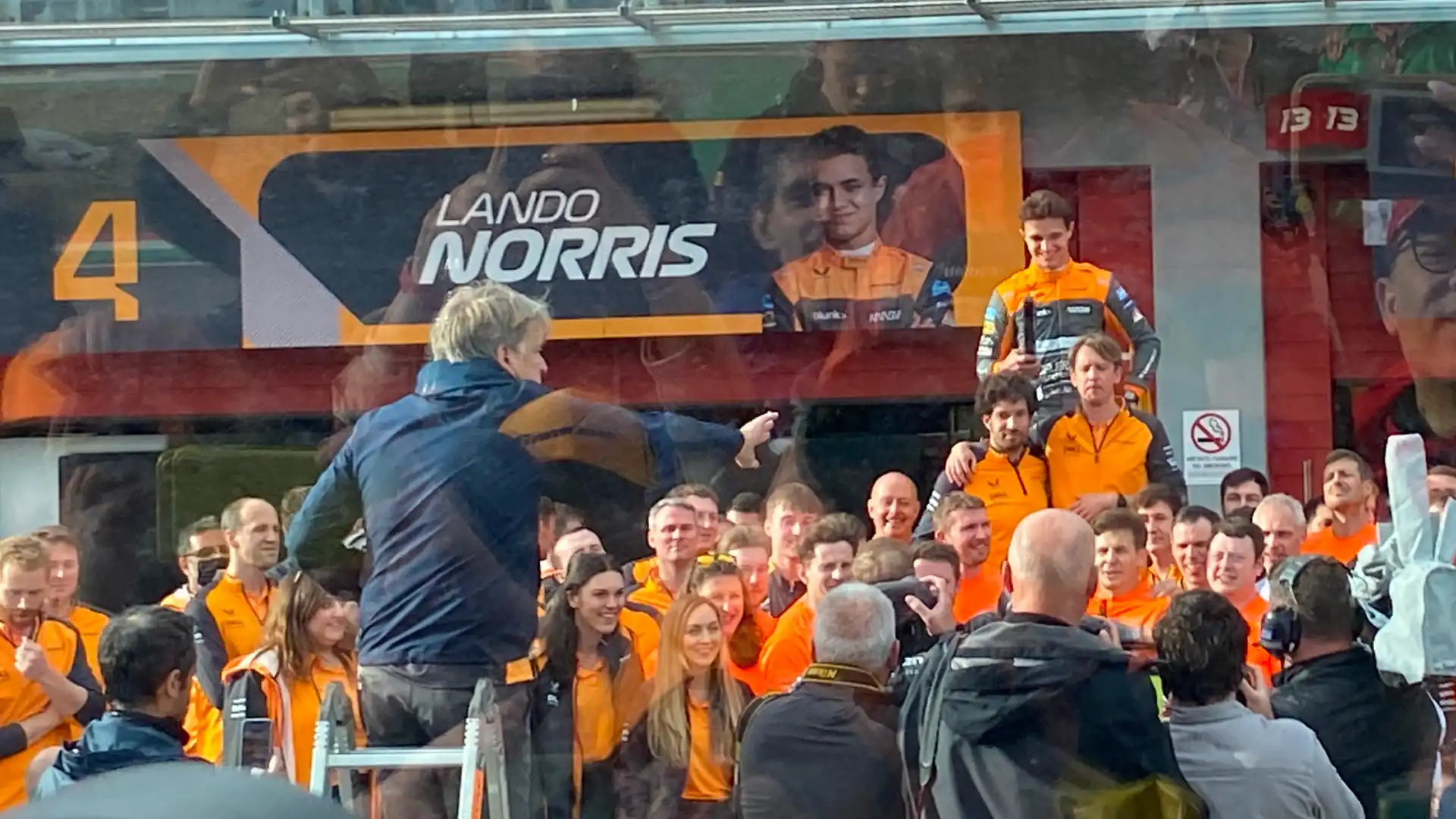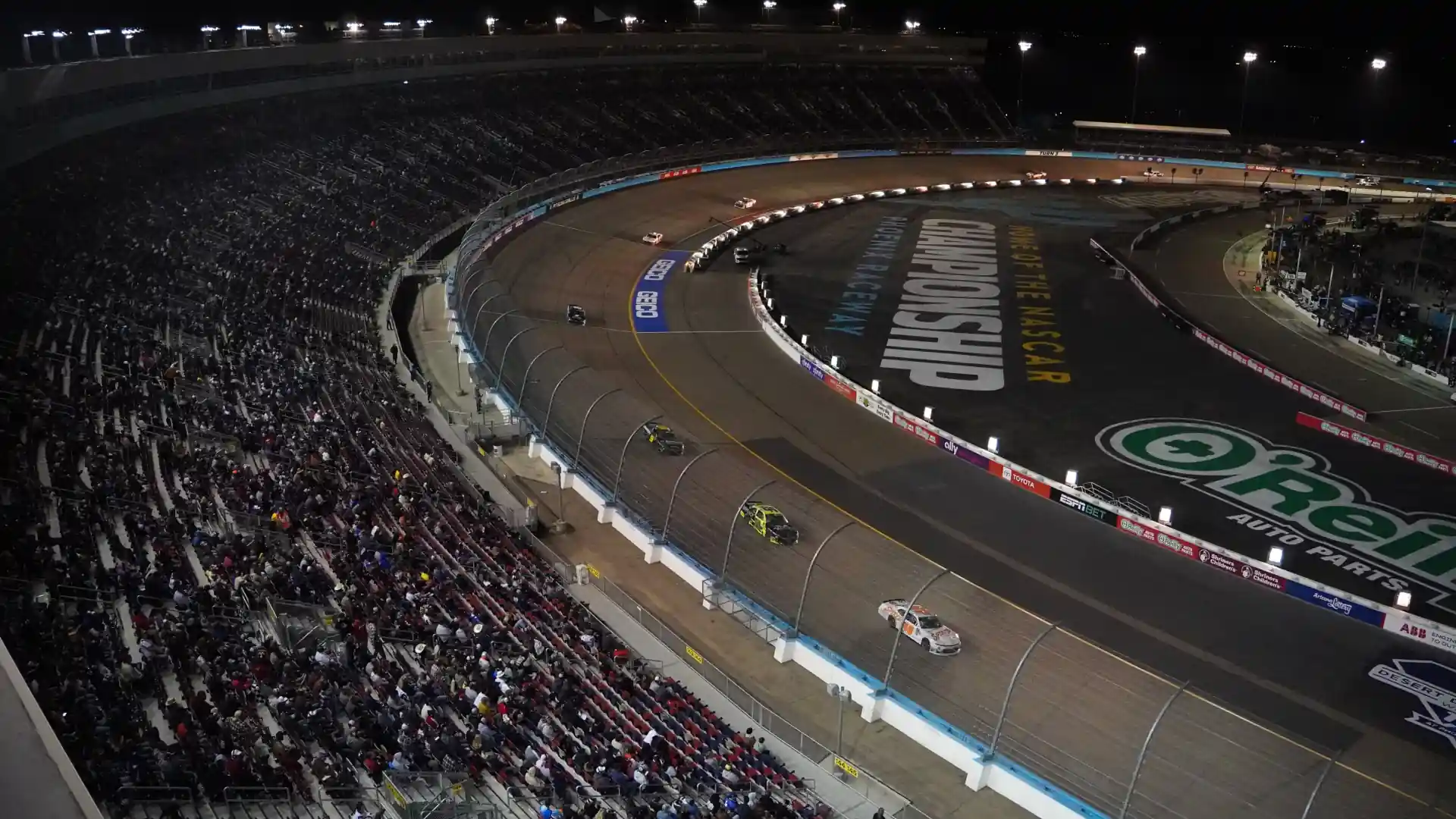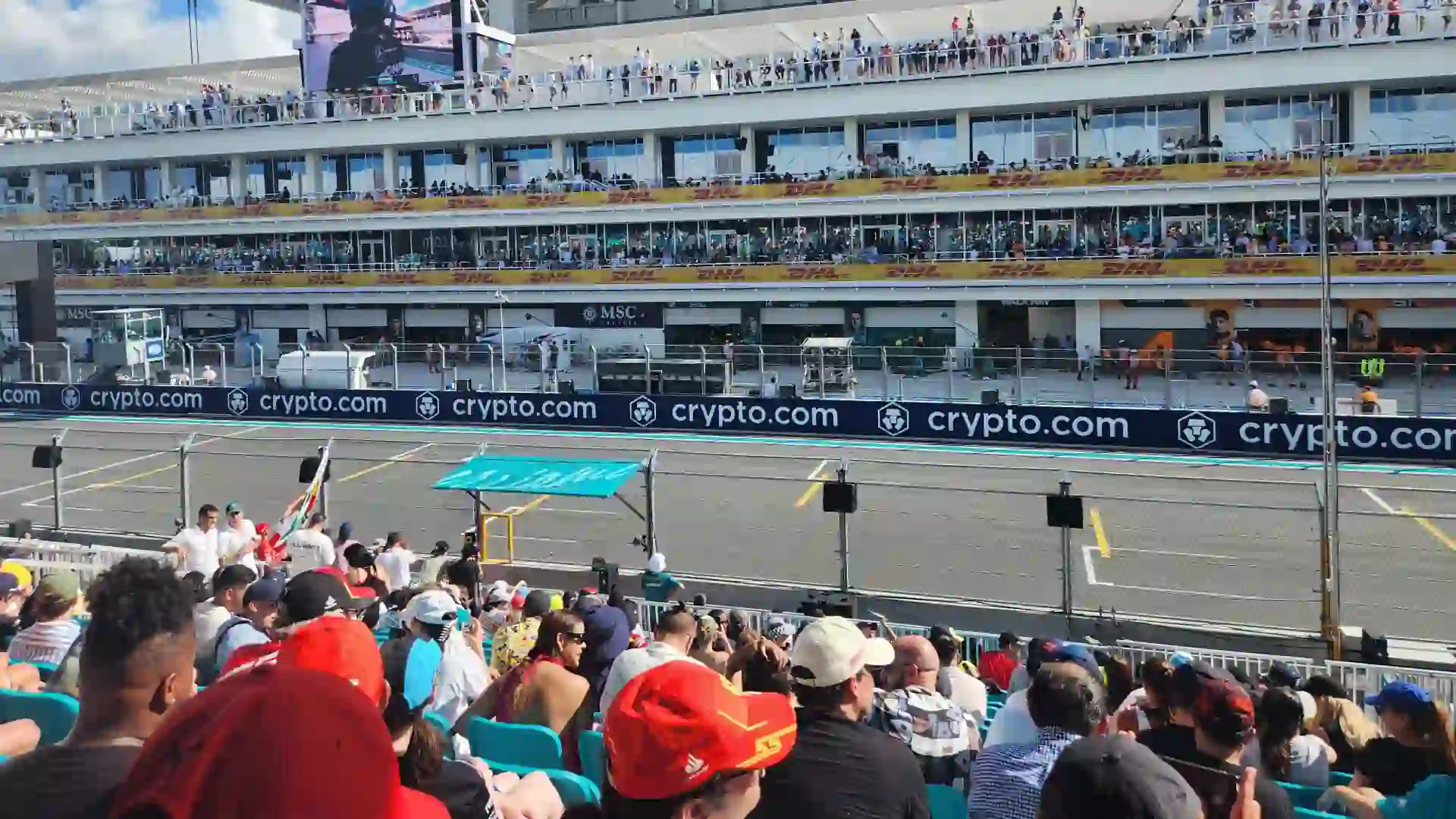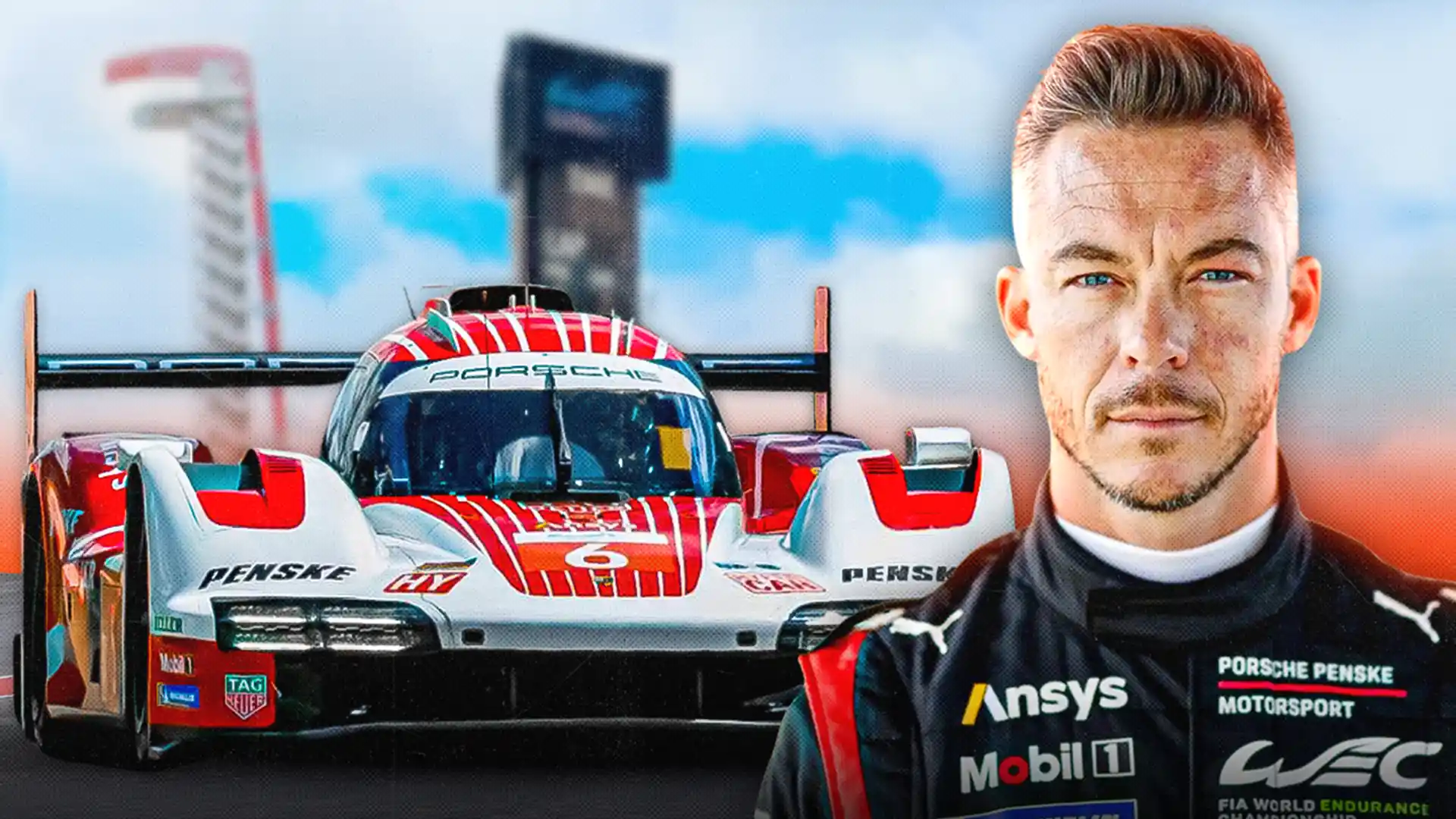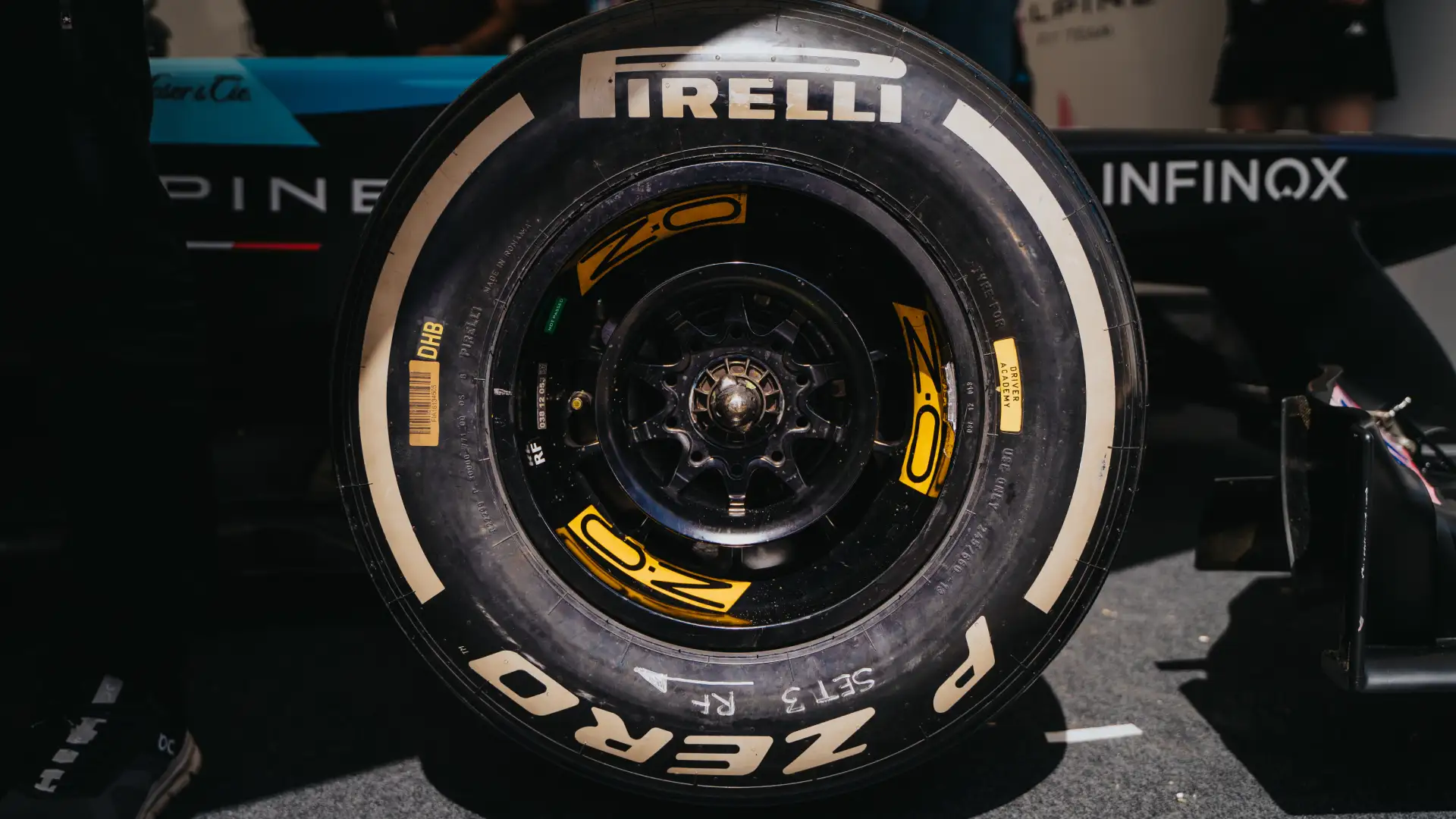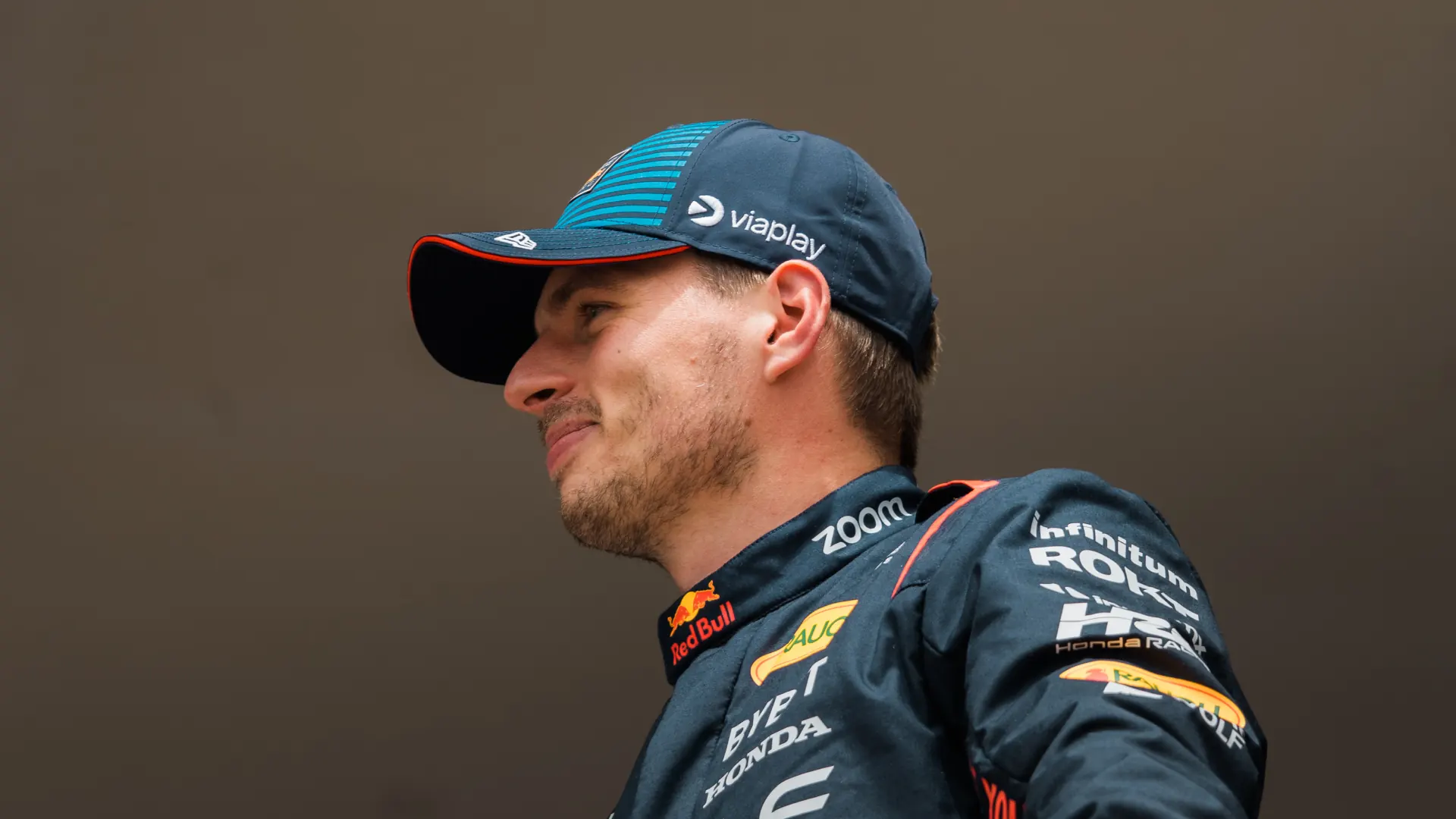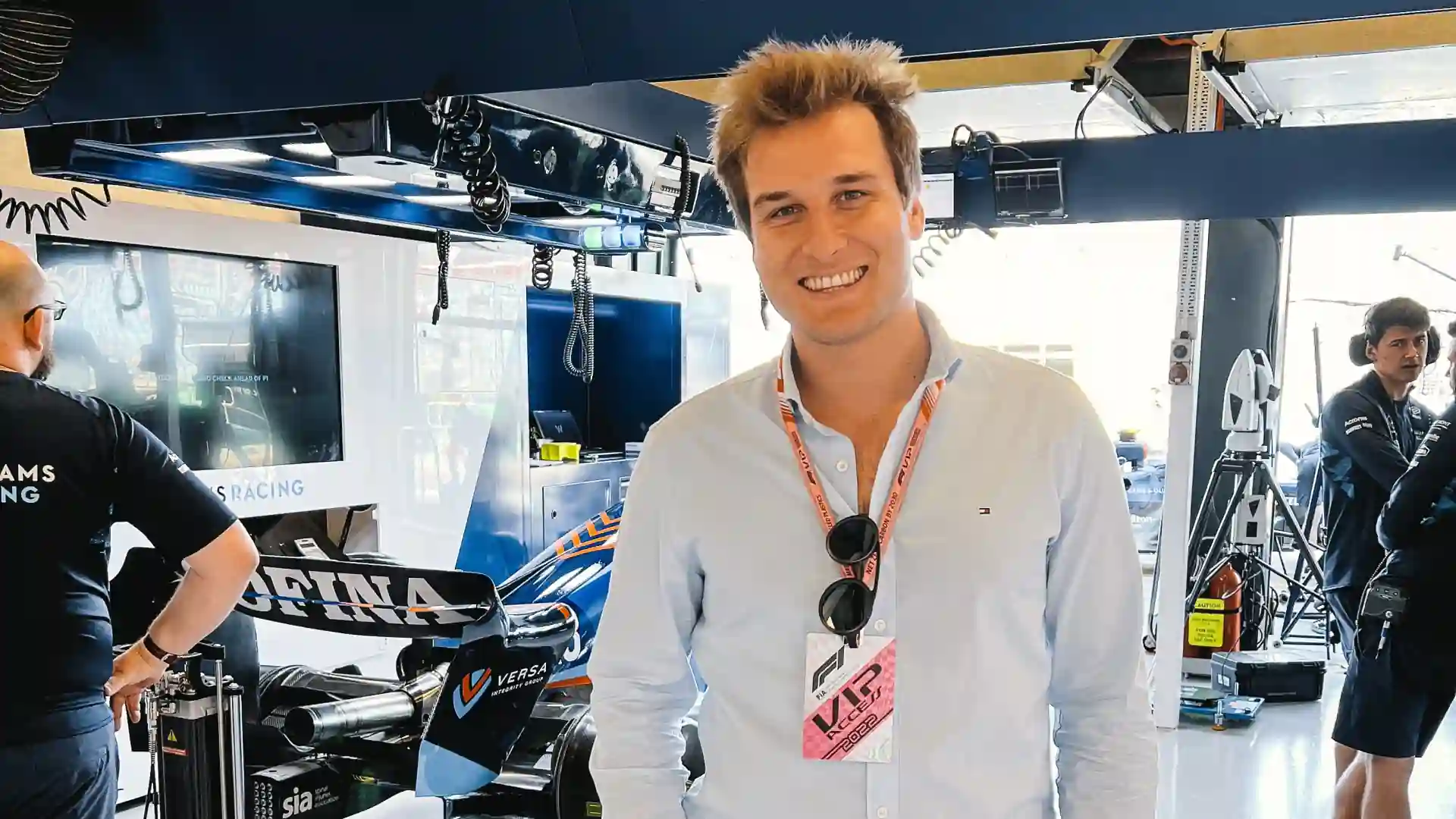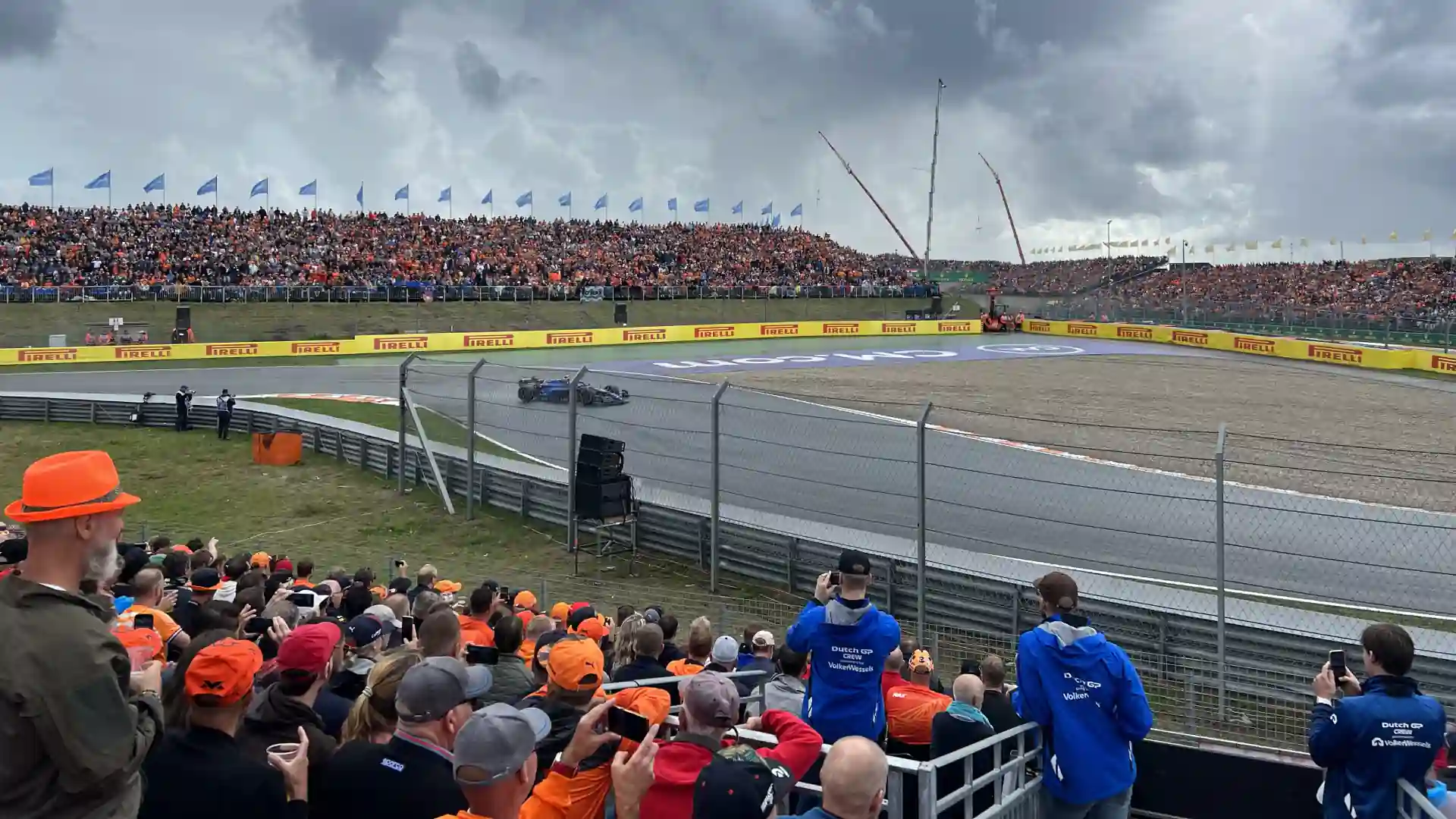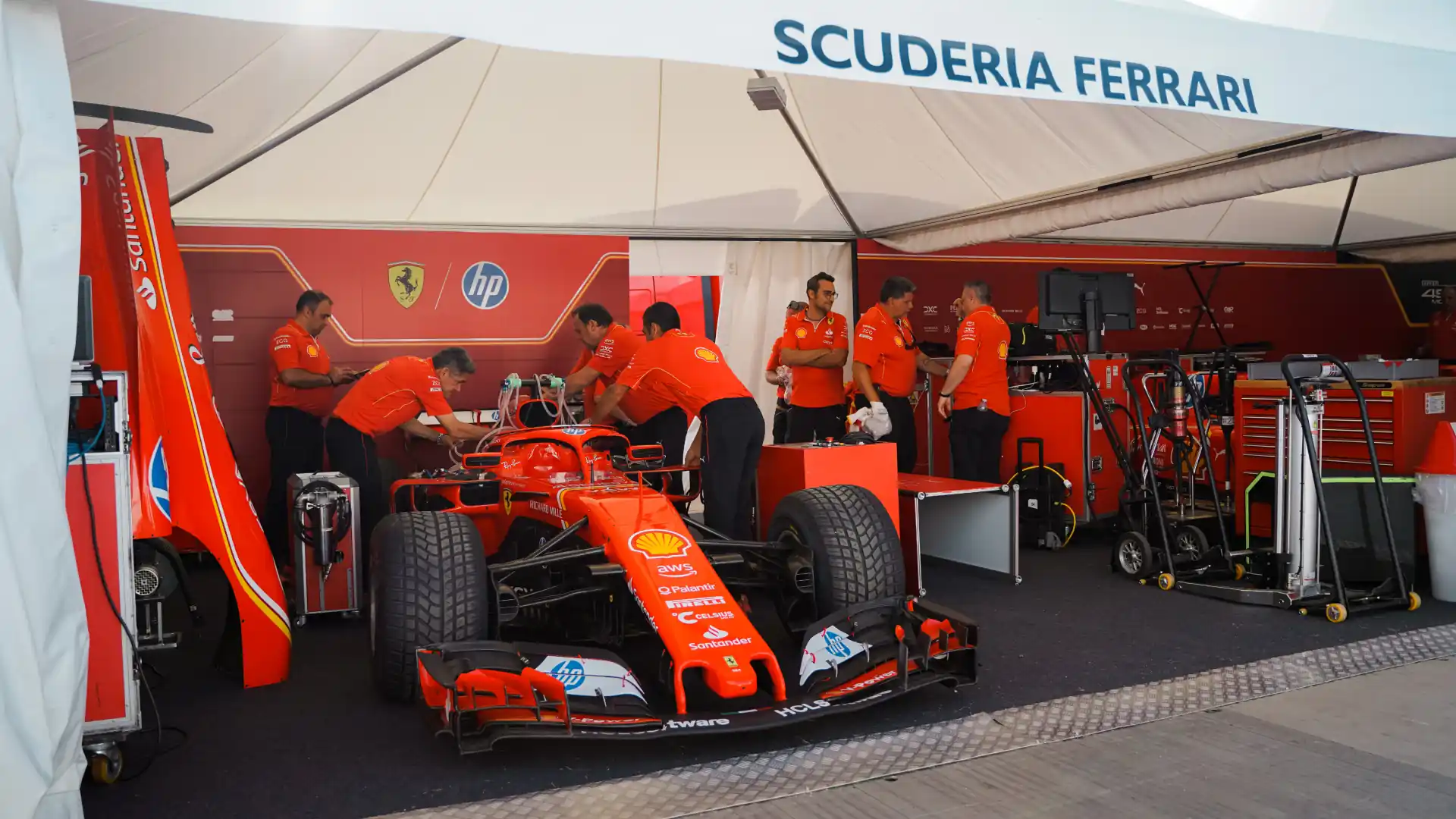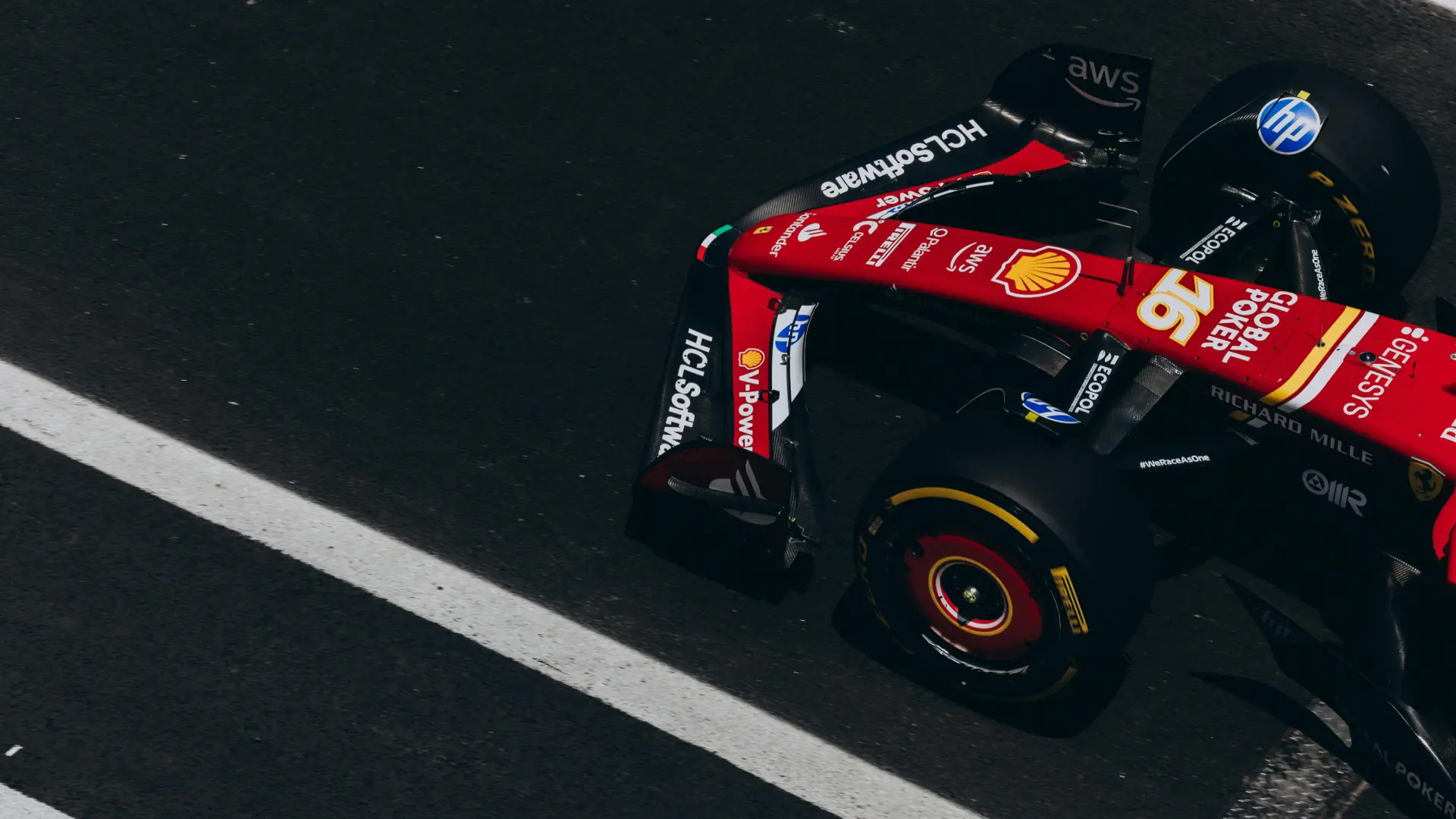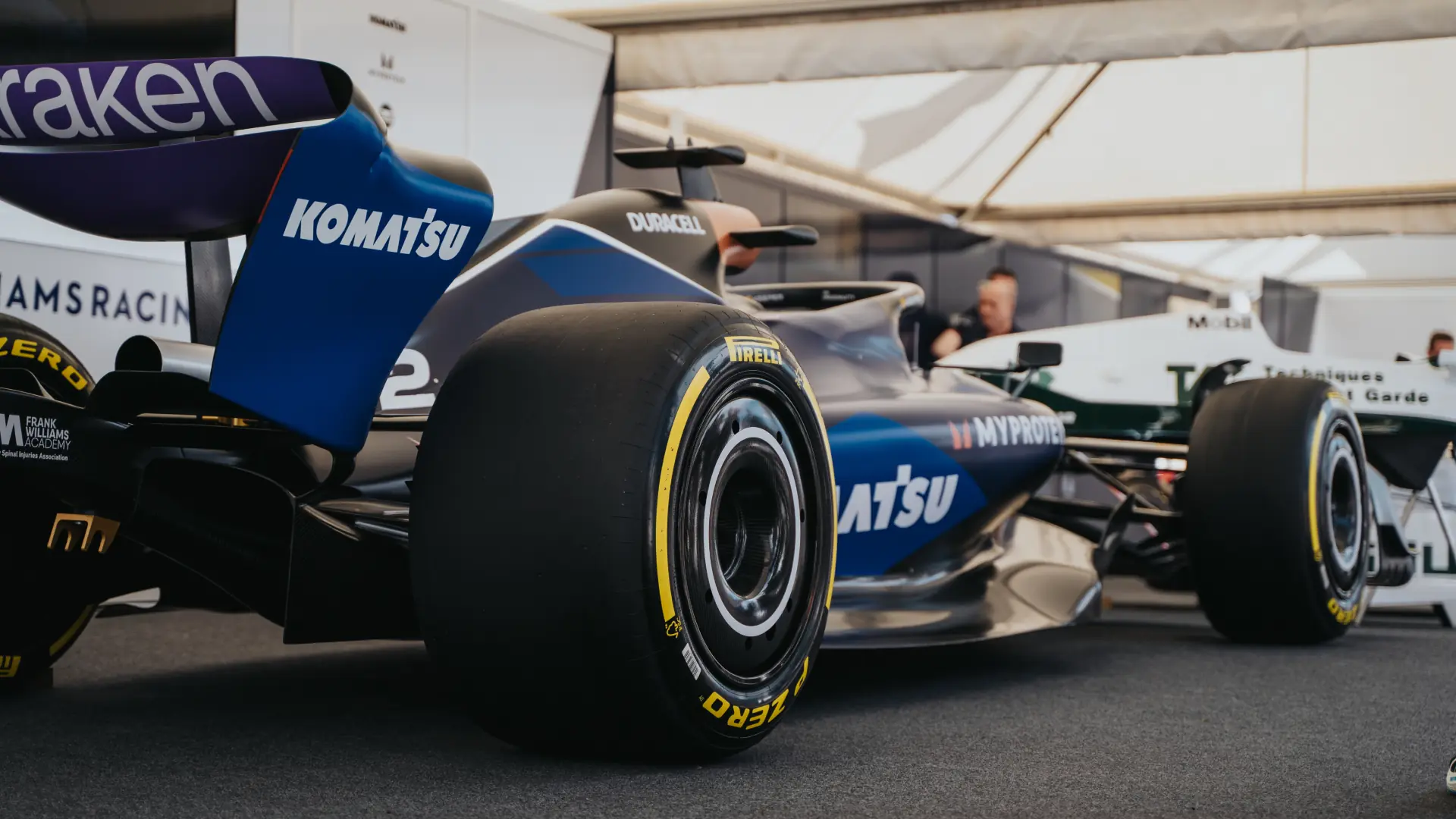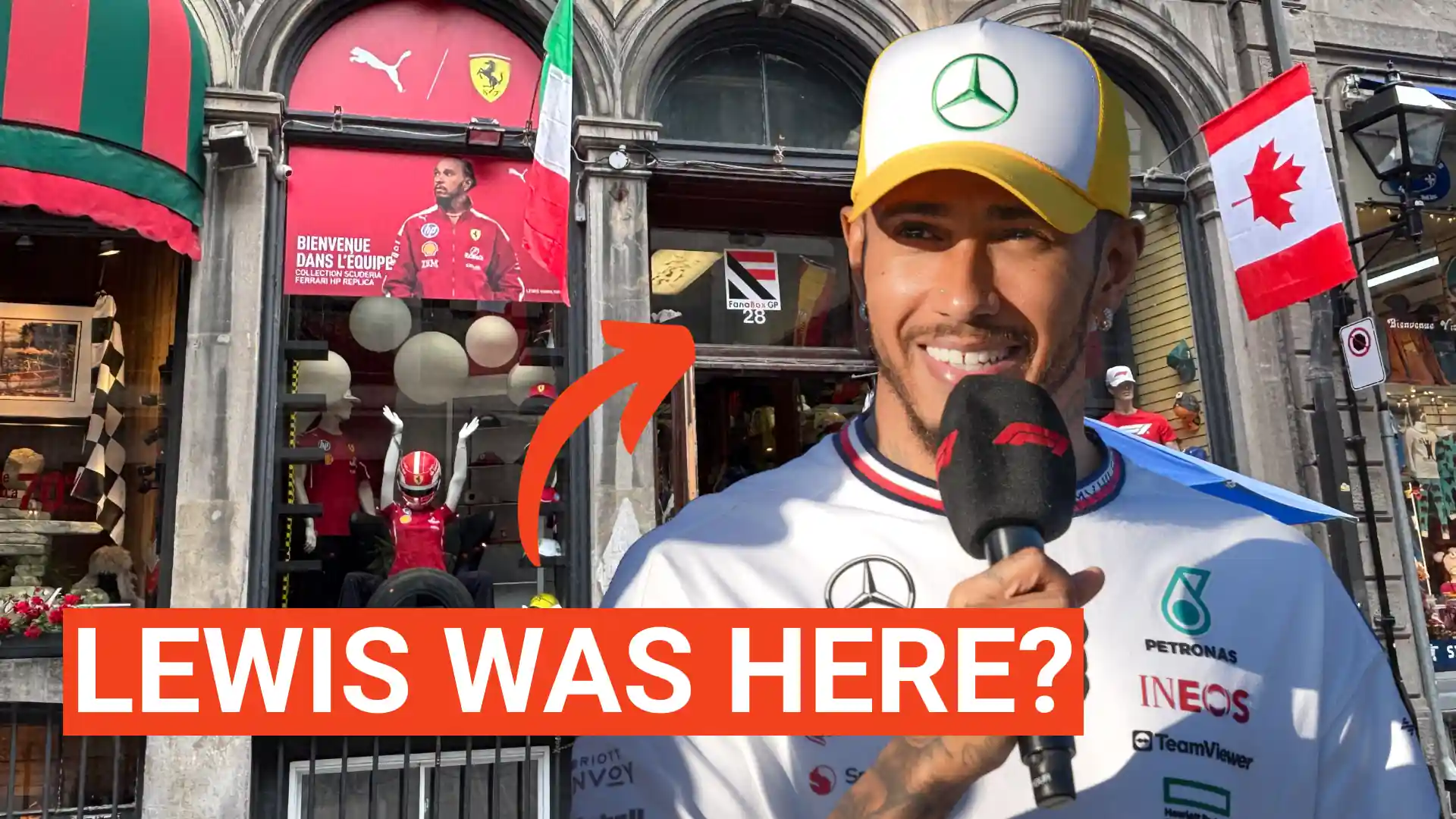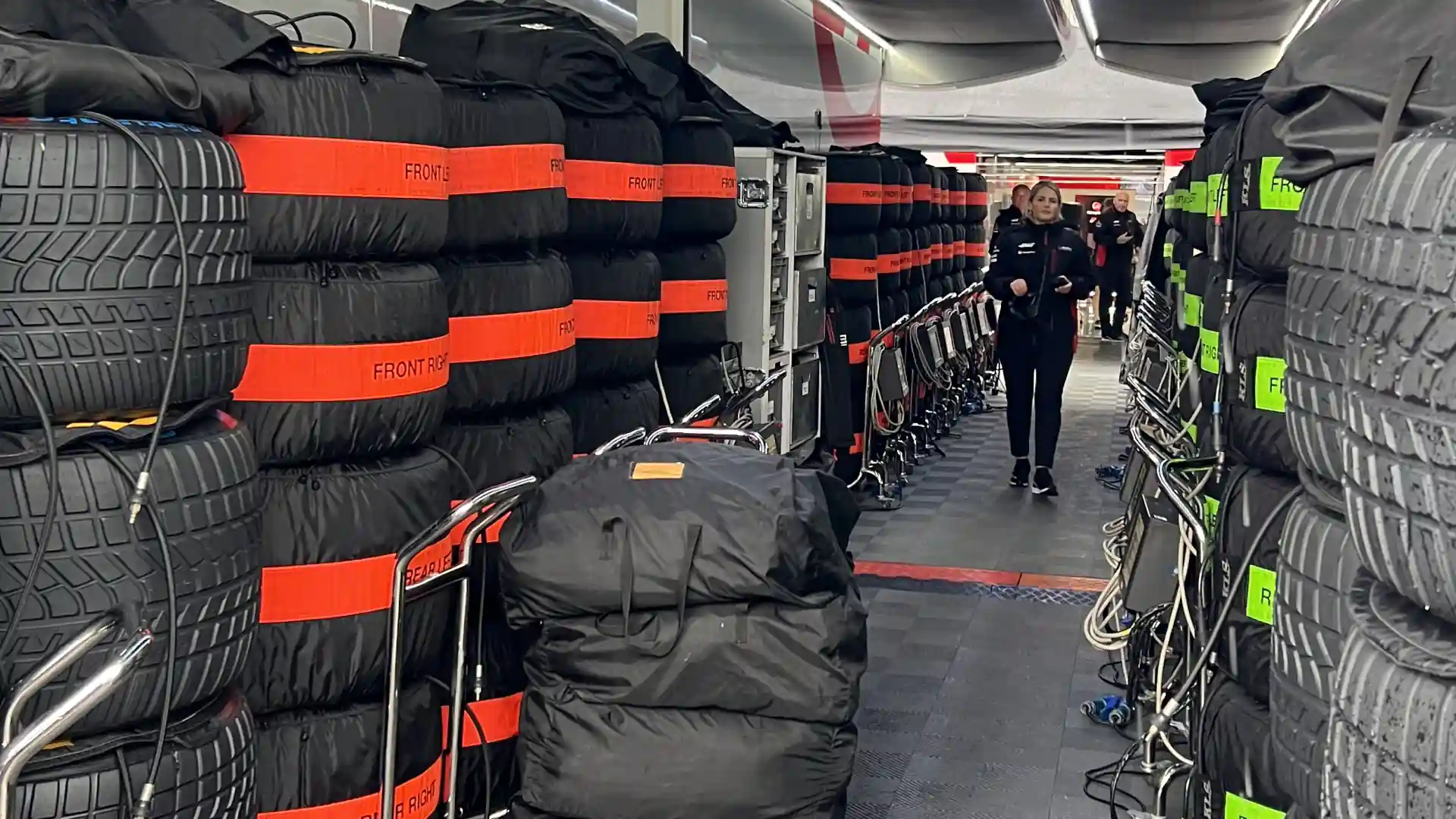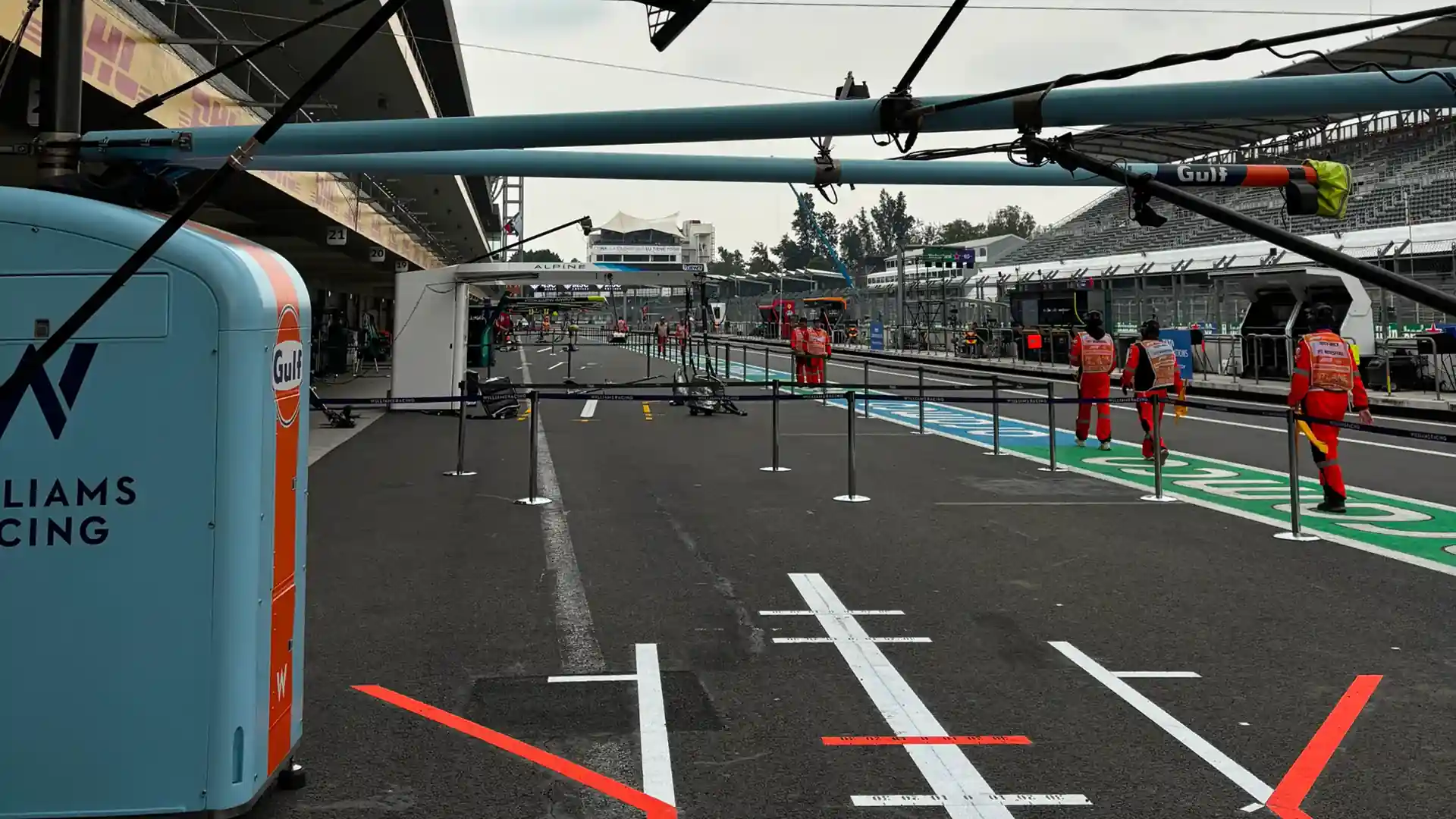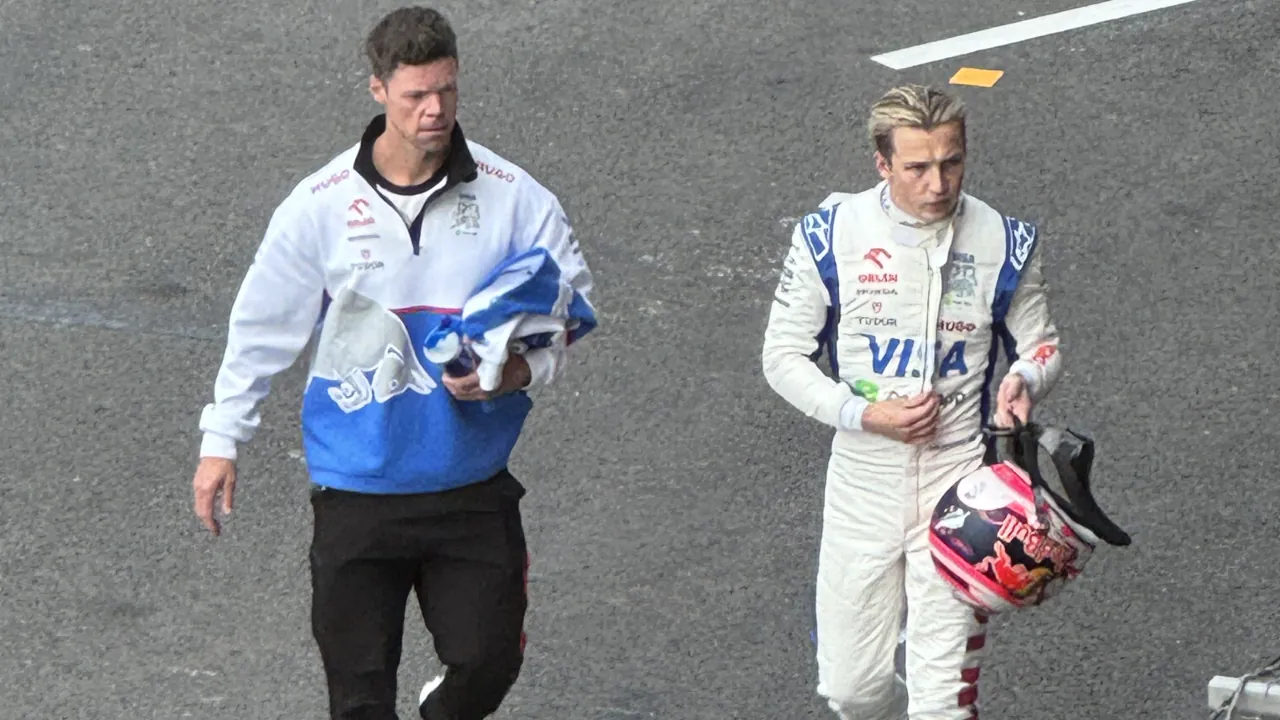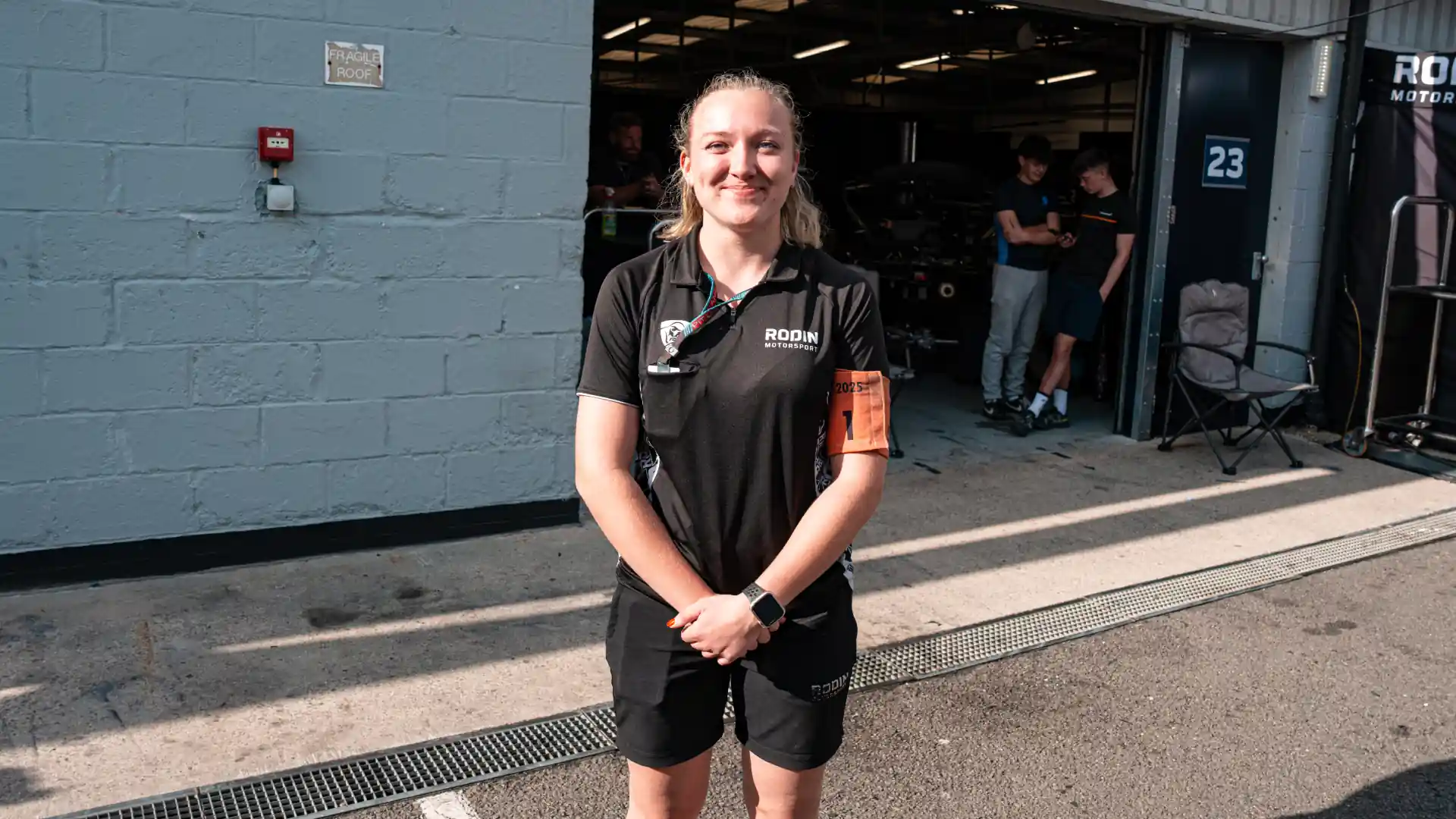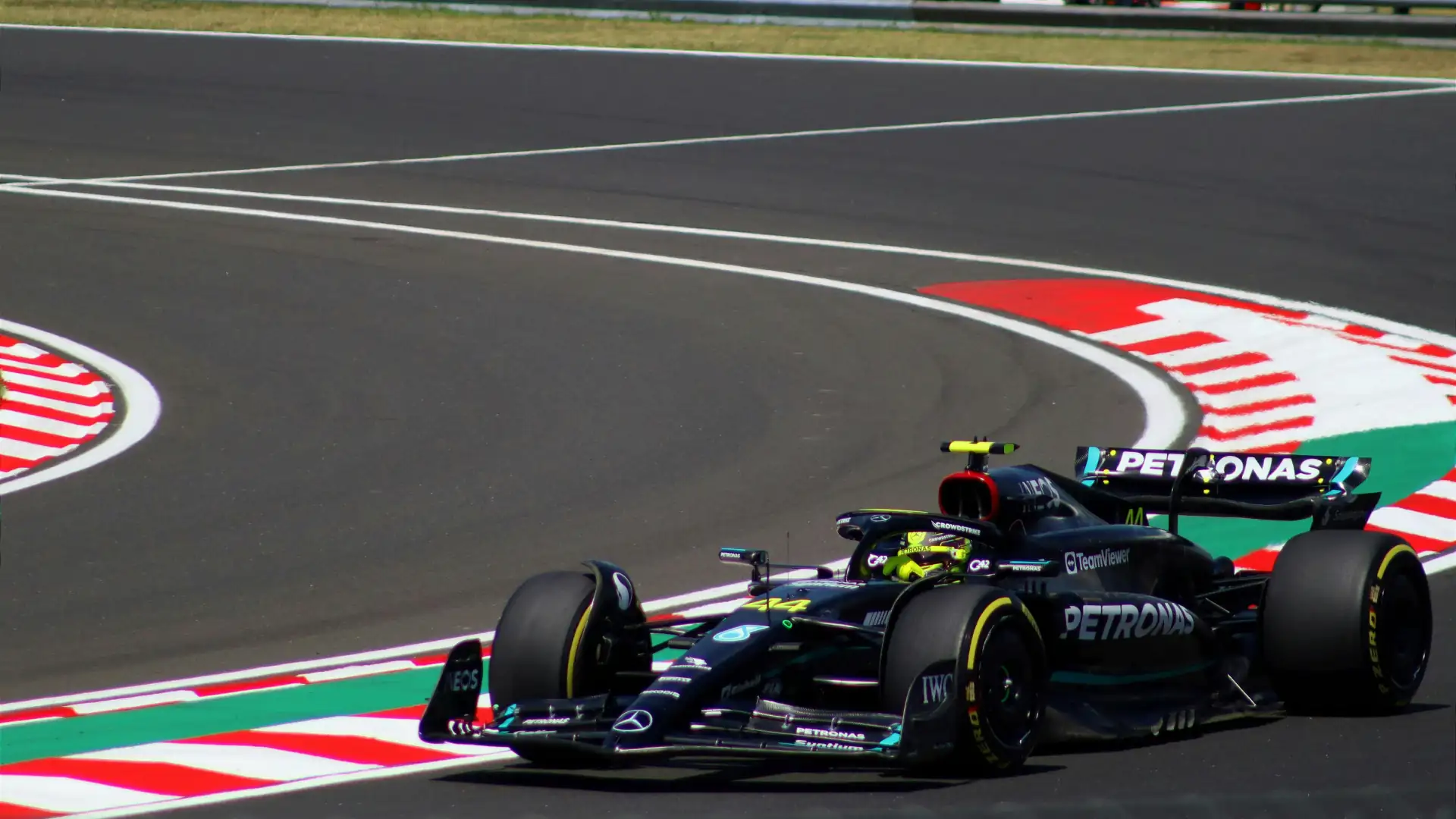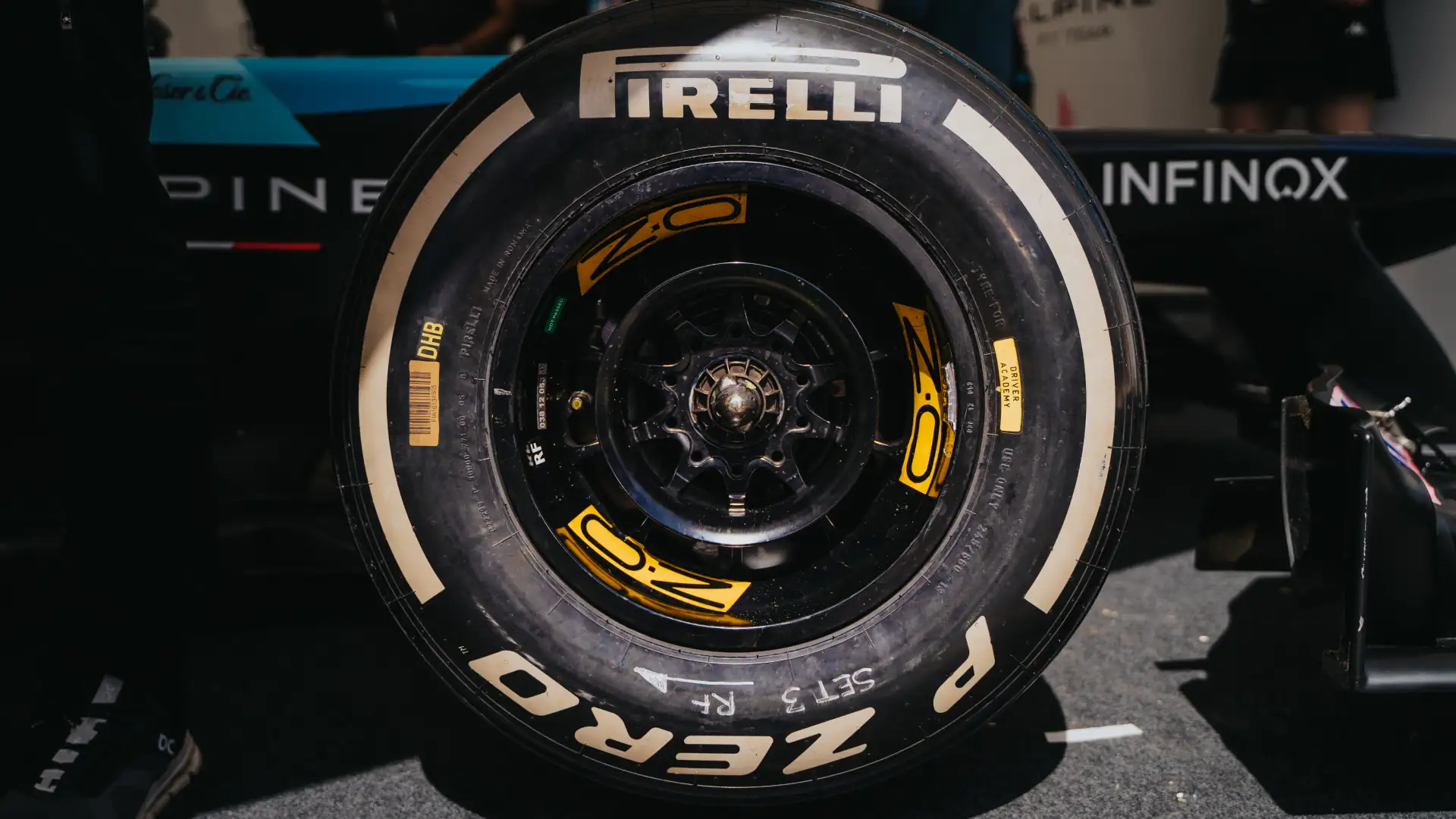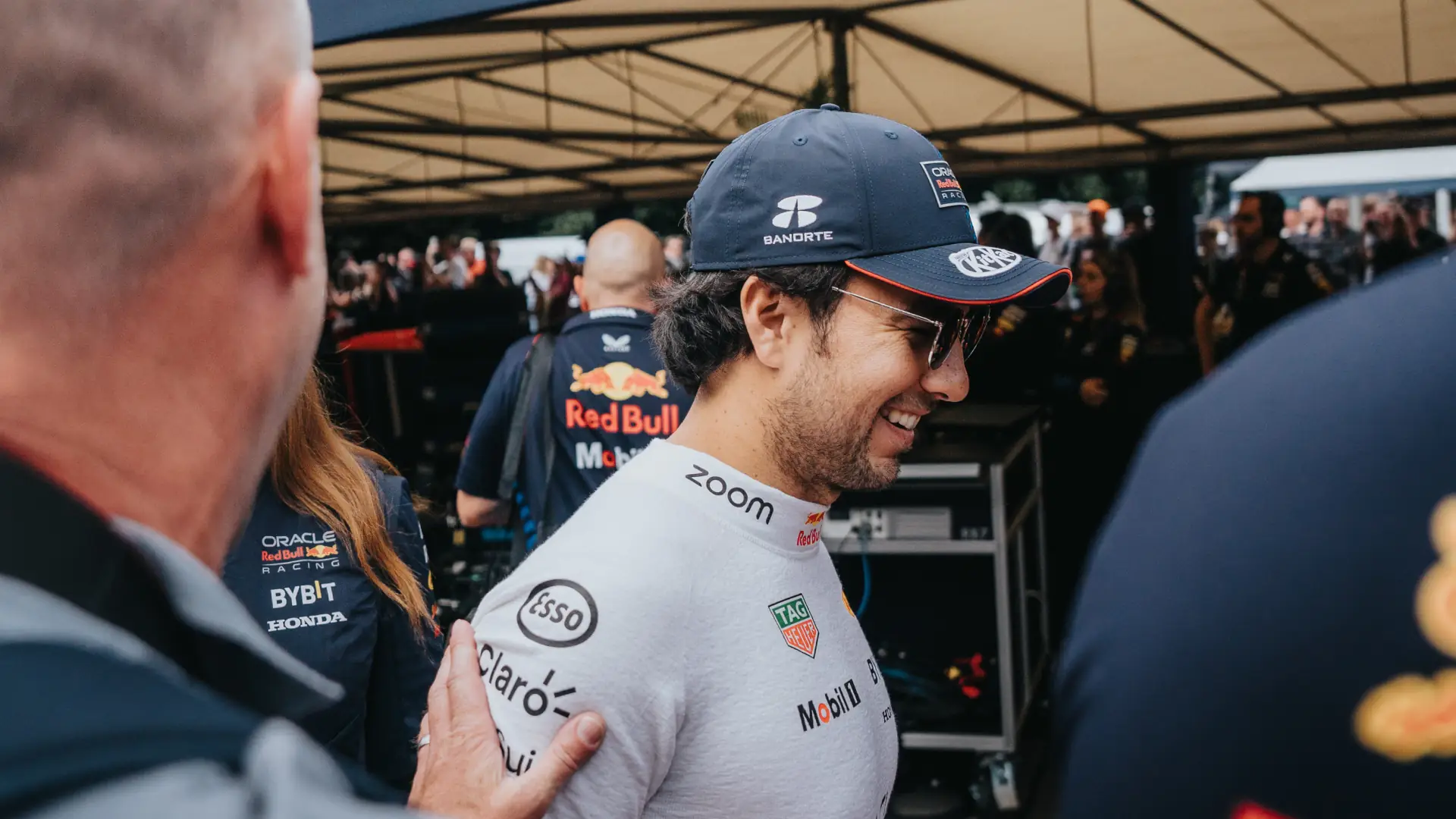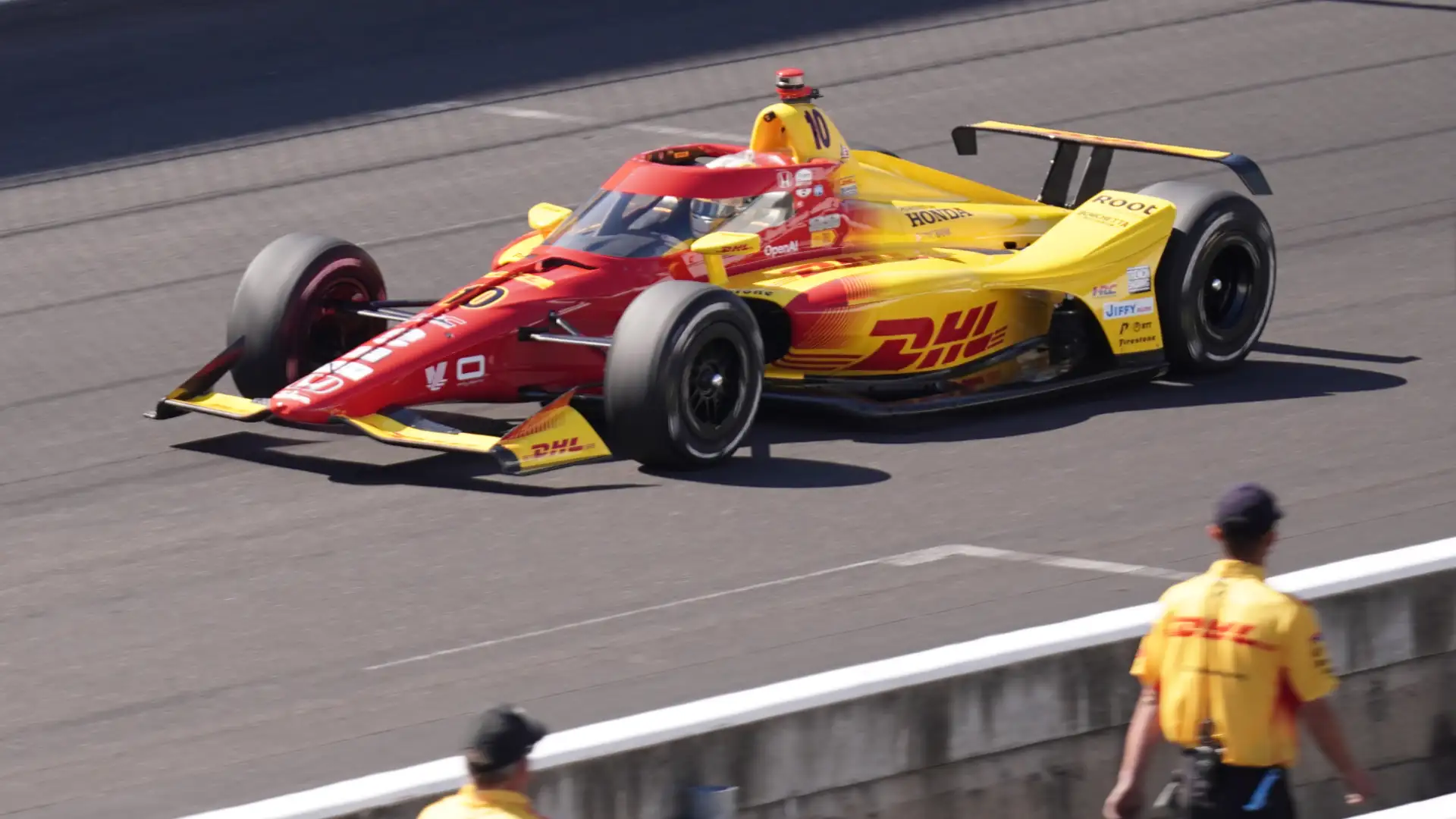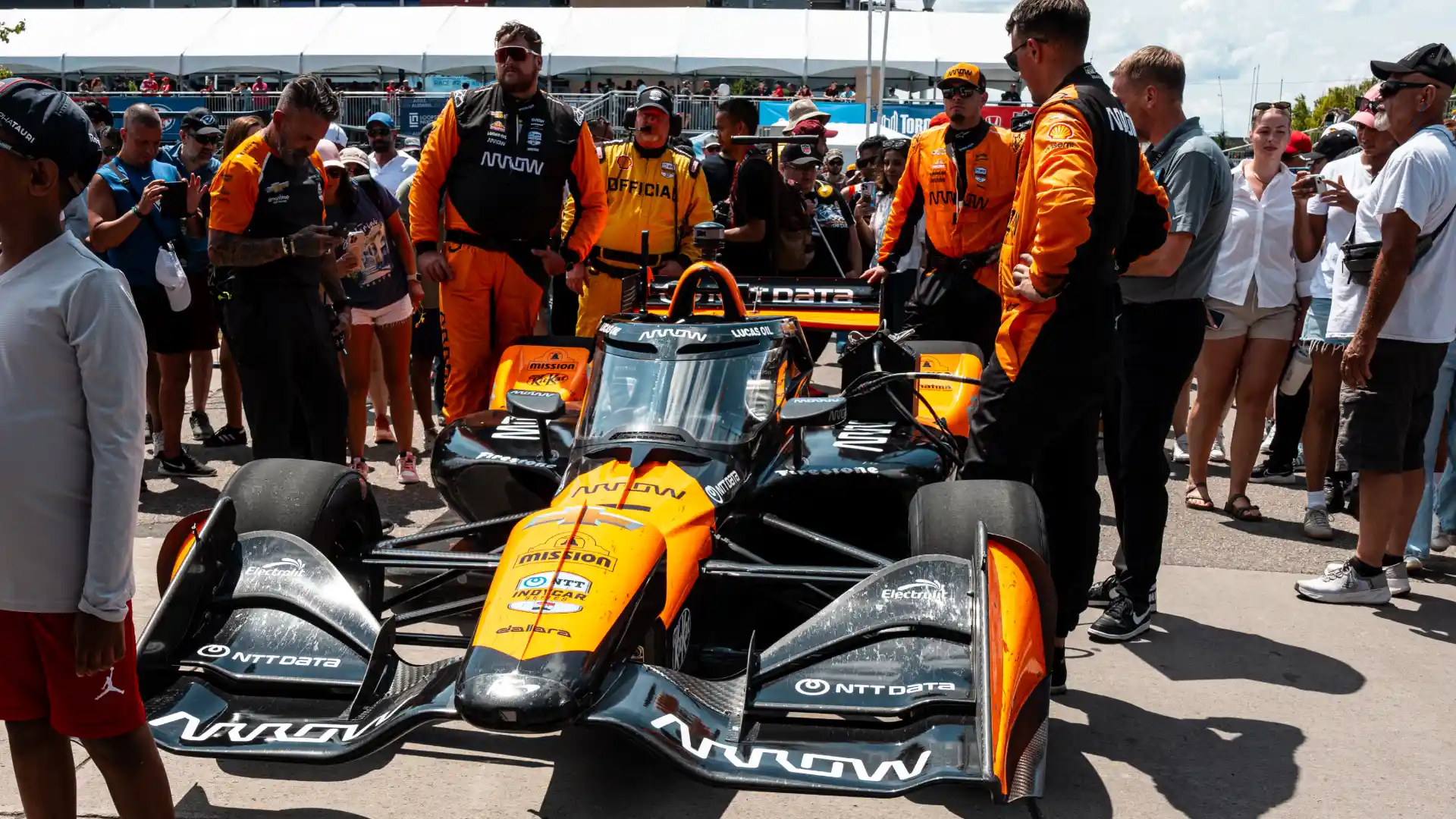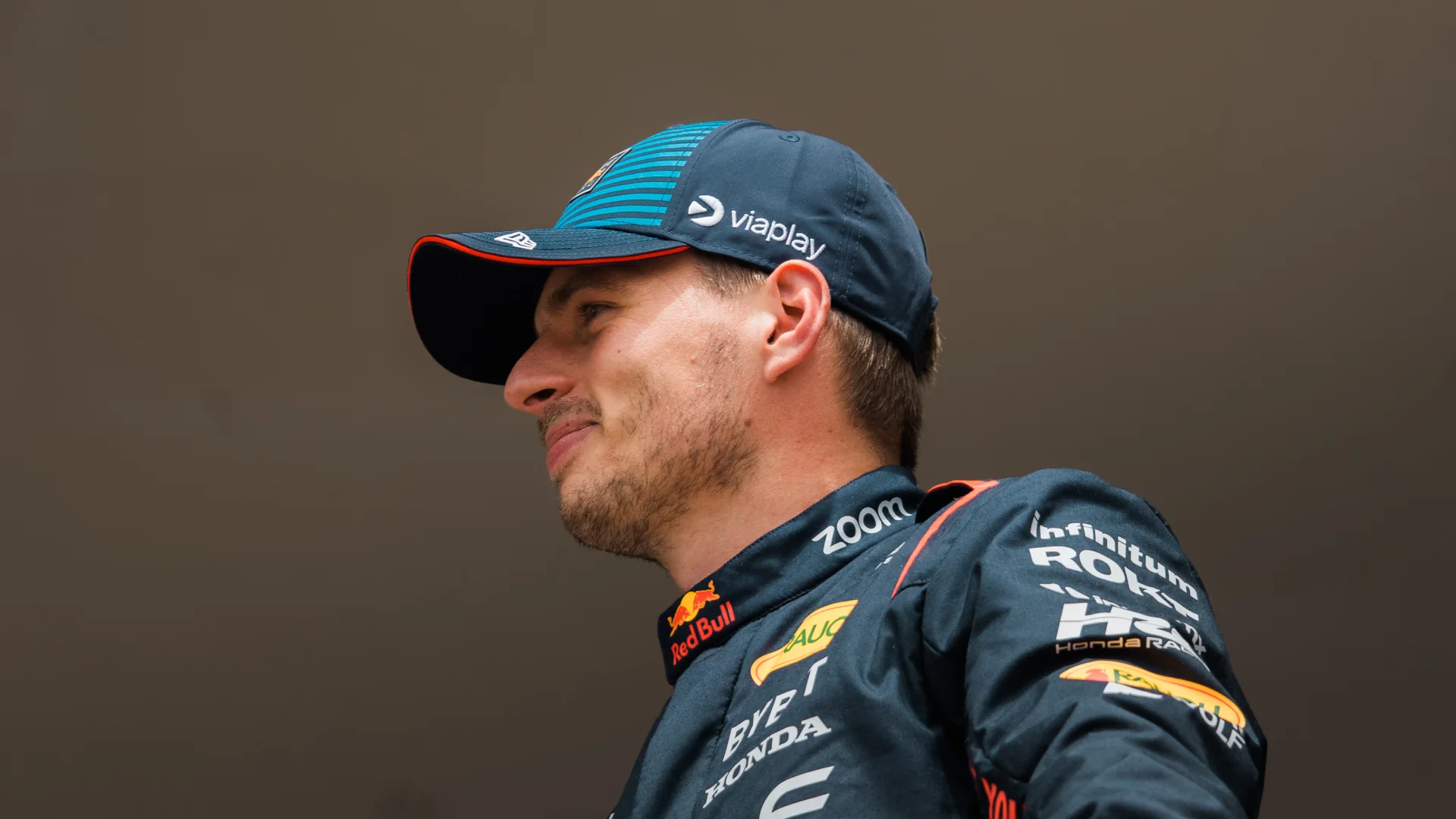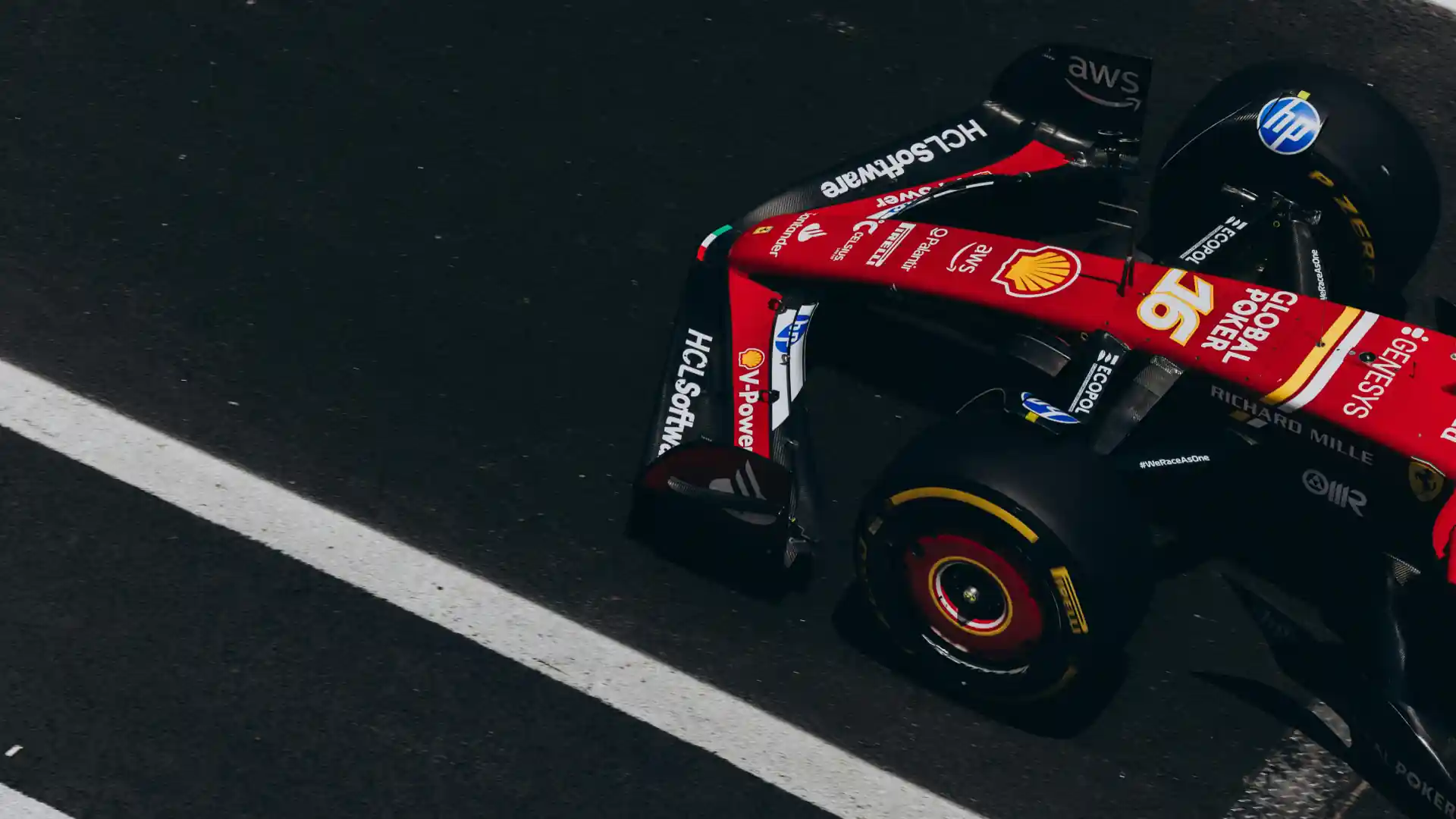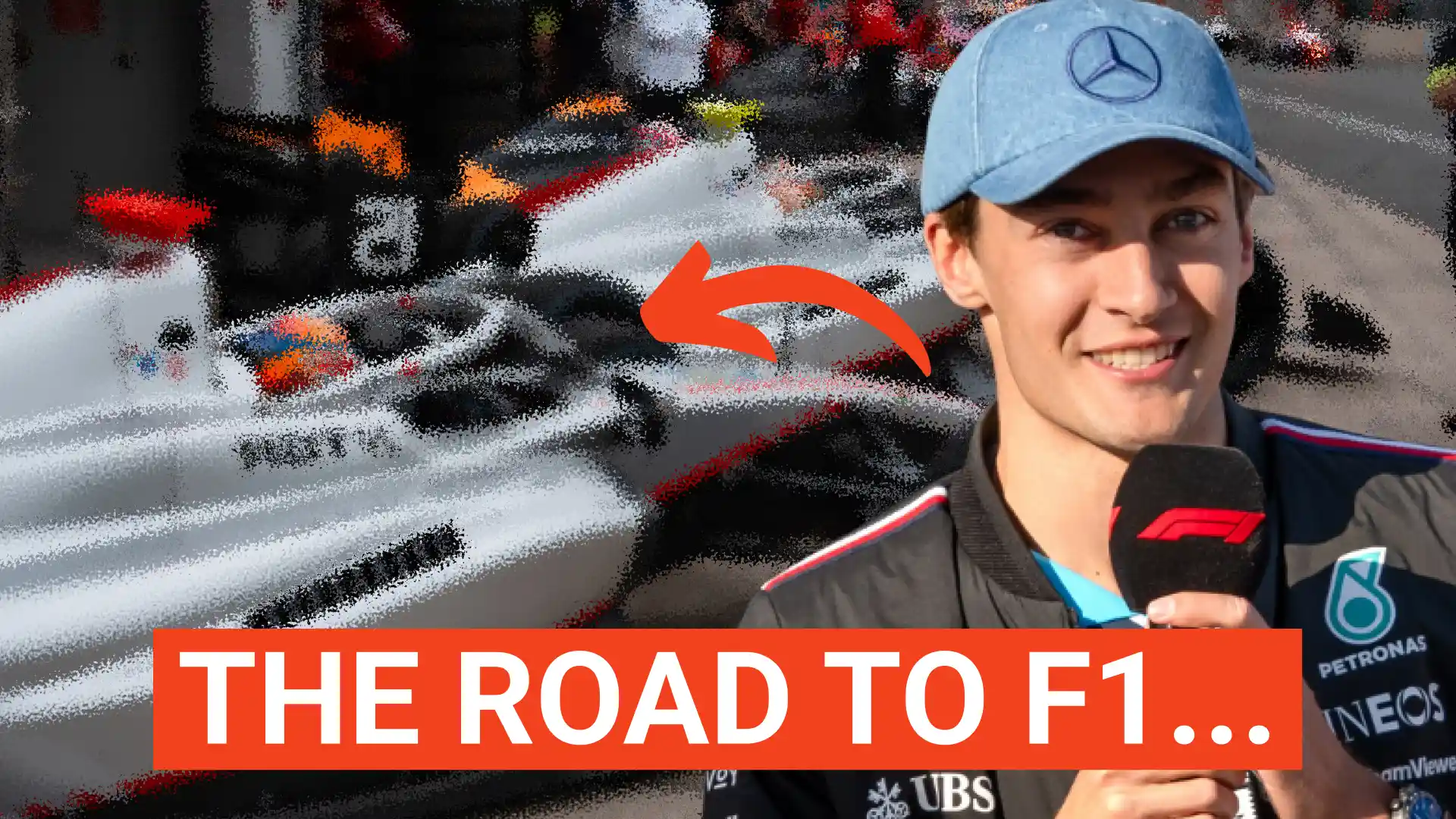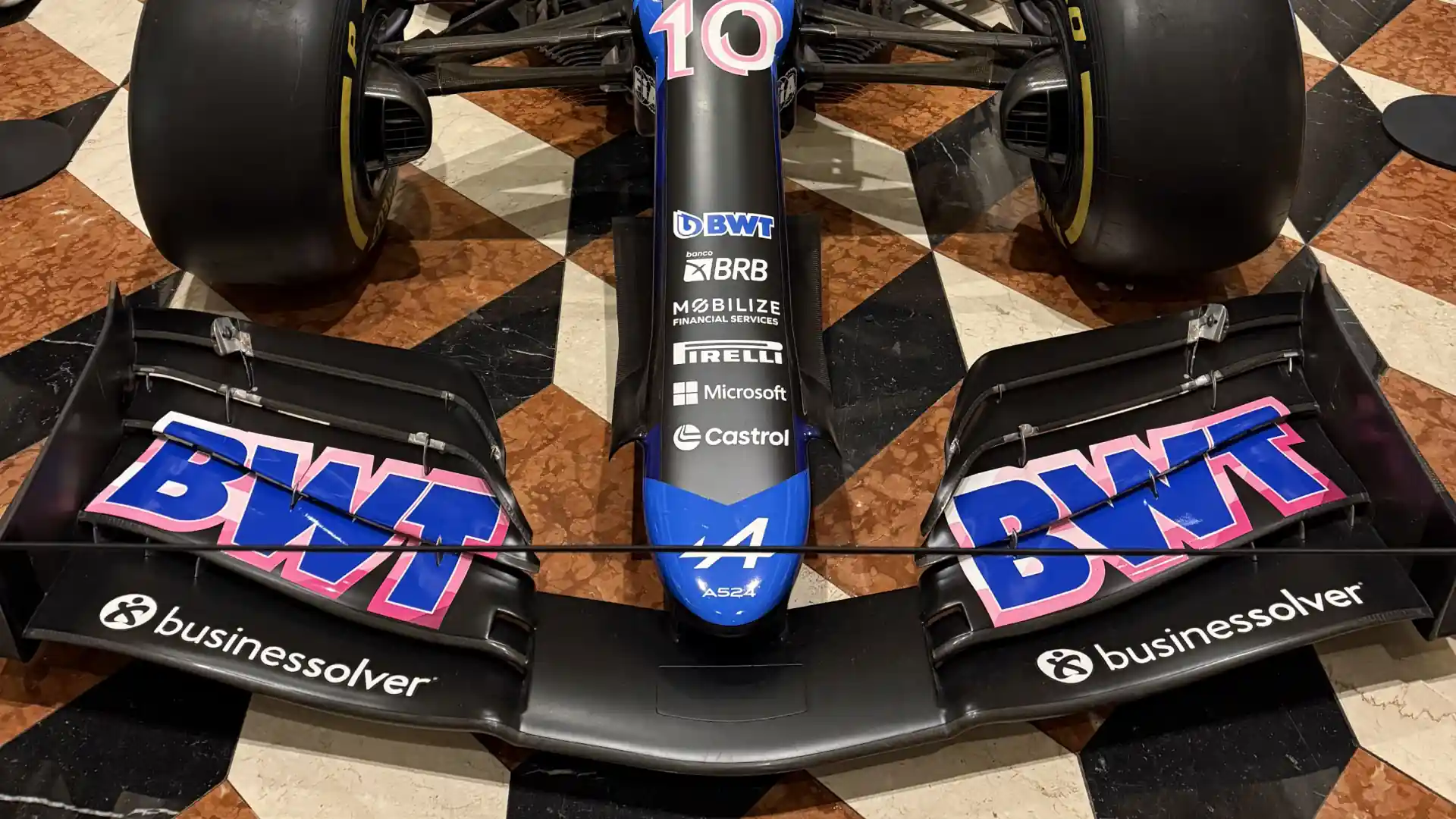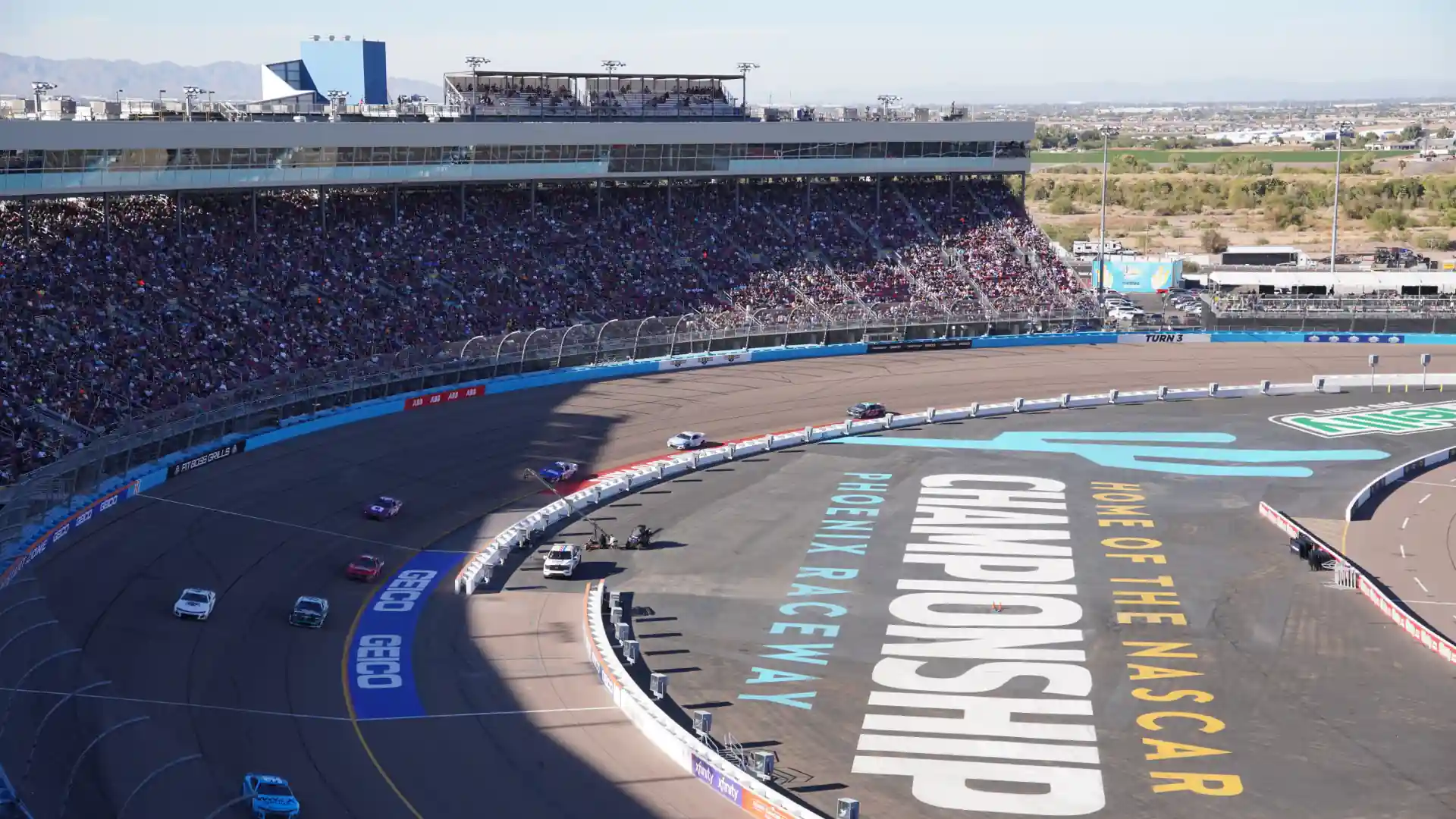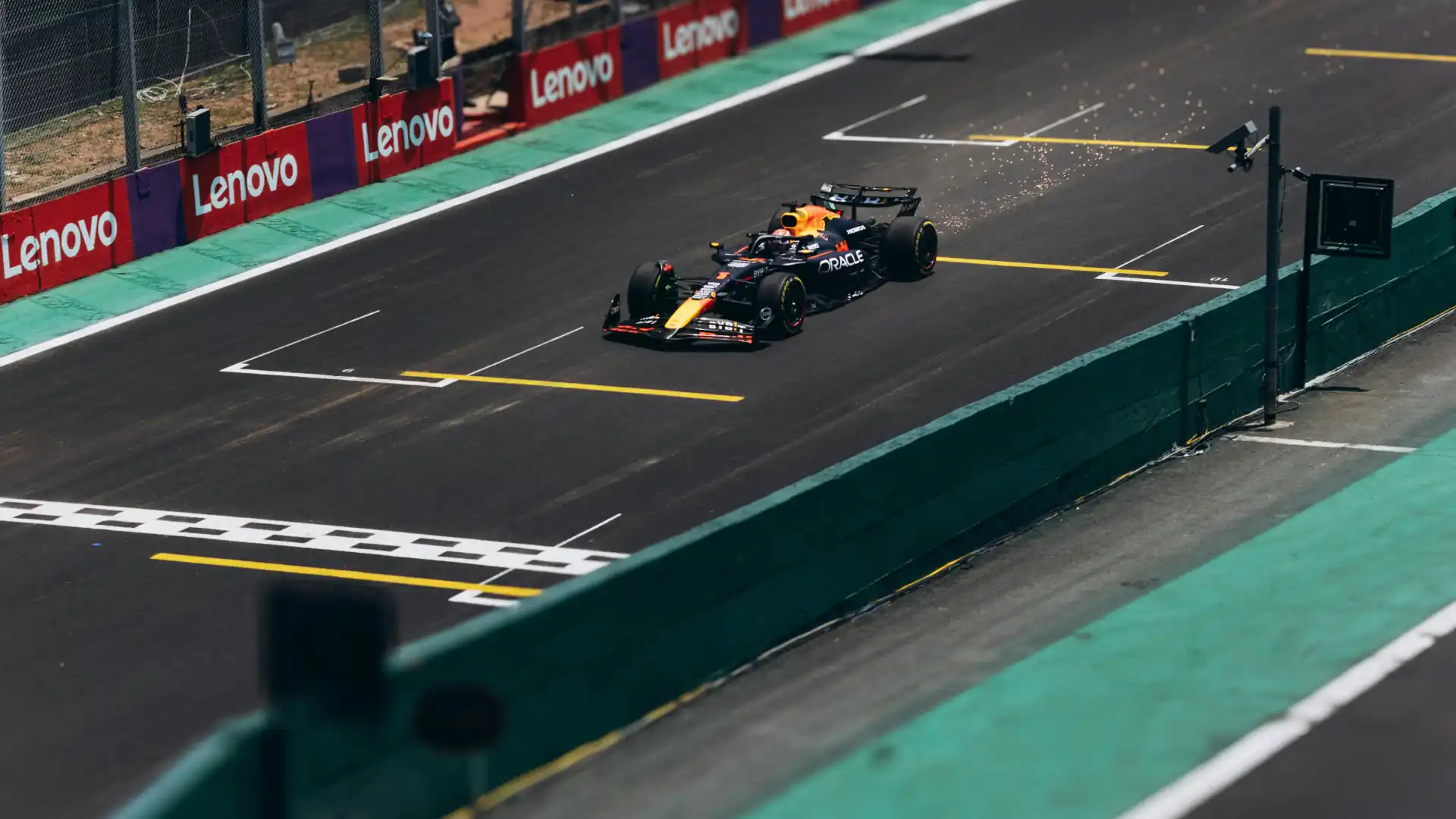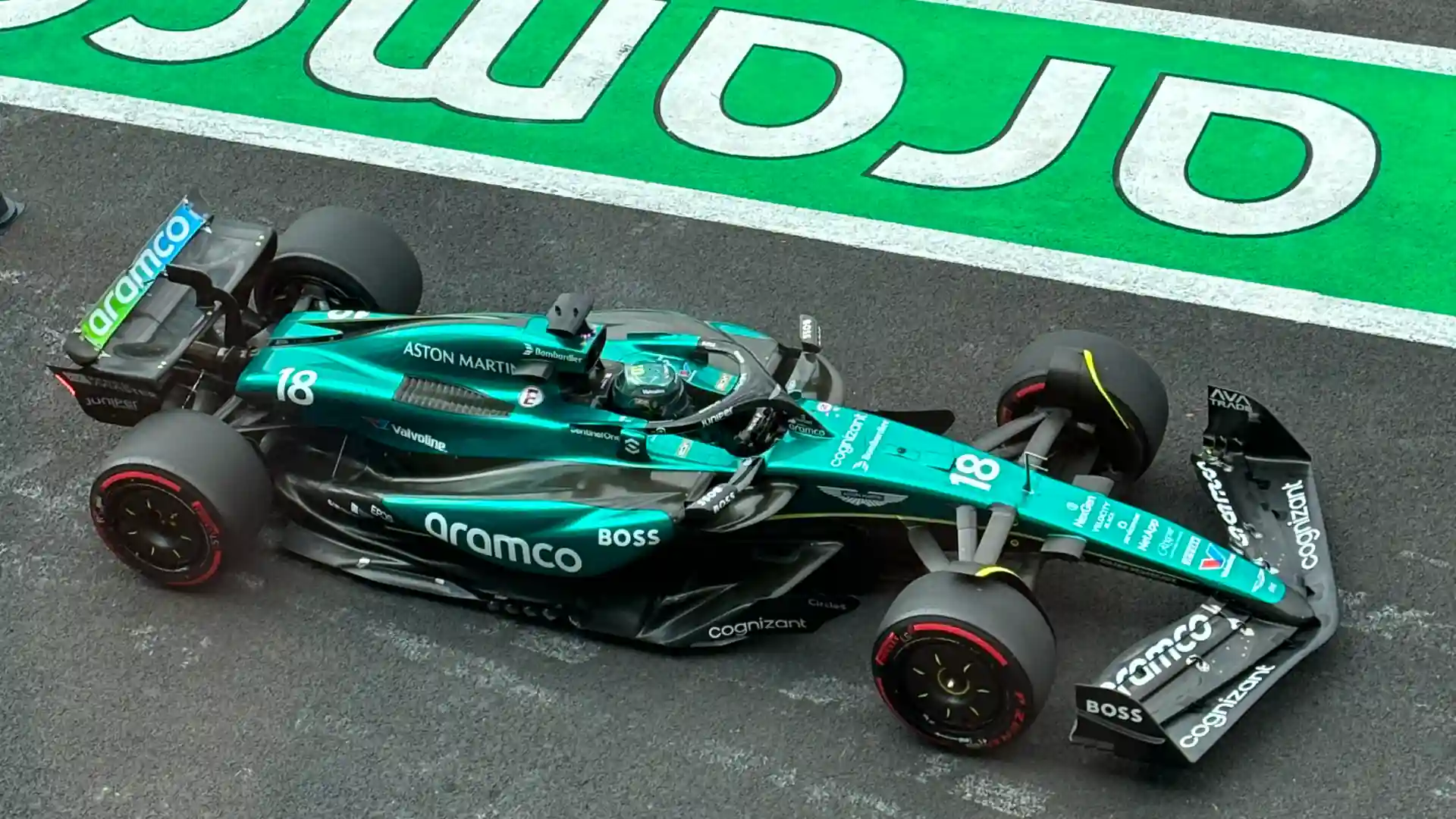How does one venue accommodate 350,000 fans to host the Indy 500, the 'Greatest Spectacle in Racing'?
Ever wonder HOW the 'The Greatest Spectacle in Racing' comes to life? Beyond the drivers and cars, there's an army of people that ensure the Indy 500 continues its legendary run, attracting over 350,000 fans in what is now the 109th iteration.
Join us for an insider perspective as we go behind the scenes at the Indianapolis Motor Speedway, pulling back the curtain to really understand what it takes to host the largest single-day sporting event in the world.
This is IndyCar. This is the Month of May. This is the Indianapolis 500.
We launched FanAmp Insider to take YOU behind-the-scenes with the people that bring the racing world to life!
Our team constantly travels to races, and every time we return with incredible stories of people - drivers, mechanics, marshals, and so many more - all achieving amazing things. These accomplishments so often go unsung, and so we decided to document and spotlight them. In a world obsessed with technology and fame, our mission is to refocus the narrative on stories about the human spirit and ingenuity. These raw emotions and insights fuel not just the racing but the day-to-day lives of those watching. We believe these incredible stories will empower and energize you.
Enjoy! - Greg
Introduction [0:00]
Logan: Wait, I kind of thought it was supposed to be busy.
Greg: What do mean? It will be busy.
Logan: I've never been here before, so I guess I'm just eager.
Greg: Wait until 6 a.m. and then this place is gonna be packed.
Logan: Pardon?
Greg: This place is gonna be packed.
Logan: I can't hear you.
Greg: This place is gonna be packed.
Logan: Welcome to the Indy 500!
Welcome to the Indianapolis Motor Speedway [0:35]
Greg: Few places on earth hum with this kind of energy, this kind of history, this kind of raw, undeniable passion.
Logan: And even fewer managed to bring together nearly half a million people for a single event. Just look at this place. It's mind-boggling.
Greg: We're at the Indianapolis Motor Speedway, home to 'The Greatest Spectacle in Racing', the Indy 500. But it's more than just a race. It's a phenomenon.
Logan: Every year, millions tune in and hundreds of thousands flock here in person. Not just from across the United States, but from across the entire world.
Fan 1: We have come a long way and we are loving our time here. This is just the best party on earth!
Greg: The drivers are incredible, the cars are works of art, and the speed is unreal. But behind all that excitement and all that tradition, there's a question that kept popping into our heads.
Logan: Oh for sure. How does this even happen? How do you logistically run the largest single-day sporting event in the entire world? We're talking about feeding, moving, and entertaining a temporary city that springs up for one incredible day.
Greg: It's not just about the race on the track, it's about orchestrating an entire universe around it. The scale is monumental, from parking cars to keeping everyone safe, to getting those 33 cars from the starting line to the milk. It's an unbelievable feat.
Logan: We wanted to pull back the curtain. We spent the race weekend soaking in the experiences, atmosphere, and understanding the roles of the people who make this event come to life. From the folks orchestrating this entire event, to the team owners, to the loyal fans who return year after year. All to understand how the Indy 500 is actually run.
Michael Kaltenmark: It's a lot to manage, there's also nothing else like it on Earth, so we take a lot of pride in doing that.
Greg: Our first stop, speaking with Michael Kaltenmark, Senior Director of Marketing at the Indianapolis Motor Speedway.
Who is Michael Kaltenmark? [2:37]
Greg: Coming into IMS for the first time, going through the tunnel, and coming up the other side, the feeling is indescribable. It's just so different from any track I've ever been to. So we want to sit with you to unpack, like, what does it take to bring this to life?
Michael: My role specifically is to lead the marketing efforts for the Indianapolis Motor Speedway and so globally that means I'm responsible for the brand and how that's positioned and perceived by our audiences. But then more tactically speaking, I've got to get butts in seats. I'm the one responsible for marketing this event to, you know, to the masses and hopefully 350,000 people buy tickets and join us.
And we go out and we build a plan and we try to get people excited about the month of May and specifically the Indianapolis 500 and excited enough to hopefully buy a ticket and come join us. And it's certainly gratifying this year to be able to say that we sold out all the grandstands for the second time ever.
Greg: It's a lot of tickets.
Michael: It's a lot of tickets.
Wait... IMS is how big? [3:30]
Logan: When we say that Indy 500 is the largest single-day sporting event in the world, we mean it. And at its core is the incredible, sprawling canvas upon which this entire spectacle is painted.
Greg: It's hard to truly grasp the size of IMS until you're here. We're talking about over 550 acres.
Logan: To put that in perspective, the entire Vatican City could fit inside the oval, with room to spare! You could fit Yankee Stadium, the Rose Bowl, and even Churchill Downs, and more, all within the grounds.
Greg: On race day, IMS holds as many people as the ENTIRE population of New Orleans, the 54th largest city in America!
Michael: The scope and scale of this place, by numbers alone, is about 600 acres. But then you factor in all of the surrounding property that we own and maintain for camping and parking. It swells to about 1,000 acres that we own and maintain. And on race day, almost every bit of those 1,000 acres are going to be occupied with something or someone.
We have a lot of law enforcement agencies that help us. And so again, we like to think we've got it down. But inevitably, there's always a wrench that gets thrown into the plans. And you always have to deal with changing circumstances but typically for the most part it's nothing we haven't experienced before and we get through it.
The 12,500 people behind the scenes [4:47]
Greg: The immense size of the Indianapolis Motor Speedway and the sheer number of fans are hard to ignore. But to truly understand this massive undertaking, you have to meet the people behind the scenes.
Logan: It's a beautifully orchestrated effort. Beyond the drivers and pit crews, an army of dedicated individuals ensures everything runs all weekend long.
Greg: From directing traffic and guiding spectators to ensuring safety and managing flow, it takes extraordinary coordination and commitment, both of which come from the staff and volunteers who are the backbone of the fan experience.
Bill Kirby: This is just my third year, so I- by standards here, I'm still a rookie.
Logan: Are you a race fan? that how you got into it?
Bill: Well, sort of, but I came to Indianapolis in '88. And I've been to lots of 500s, several Brickyards, motorcycle races, the Formula 1. And I've been a fan of the track as much as anything. I'm always amazed when you can have something, you get 300,000 people in the door in the morning and get them all out in the evening and they've done it perfectly. So I just decided I wanted to see how it's done, and see who does it. And it's amazing. It's like a church to some people.
Michael: In all the build up, Penske Entertainment- and that includes the Indianapolis Motor Speedway, the NTT IndyCar Series, and then a production group, IMS Productions. All told, that's between 200 and 250 people. So those are the folks working day in and day out year round to get ready for something like this. But then when you bring 350,000 people to the venue for a single-day sporting event, obviously you're going to need more than 250 people.
This year we estimate we'll have 12,500 people who are on the grounds, not as fans, but here to support the race. You you think about TV, radio, medical, safety and security, weather, retail. It takes a small village of people just to be able to support the event. So if you're able to bring 12,500 people to the table to support, that ends up becoming about one person for every 28 fans that come through the gate.
And when you break it down that way, it helps us to live up to our brand promise, which is this is the racing capital of the world, and you're going to have an experience at this venue, this racetrack, that's unlike anything else in the world. It's meant to be world class.
Logan: Think about that. One person on duty for every 28 fans. An incredible ratio highlighting how vital people like Bill are to ensuring the race continues for 109 years and counting.
Never a dull moment at the Indy 500 [7:30]
Greg: You might attend the 500 for one specific event, but that event is different for everyone. It's a huge coordination effort involving hundreds of partners, vendors, and internal teams.
Michael: We're trying to have a little something here for everyone. You know, the place is so large. Folks coming in gates that are anywhere from a half mile to a mile apart. So you try to make sure that you activate and program in a way that no matter where they come in, it's going to be special. It's going to be magical.
Greg: It's a full month of magic, transforming IMS into vibrant festival grounds.
Logan: And for hundreds of thousands of fans, the race is just one part of their experience.
Caitlyn Brown: There's so many different things all throughout the month that, not only the Speedway puts on, but also the community, that just allows you to celebrate this great race. It really makes it so unique and kind of why everybody wants to be a part of the history here.
Fan 2: It is overwhelming the size of this place. You guys don't realize how good what you've got. It is so good.
Fan 3: This place is heaven basically.
Fan 4: They do such a good job, making it good for kids, too. It is so inspiring and it's so cool to be a part of and I don't know what it is about it but I can't wait for every year for it to come. It's like a family tradition.
Greg: How does it work from your perspective where- I mean, there's people who have been coming for 40, 50 years, or probably more, to these races. I think I I saw a guy with a "62 years" shirt where he changes [the number] every year. How much of this is people who are coming back year after year versus new fans that you have to find in market?
Michael: Well this is going to blow your mind. So every year after the race, and I mean when the checkered flag falls and renewals for the next year start right away. We call it the race to renew and we've designated the first 500 hours after the race for people to submit their renewals as well as any upgrade requests. This is our fans' opportunity to, sort of, secure their seat for the next year at the lowest possible price.
By the time those 500 hours are done, which equates to about two, two and a half weeks, we will have sold the place out to the tune of about 60-65%. This past year, by the time we were done with our race to renew period, the 500 hours, we would have sold out the Daytona 500. So, pretty remarkable.
Logan: How many times have you been to the Indy 500?
Fan 5: I've been coming to Indy 500 since I was a kid.
Fan 4: 5 times.
Fan 6: This is my tenth year.
Fan 7: This is our eleventh Indy 500.
Fan 8: 12 years.
Fan 9: 15 years maybe.
Fan 10: 26, 27 years. A lot.
Fan 11: Probably 30 years.
Fan 12: I have been coming since 2009
Fan 13: 34 years.
Fan 6: Best ten years of my life. It is my personality!
Greg: For so many, the Indy 500 transcends sports. It's something deeper. It's a pilgrimage. People refer to this race as a religious experience.
The rituals and traditions of the Indy 500 [10:17]
Logan: Every Memorial Day weekend, something shifts in Speedway, Indiana. From honoring service members to singing the national anthem with 350,000 strangers as jets fly overhead, these aren't one-off moments. They're rituals.
Will Buxton: As 'Back Home Indiana' was playing and then the national anthem, I'm not gonna lie to you, I got- the hairs on the back of my arm stood up and I got a bit emotional. There was one tear, so I'm going to be in pieces I think on Sunday when this actually happens for real. It is the most tremendous honor of my career that I get to call the Indy 500. But the gravity of the moment is not lost on me. I know how much this race means. Not just to this championship or to the people of Indiana, but to the people of America. It's huge responsibility and I just don't want to let people down.
Michael: There's a book that I read about the Indianapolis 500 and it quantified the pre-race experience in this way. It said:
The pre-race ceremonies and traditions at the Indianapolis Motor Speedway for the Indy 500 is a holy moment in American sport.
Frankly, I can't describe it any better than that. It's truly, and I mean, you've got 350,000 people completely silent for the playing of taps to singing along together for 'Back Home Again in Indiana', standing out of respect for the 'Star Spangled Banner.' I mean, I'm getting chills just talking about it. Like, all those moments are sort of climax moments throughout the morning. We feel like that's the secret sauce. When people, new faces especially, experience that, that's ultimately, whether they realize it or not, what keeps them coming back year after year.
Logan: You see it everywhere. Grandparents teaching grandchildren their favorite traditions, friends reuniting at the same tailgate spot they've had for decades. Countless fans told us they've been coming their entire lives, often because their parents brought them, and their parents before that.
Fan 14: The pre-race, all the traditions, the milk, everything that goes along with it. I think it's uniquely Indy 500 and it's everything we're all about.
Fan 3: I think the best part of the race is the flyover. You can't beat that feeling.
Fan 11: The tears come. Every single year.
Michael: Milk in Victory Lane and the Borg Warner Trophy and kissing the bricks. After 109 years of this thing, you build up a lot of traditions. Our fans, our core audience takes a lot of pride in those. They're like, "yes, that's my race. That's my city. That's what we do on Memorial Day weekend." But then it's also enticing enough for new eyes to be like, what is this? This looks amazing. I got to try it out. And so that's the balance we try to strike.
Logan: That legacy, the memories created here, the continuity of these traditions year after year, it's what makes the Indy 500 resonate so deeply.
Michael: My favorite tradition here, undoubtedly, is singing 'Back Home Again in Indiana'. I mean, it's like the world's largest sing-along. That song's special to me because I was born and raised in Indiana on the banks of the Wabash. And so when we sing that part, especially, like even talking to you now I'm getting a little misty. Like, I love that. And so usually I'm on the grid. And then I almost have to pinch myself that I'm standing on the grid at the start of the Indy 500. And we're singing the song. And that's a special moment for me. And again, to have 350,000 people singing it with you. Like it's pretty neat.
Race fans: the heart of IMS [13:32]
Greg: We've marveled at the size, celebrated the traditions, and felt the energy of the Indy 500. But what often goes unseen is the immense challenge of making it all work. Safely, flawlessly, and on time for over 350,000 fans.
Logan: Absolutely. Behind every cheering fan and every perfectly executed pit stop, there's an army of people solving problems in real time and working tirelessly around the clock.
Michael: We plan, we do our part. We try to put our best foot forward so that come May, we're ready to go and we're just executing at that point. But inevitably something gets missed or you come off the wrong way and so there's always things that percolate up that you have to fix.
So, as someone who manages a team, I'm constantly concerned about that. You know, keeping the people on the bus, and keeping them believing, and keeping them in high spirit. Where I challenge myself and my team come race weekend is two things:
1. Make this place small.
So go out of your way to greet our fans. If they have a question and they want to know where their seat is, you can tell them or you can just escort them all the way there. Make this place small for at least somebody, if maybe not a thousand people.
2. Take a moment to experience the joy.
We're busy, long hours, lots of things going on. But if you can, find your moment. For me, it's back home again in Indiana. For other people, it might be the flyover. Whatever it is, I try to encourage my team and all my people to take a moment and find some joy and sort of remind ourselves why we do what we do.
Greg: It's a year-round planning process for a marathon month and an all-out sprint come race day. But beneath all the logistics and complexity, how the largest single-day sporting event happens comes down to one integral ingredient.
Logan: And that's you, the fans, the hundreds of thousands of people who make the pilgrimage, year after year, rain or shine, for this truly unique event. Without unwavering dedication, the loyalty that spans generations, the willingness to brave the crowds and the elements, the Indianapolis 500 wouldn't be what it is.
Greg: It wouldn't be 'The Greatest Spectacle in Racing'. It would just be a race.
Want more exclusive Insiders?
Then you're in the right place! Head to our YouTube playlist for more, and be sure to subscribe to be the first to see new episodes. Or you can check out some of our recent episodes below:


